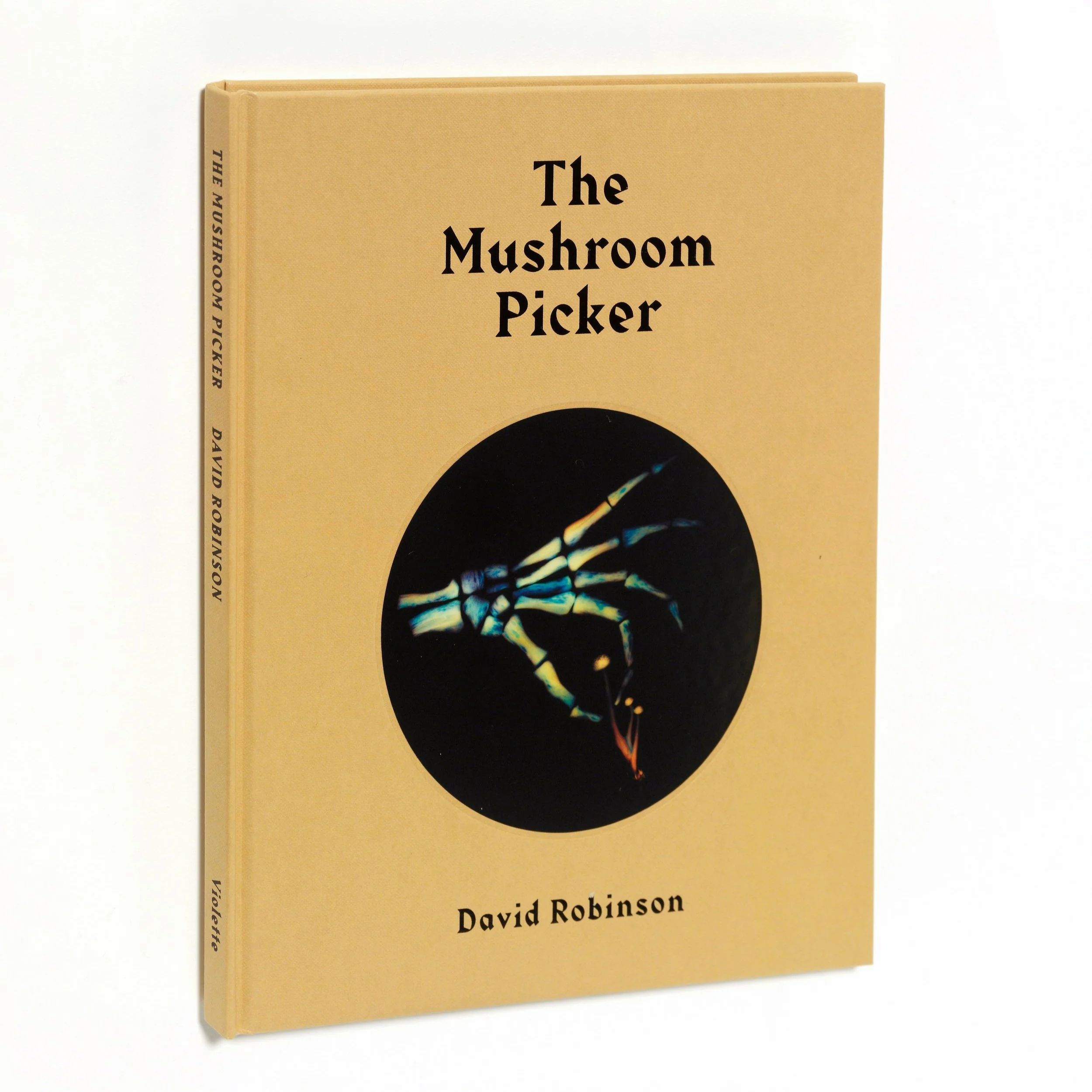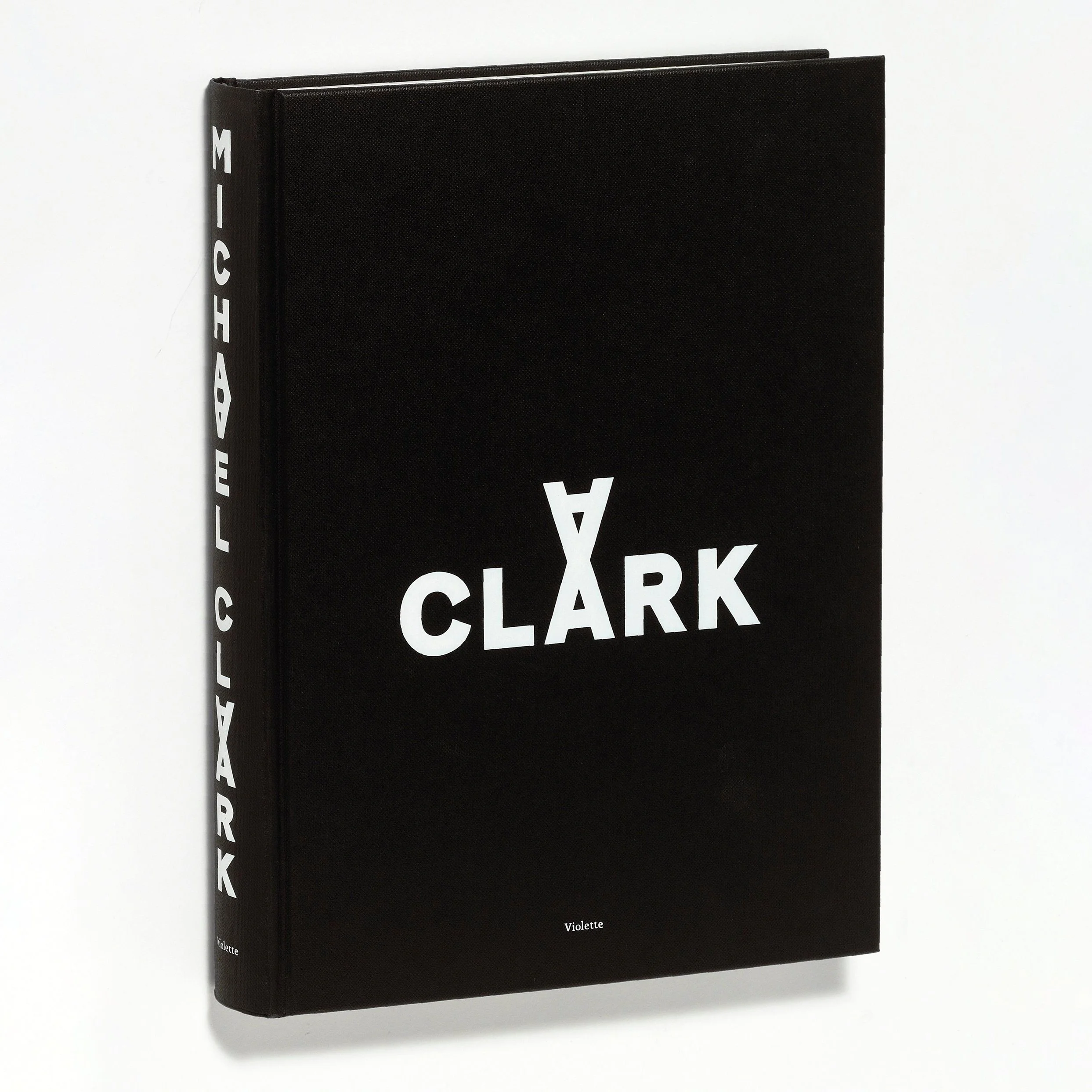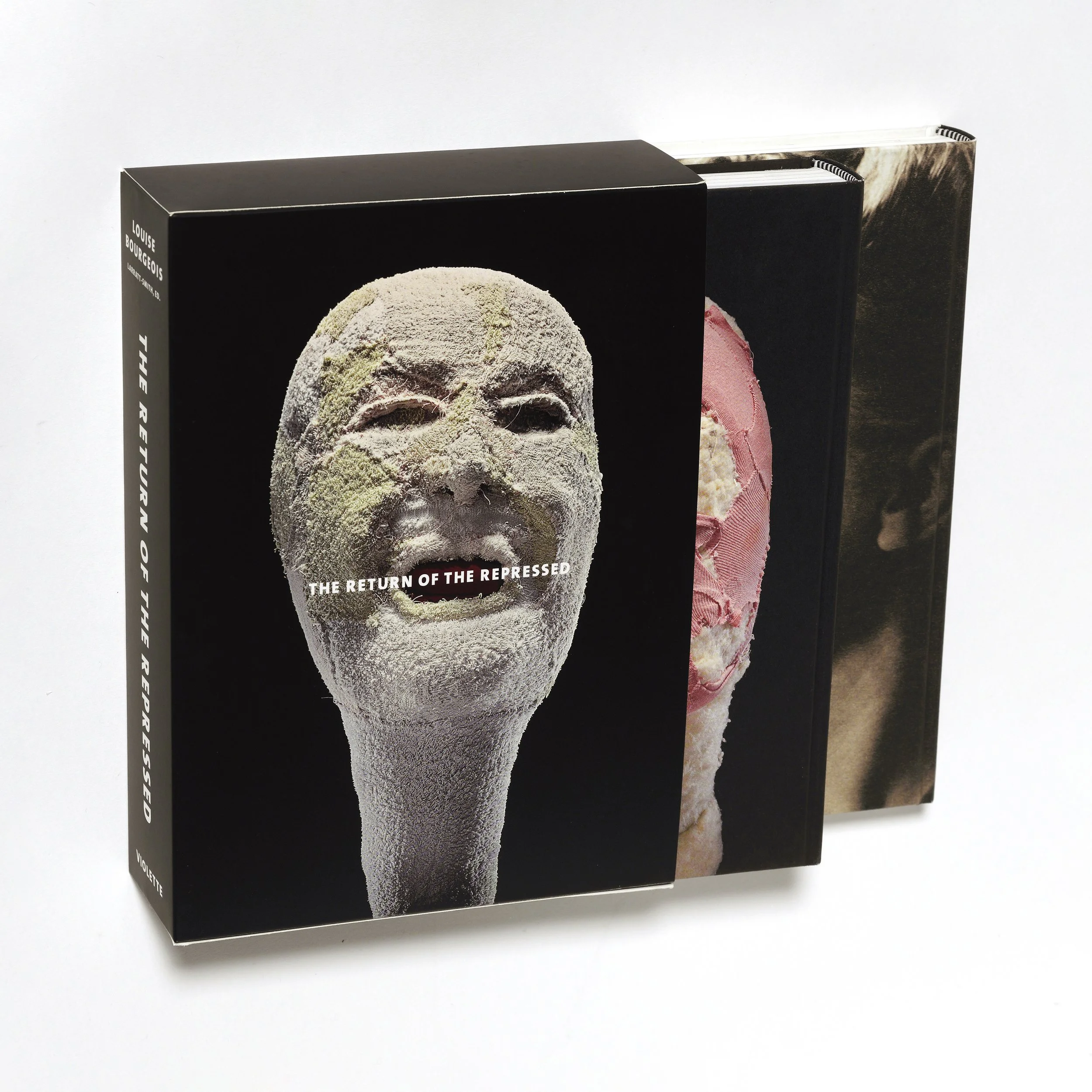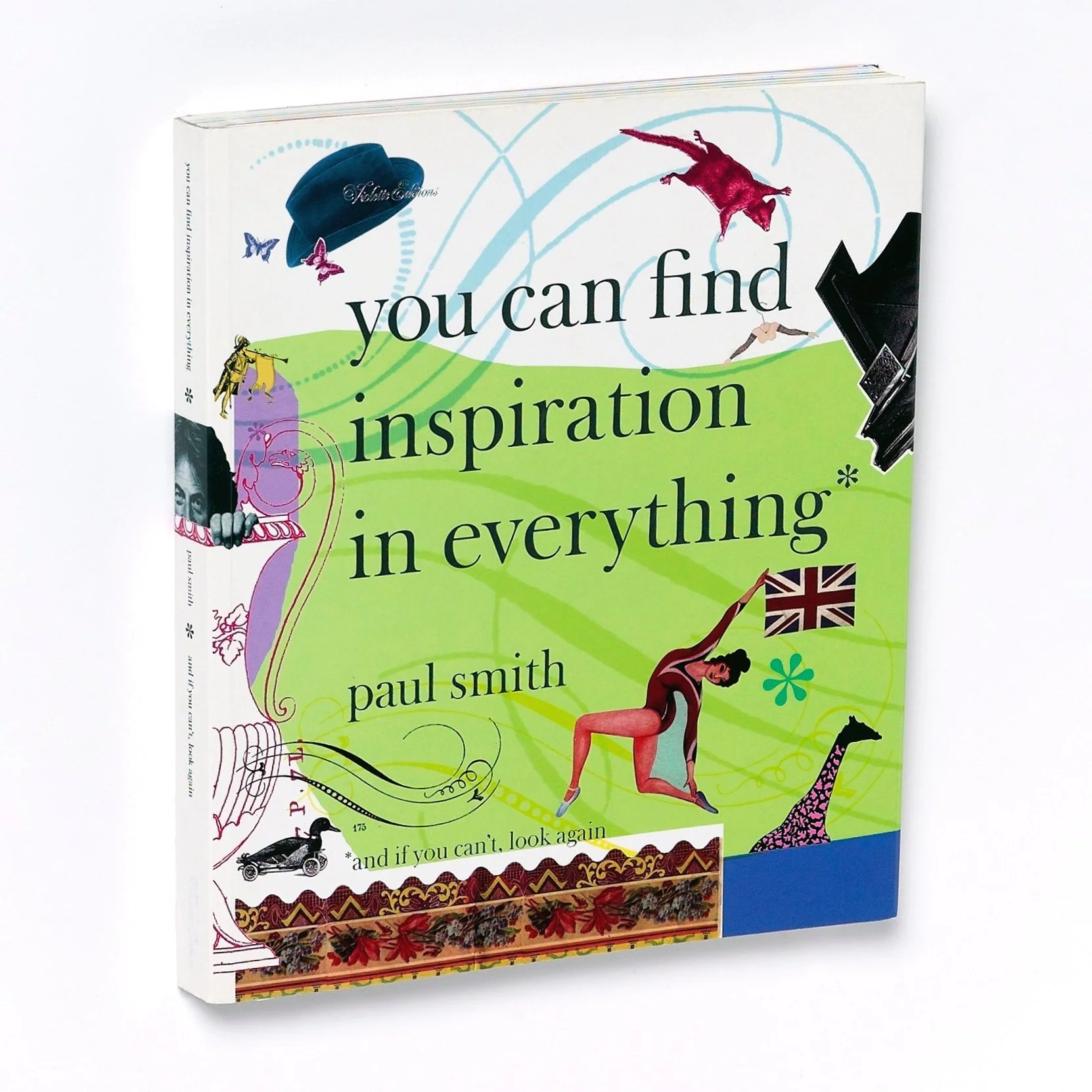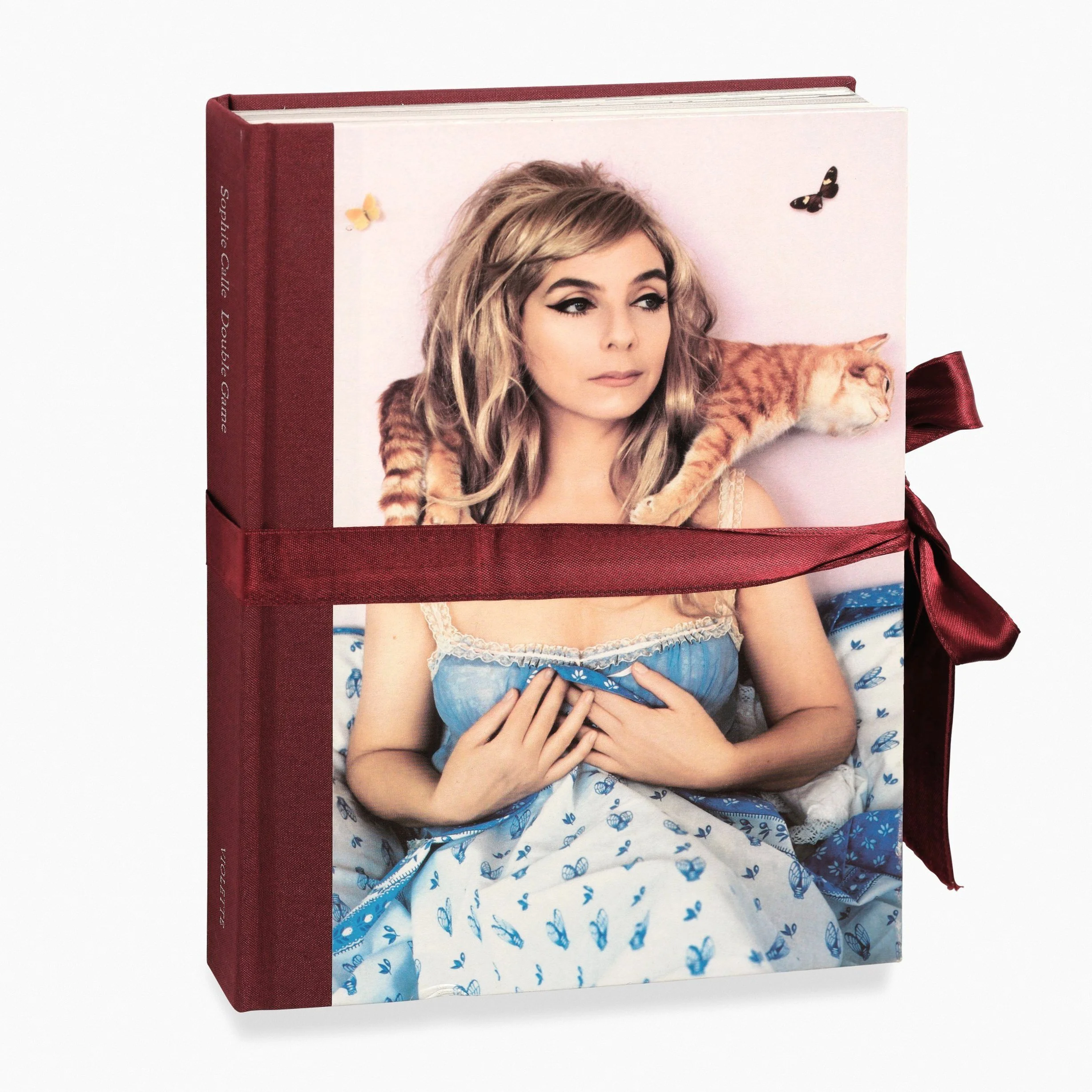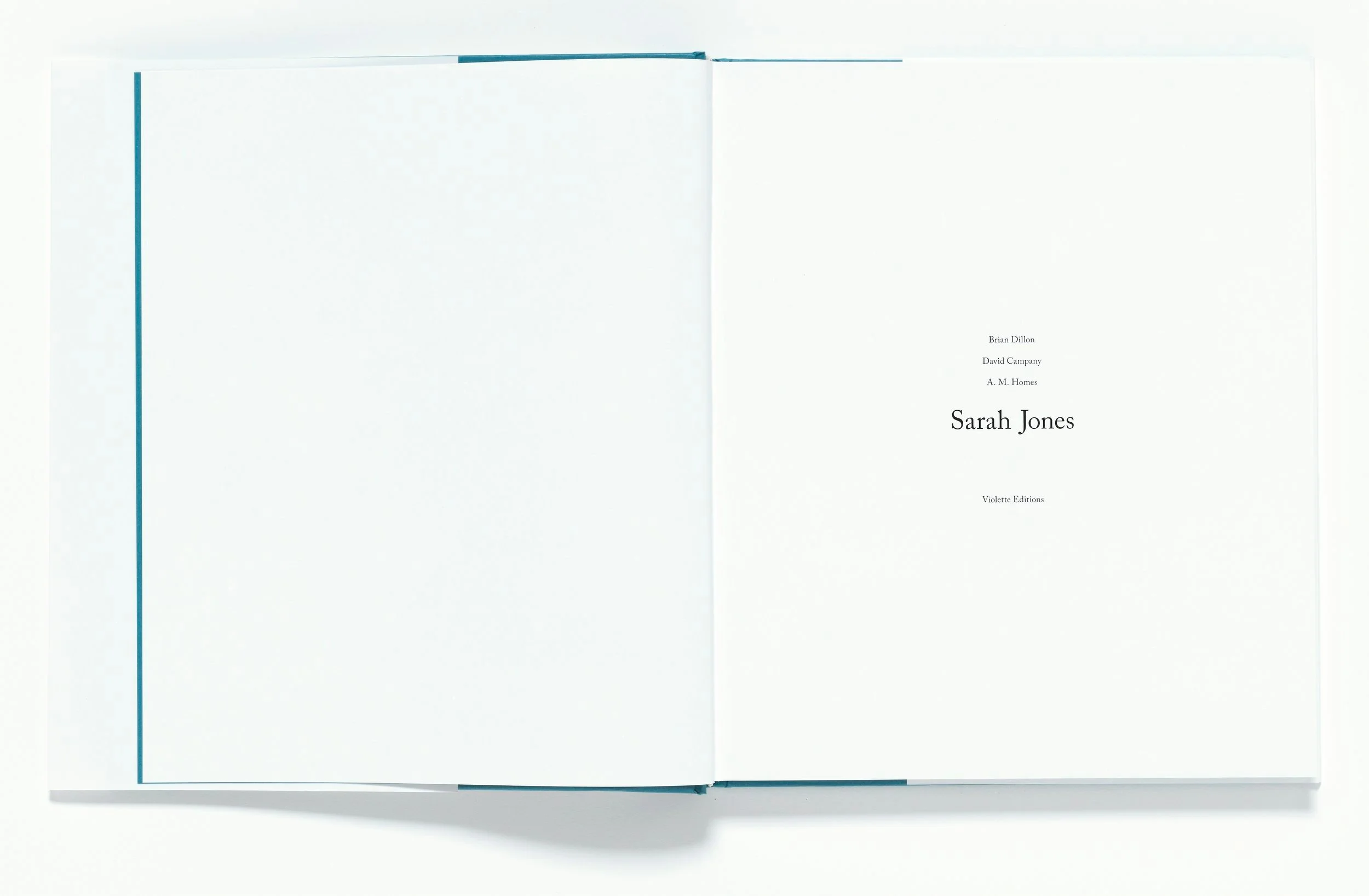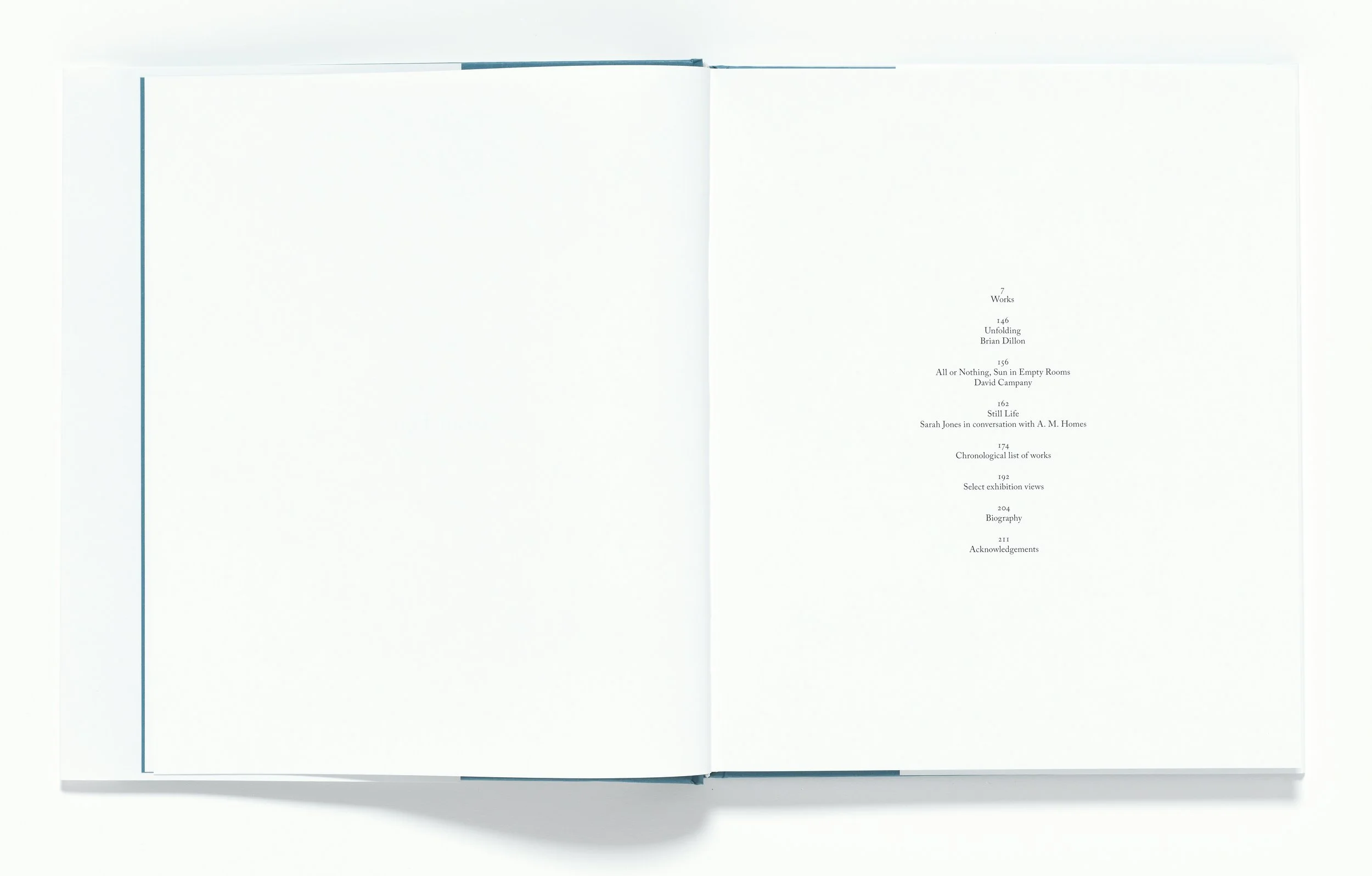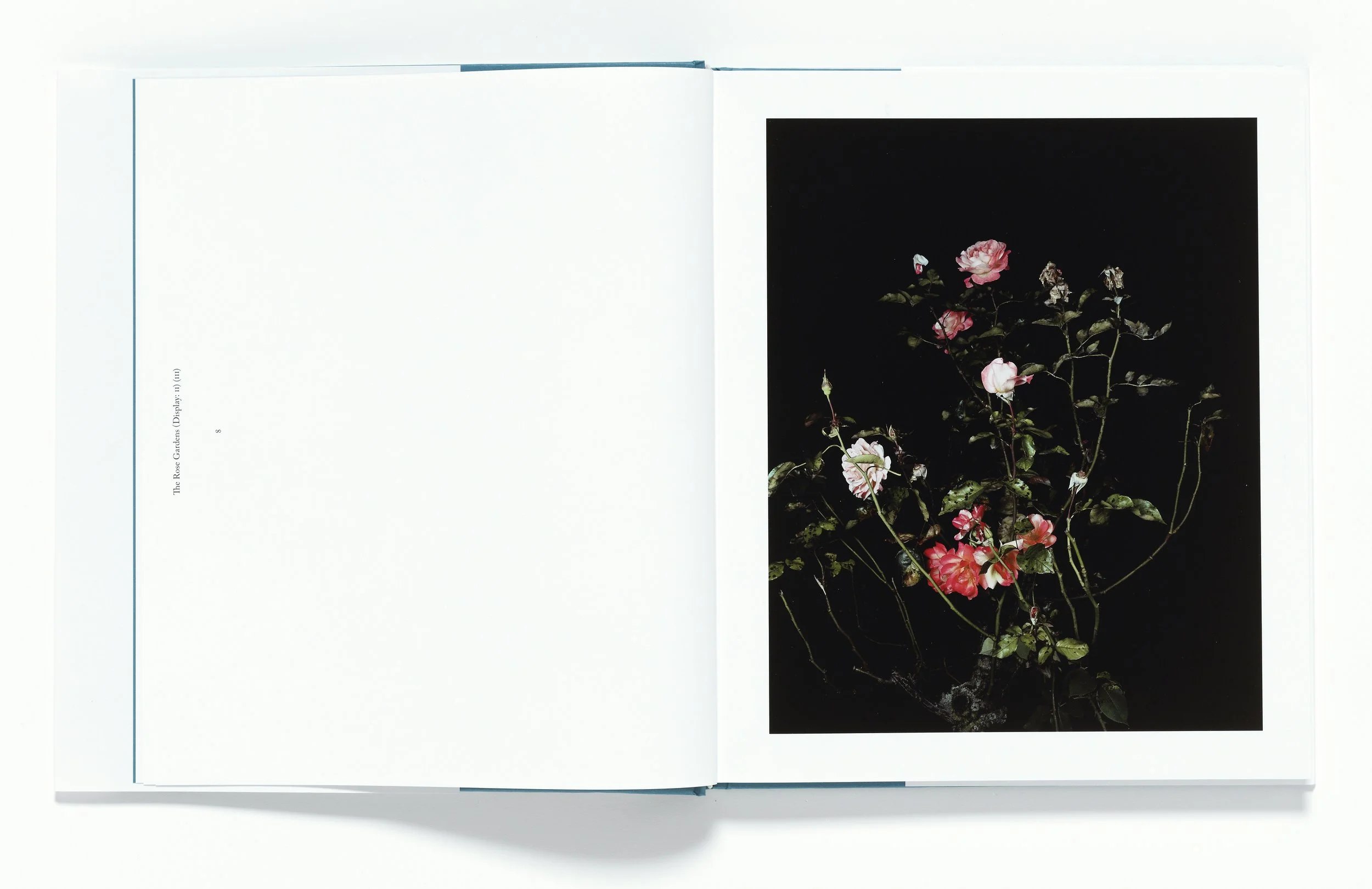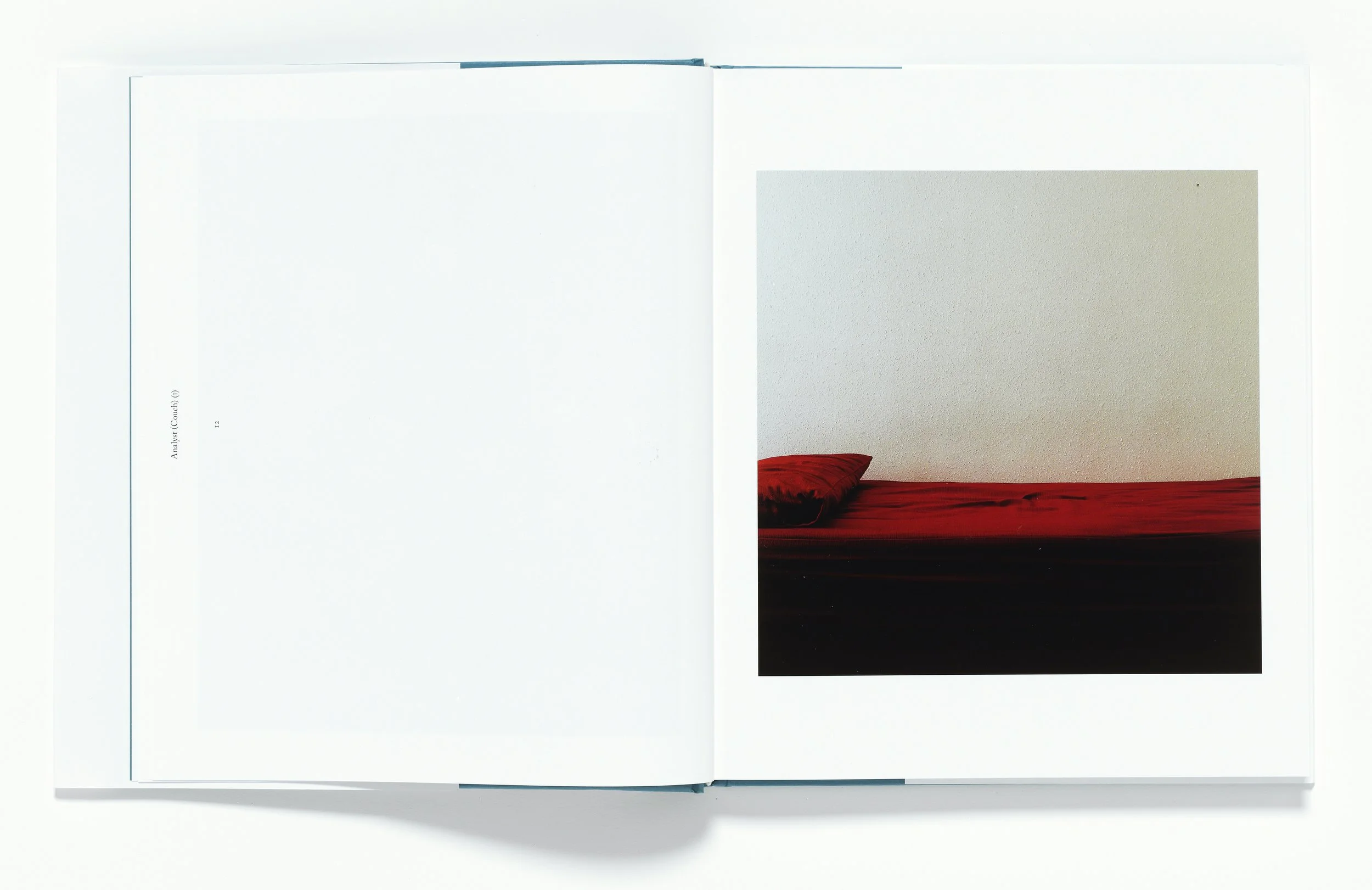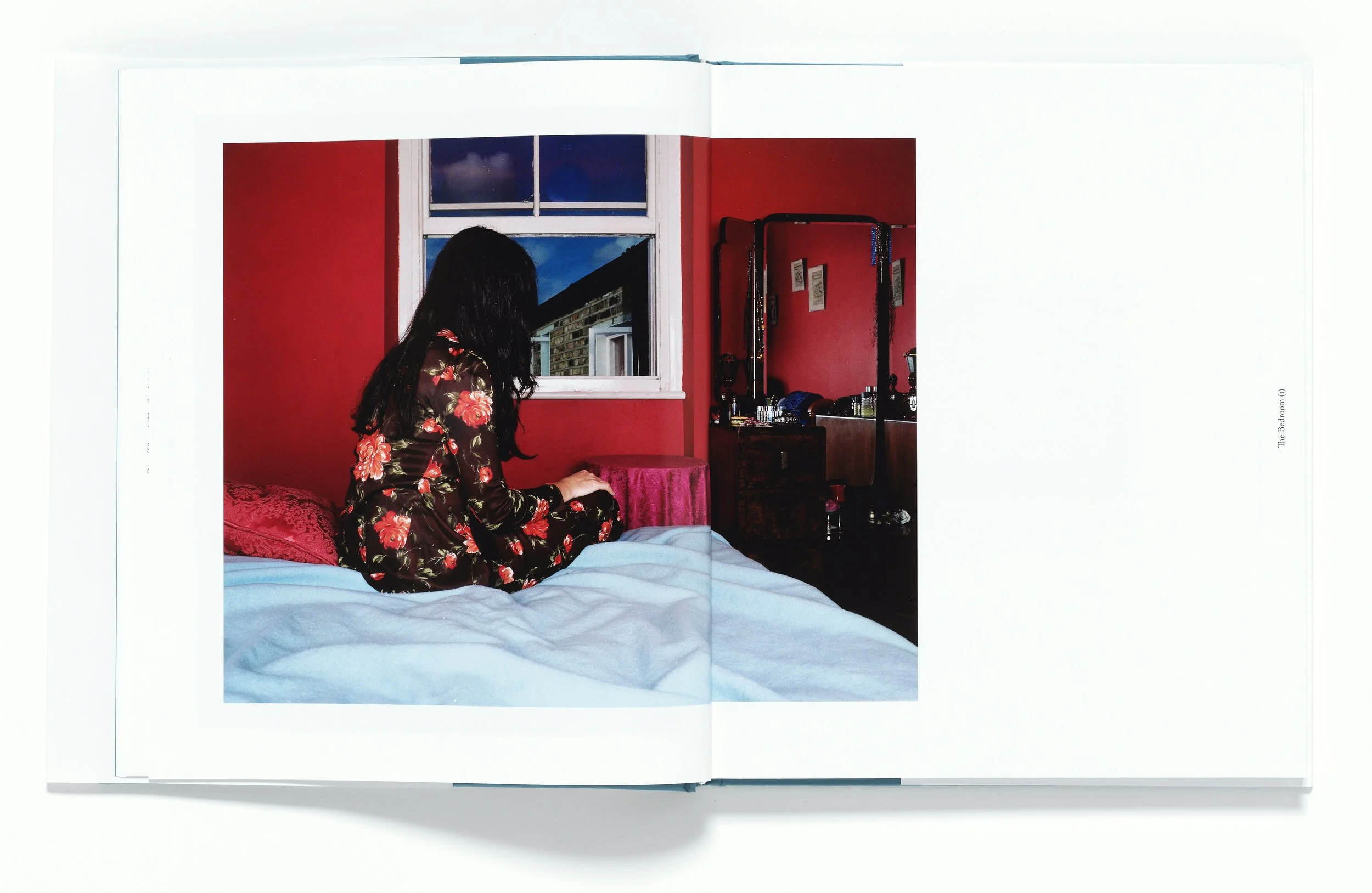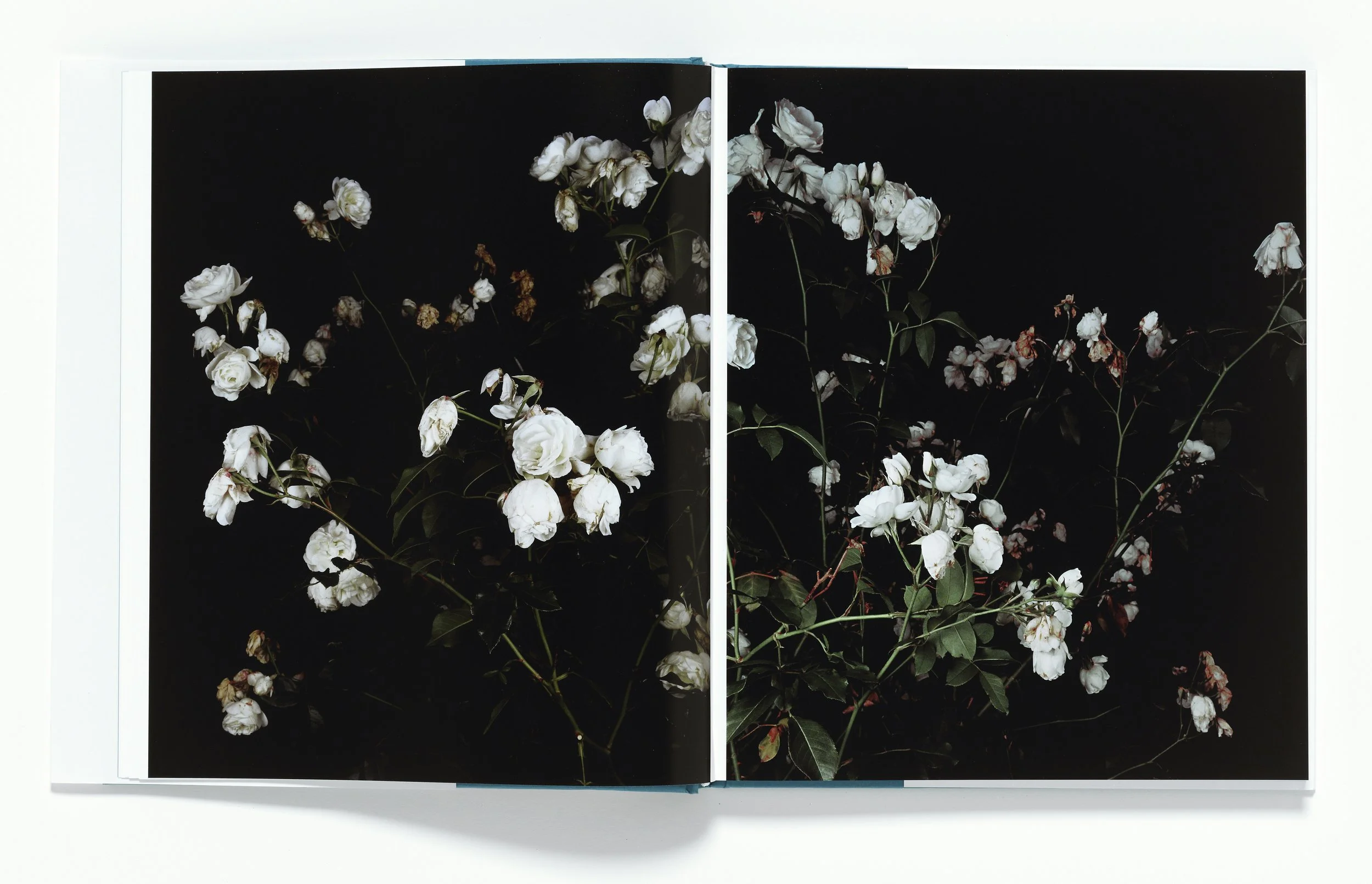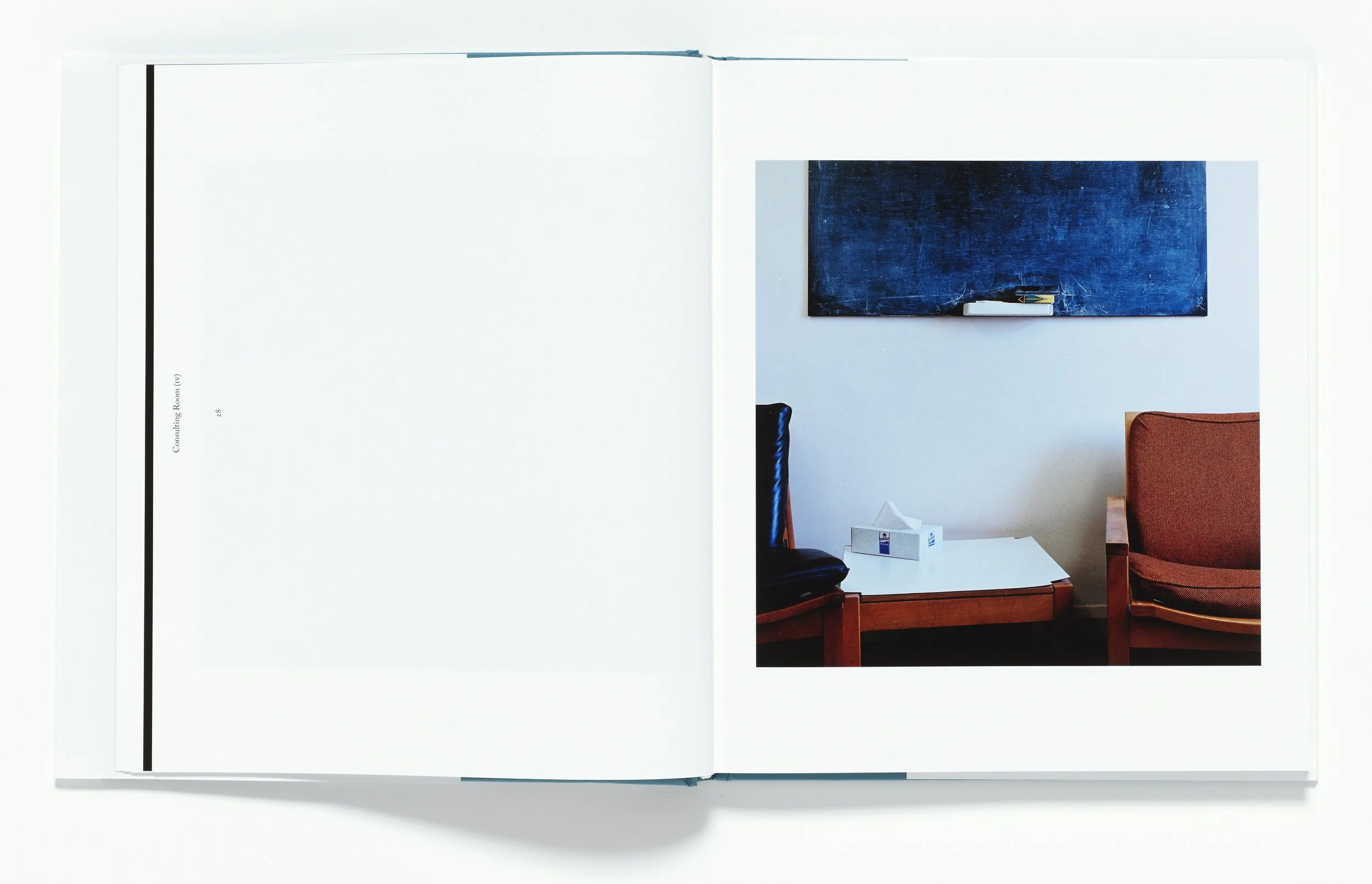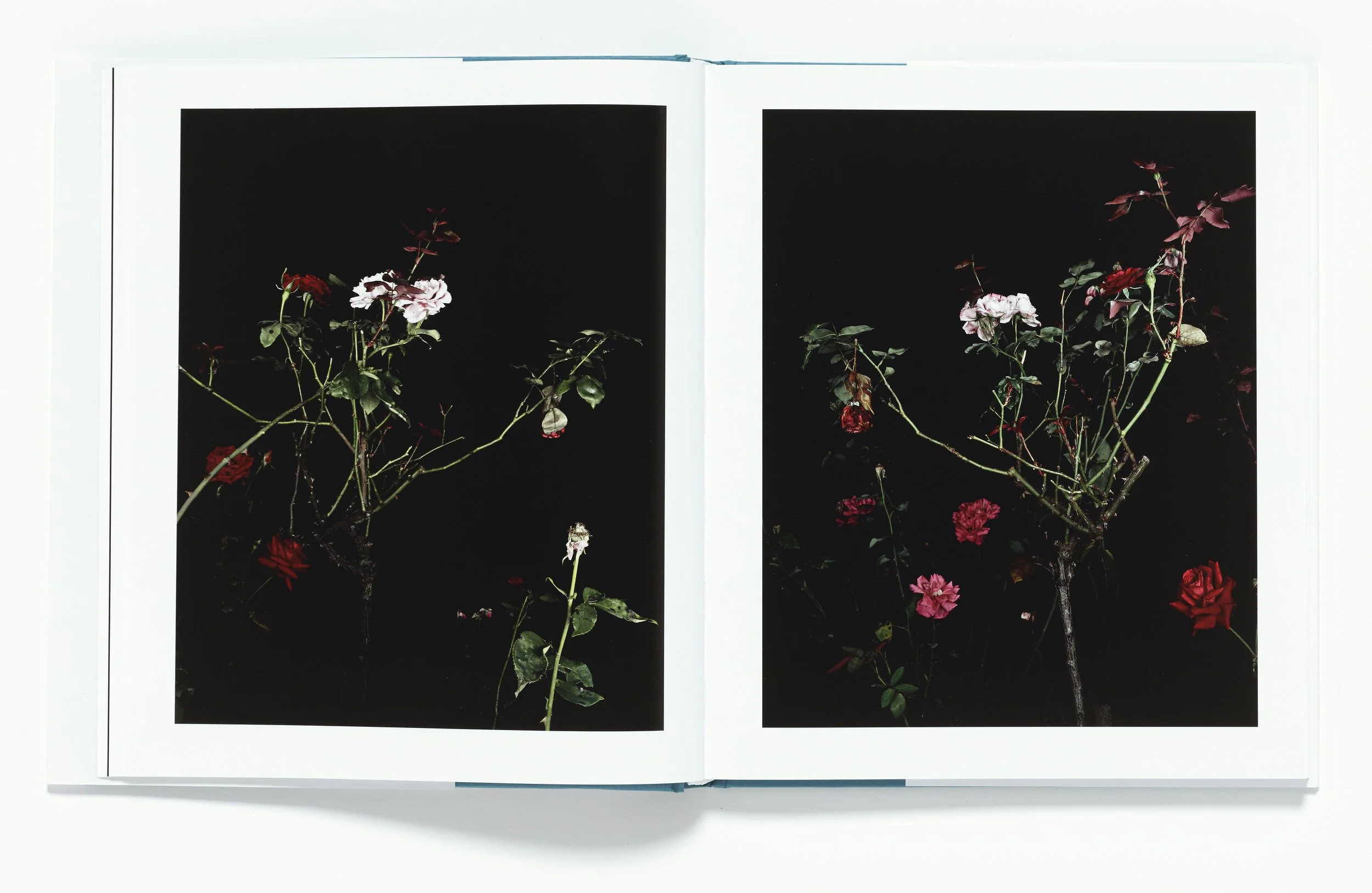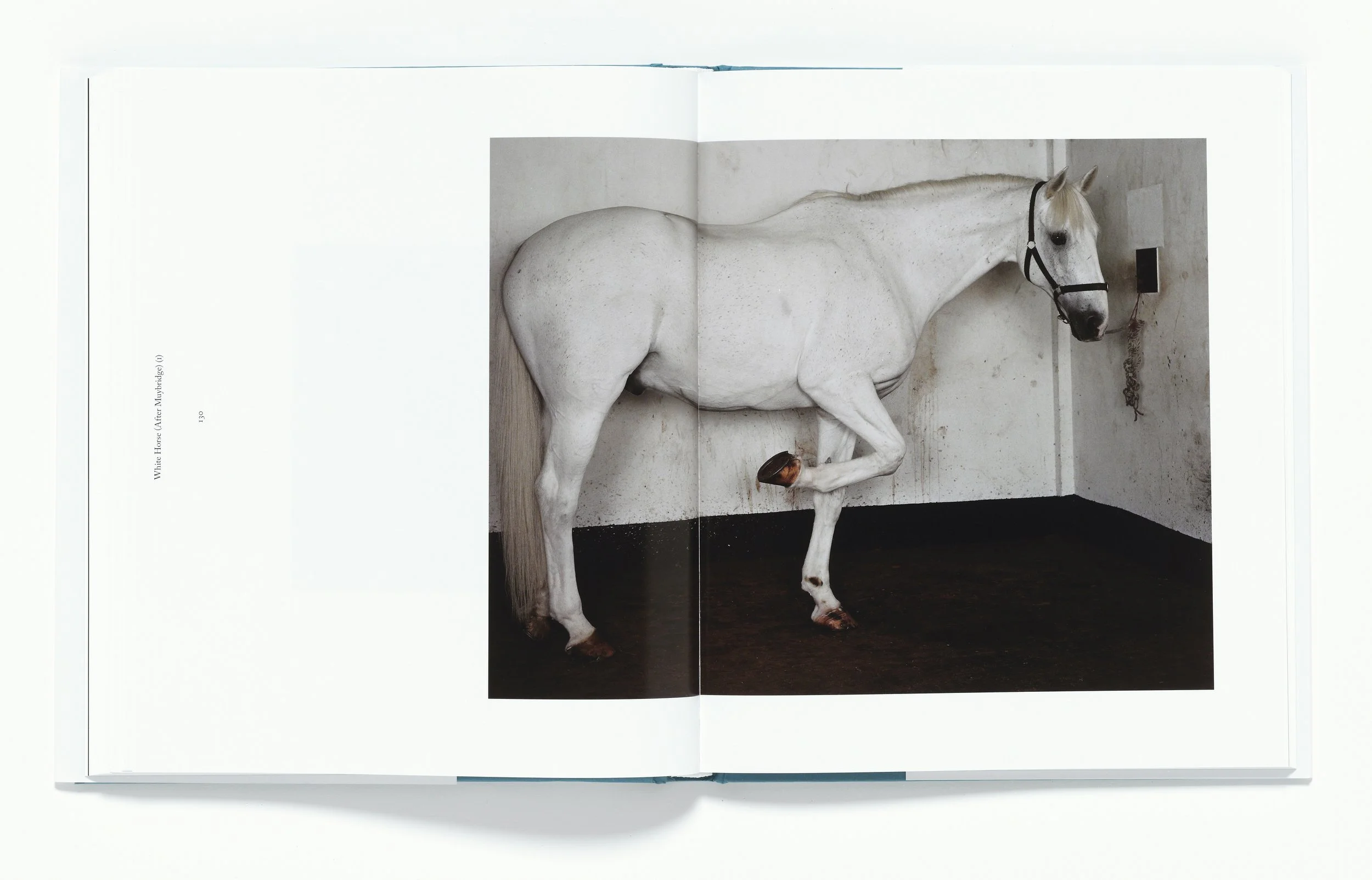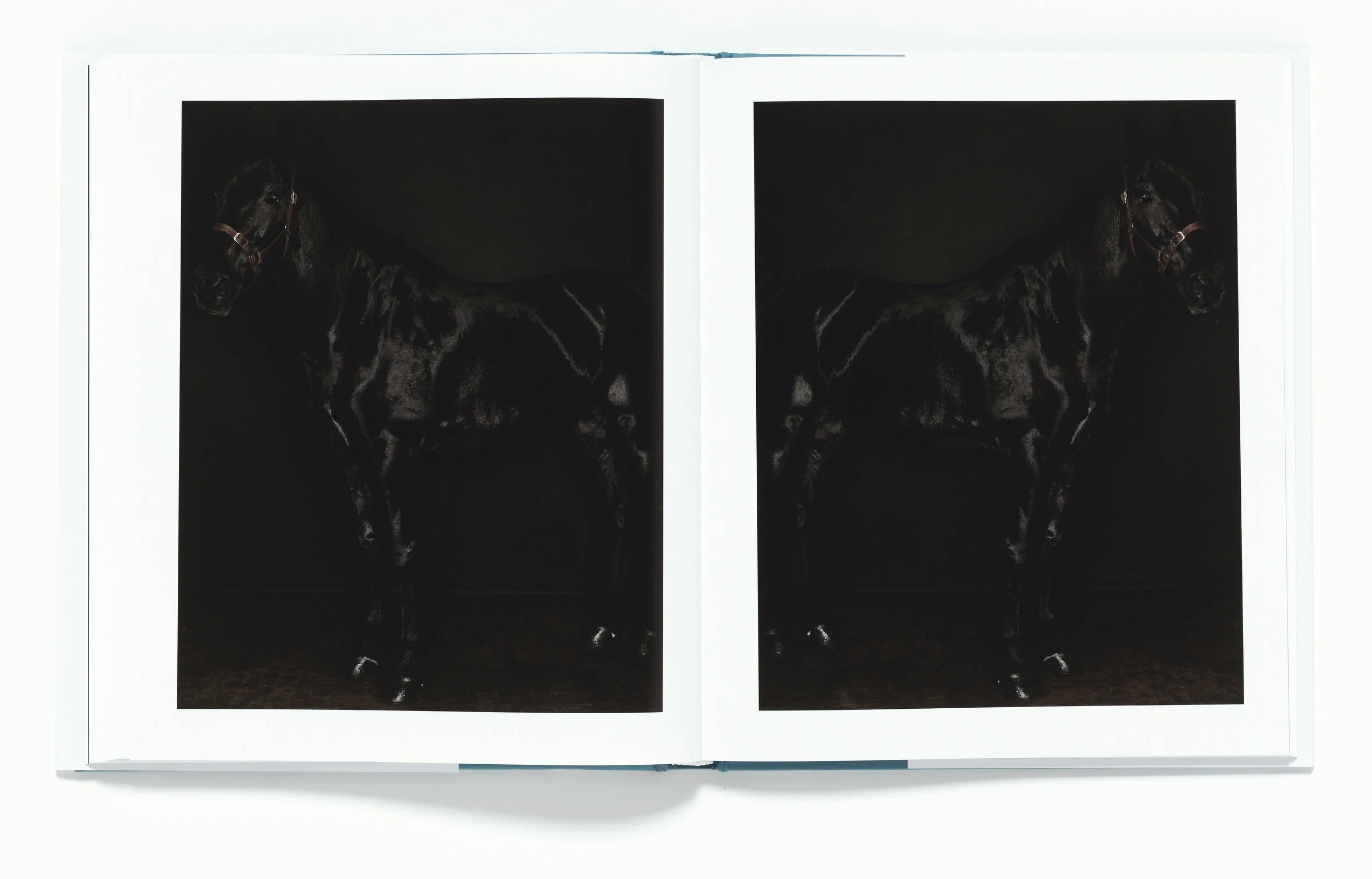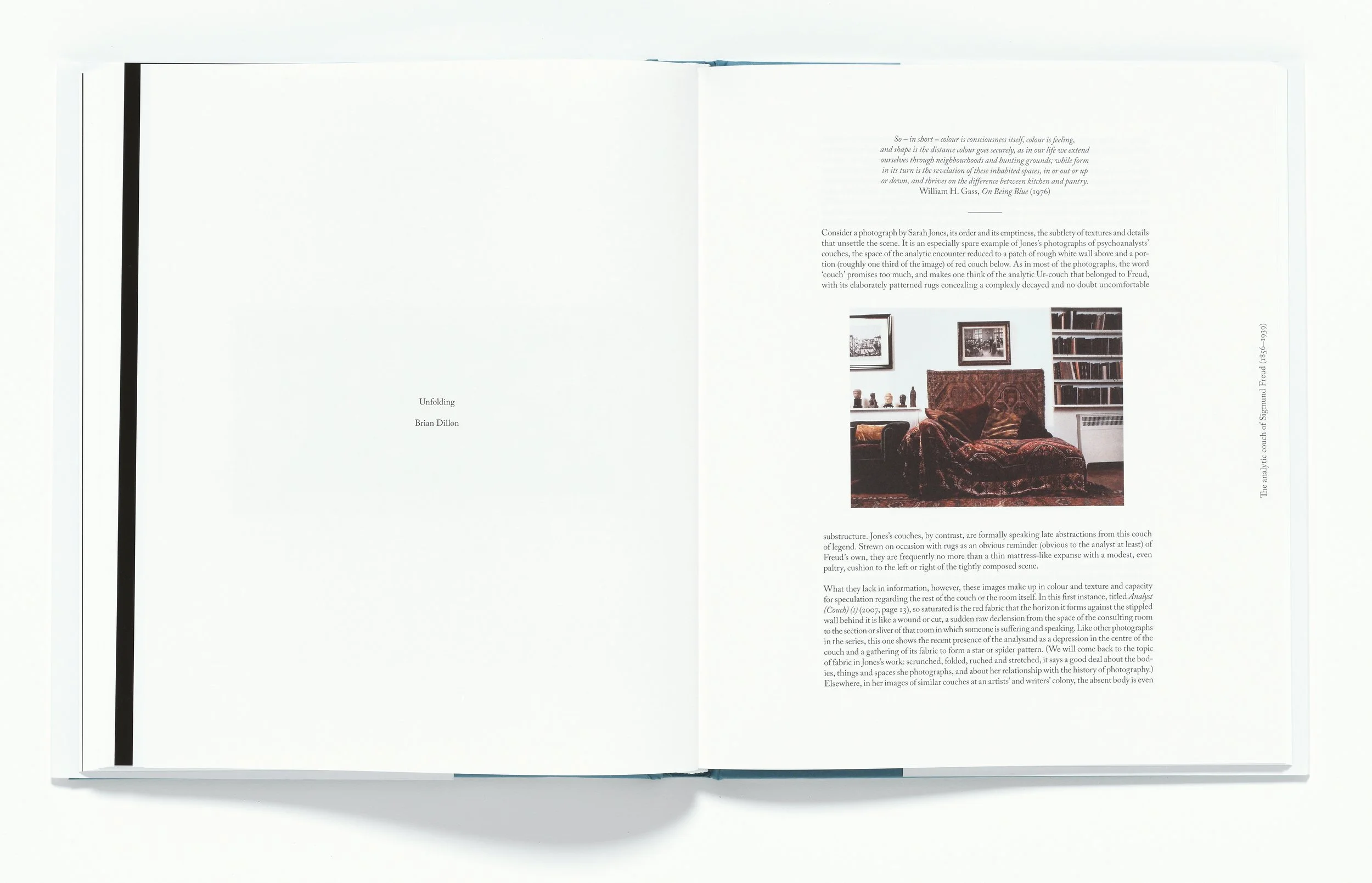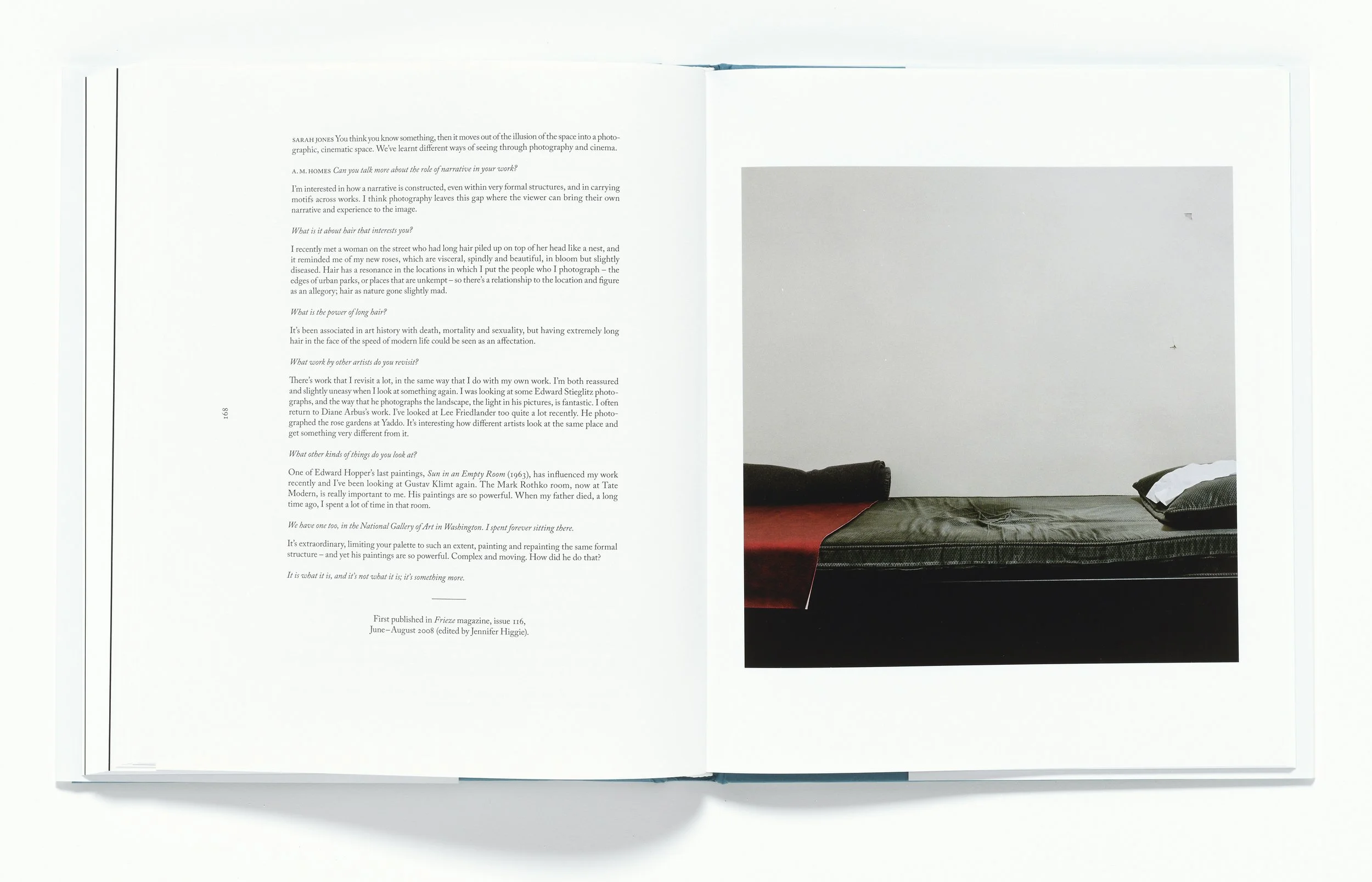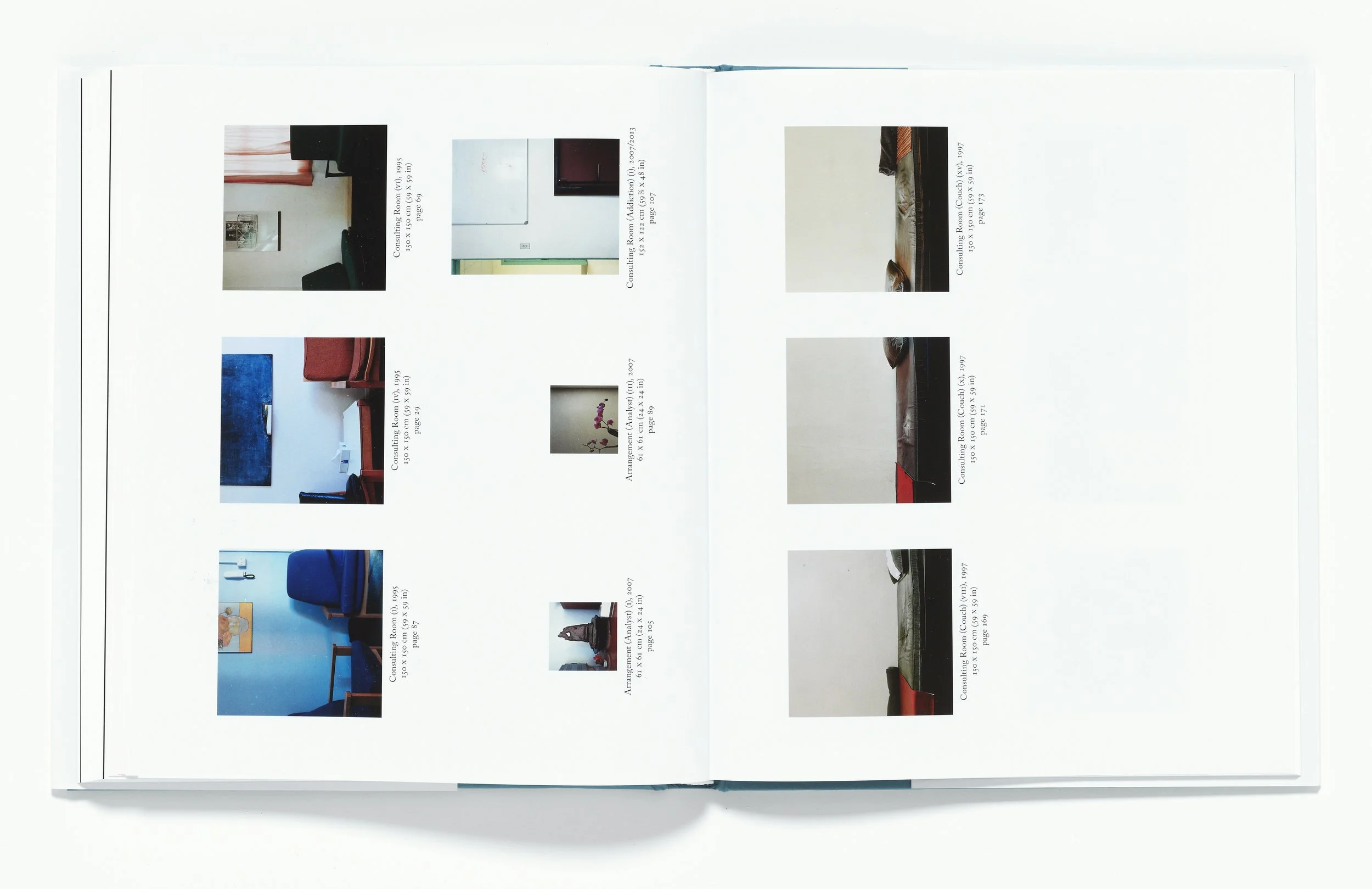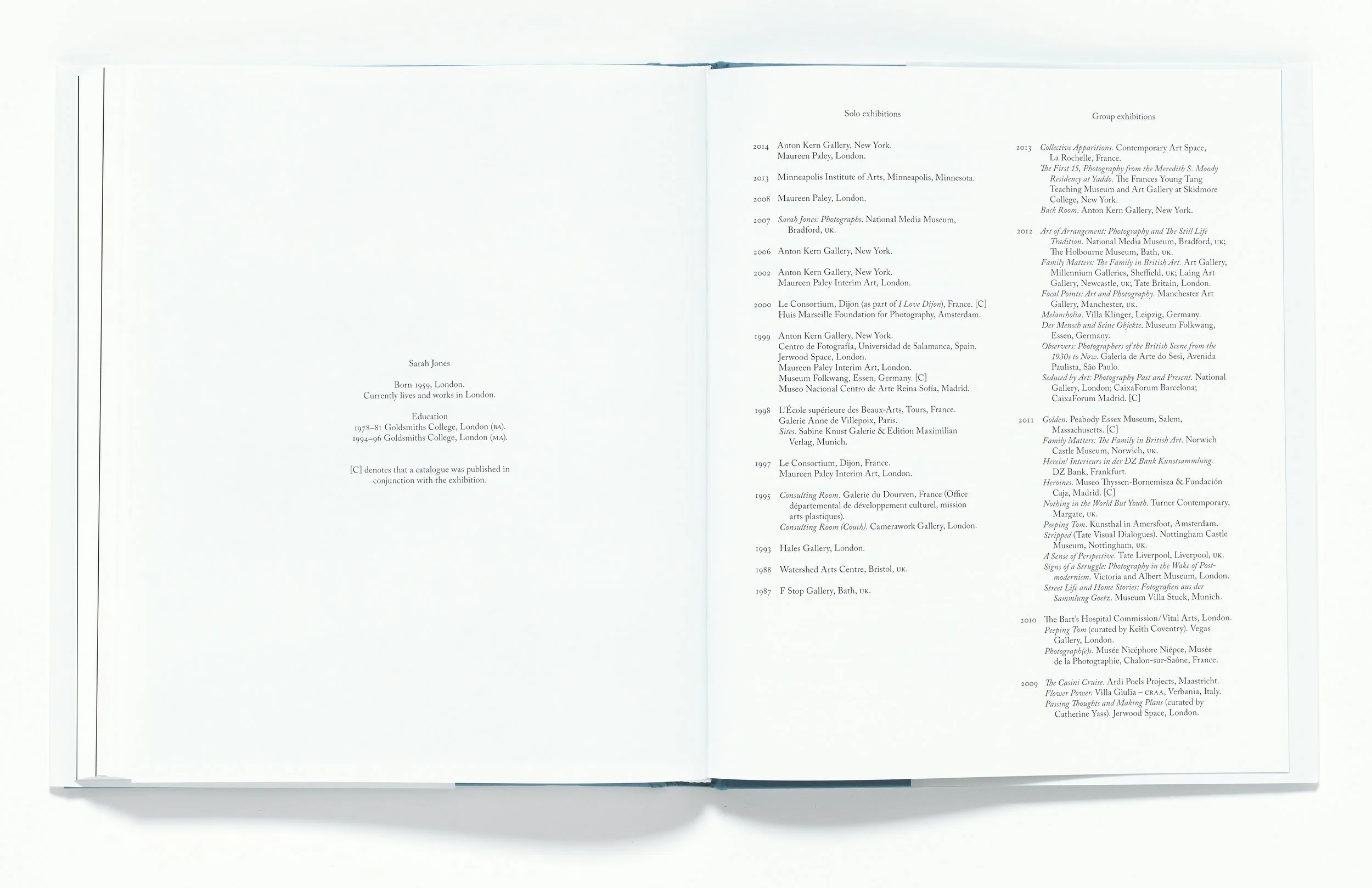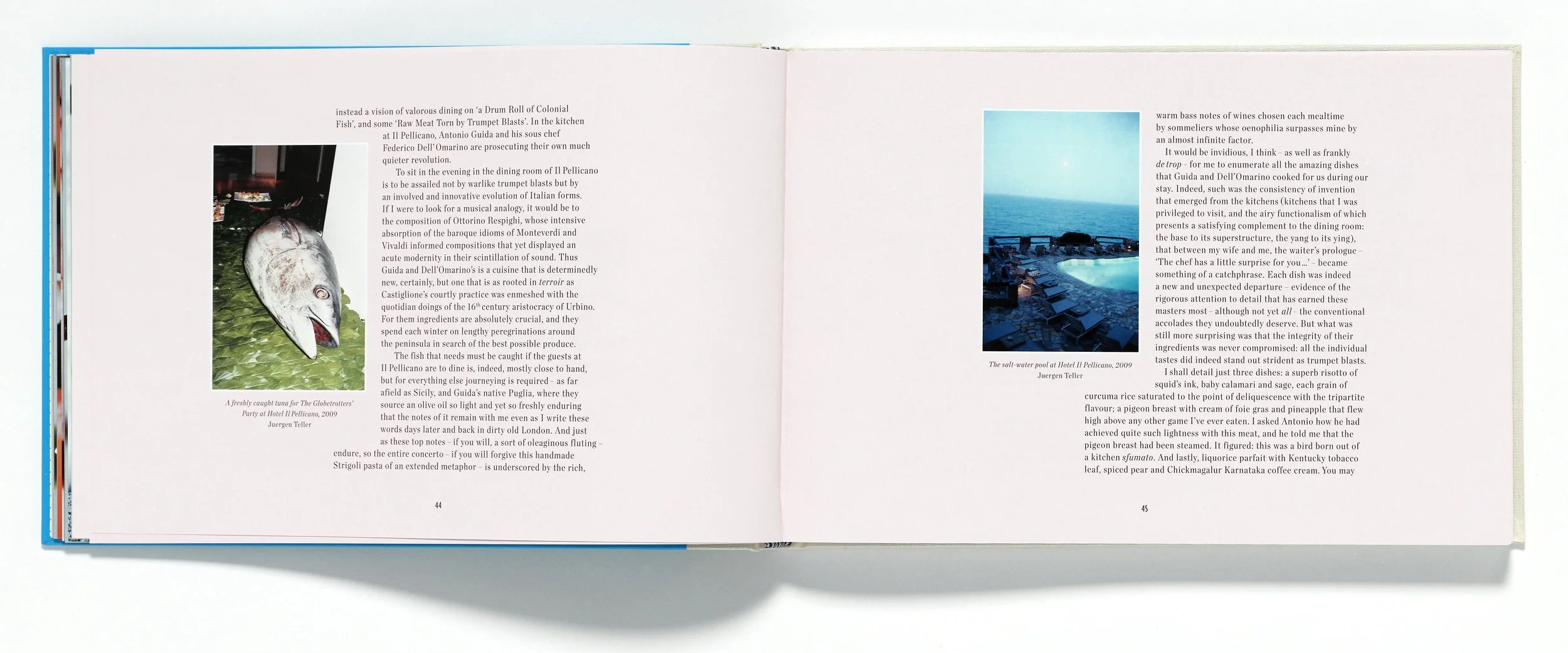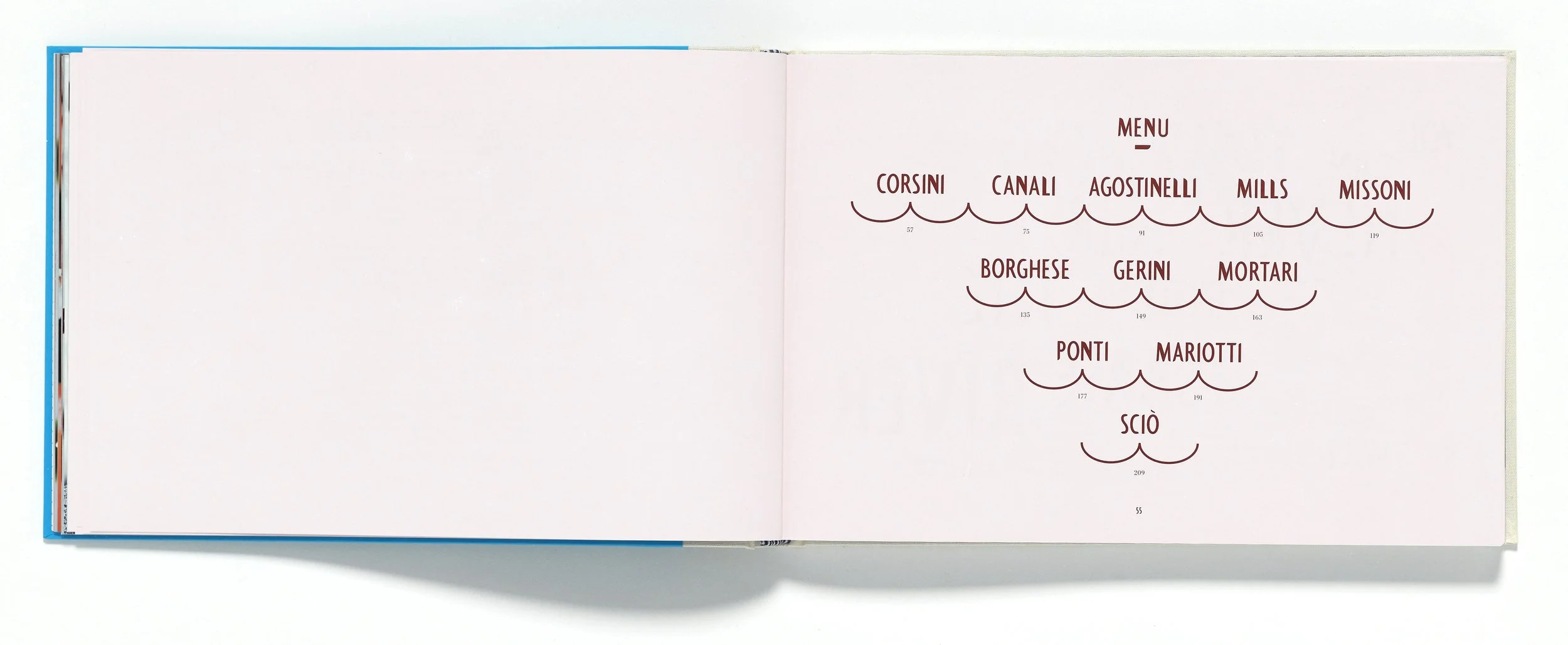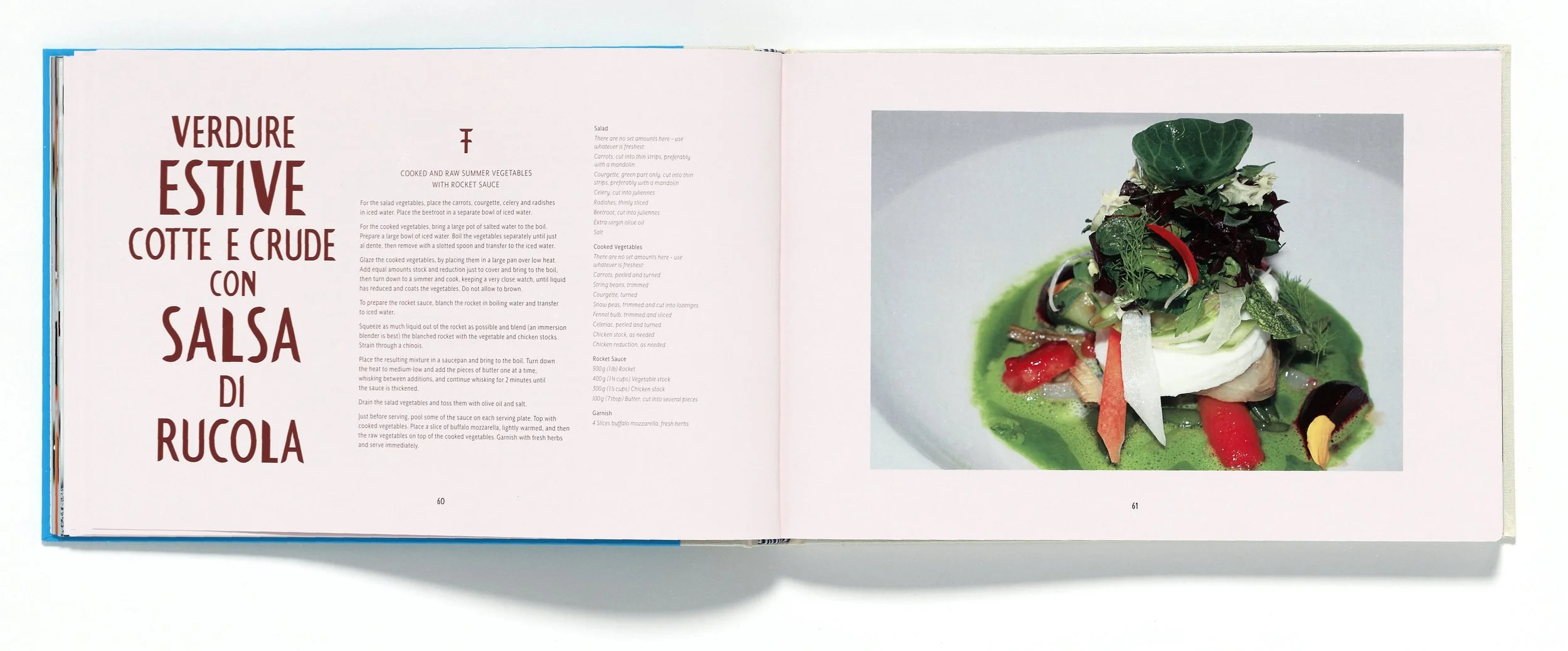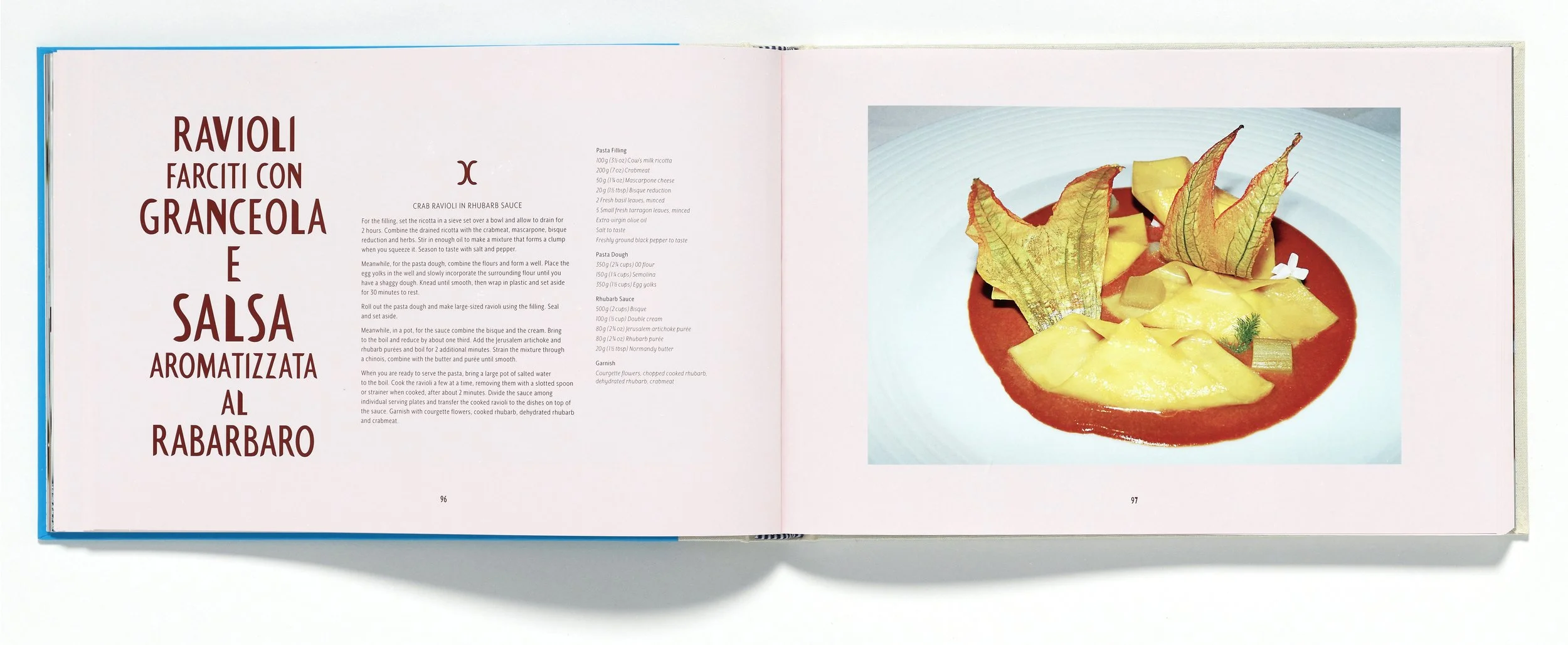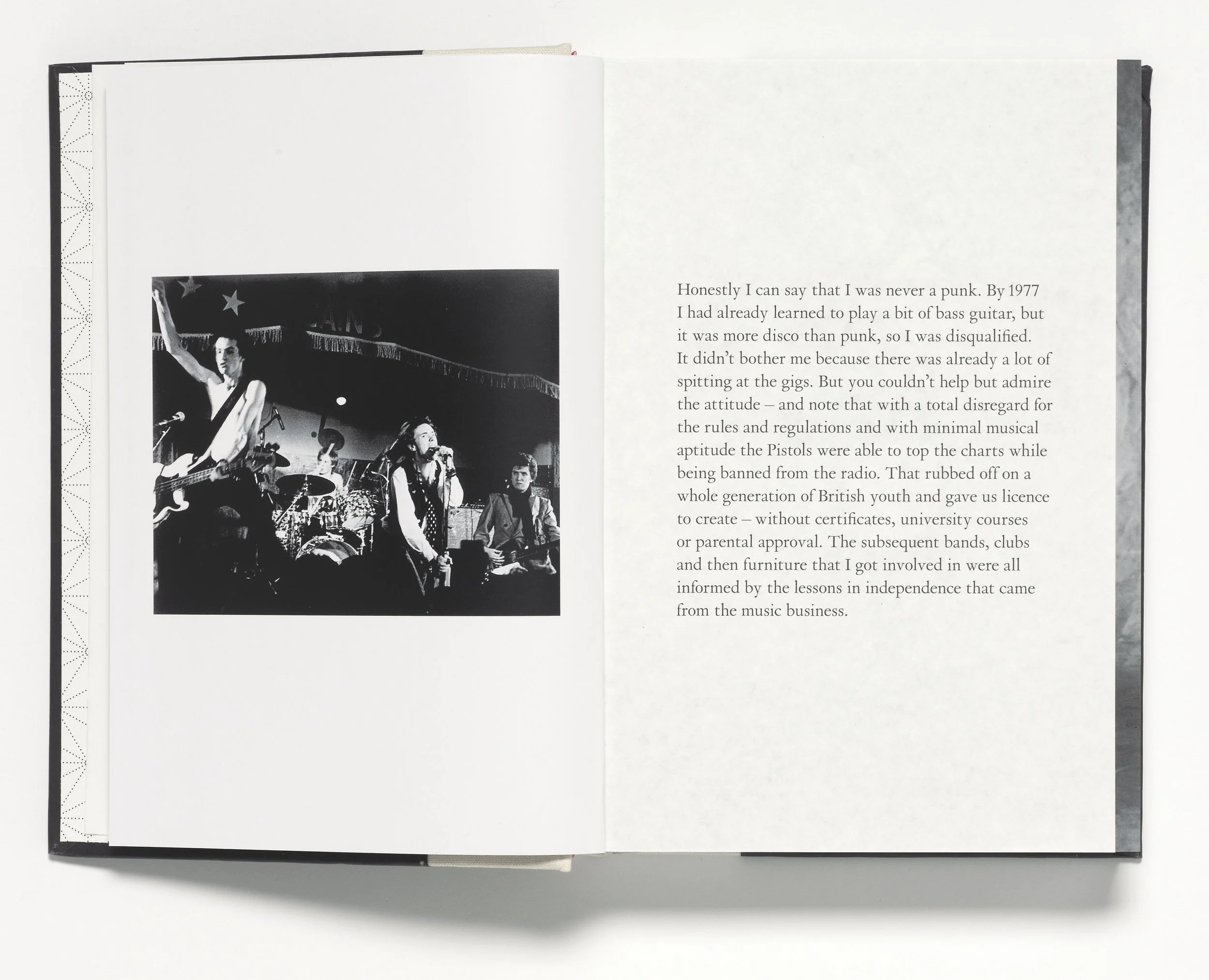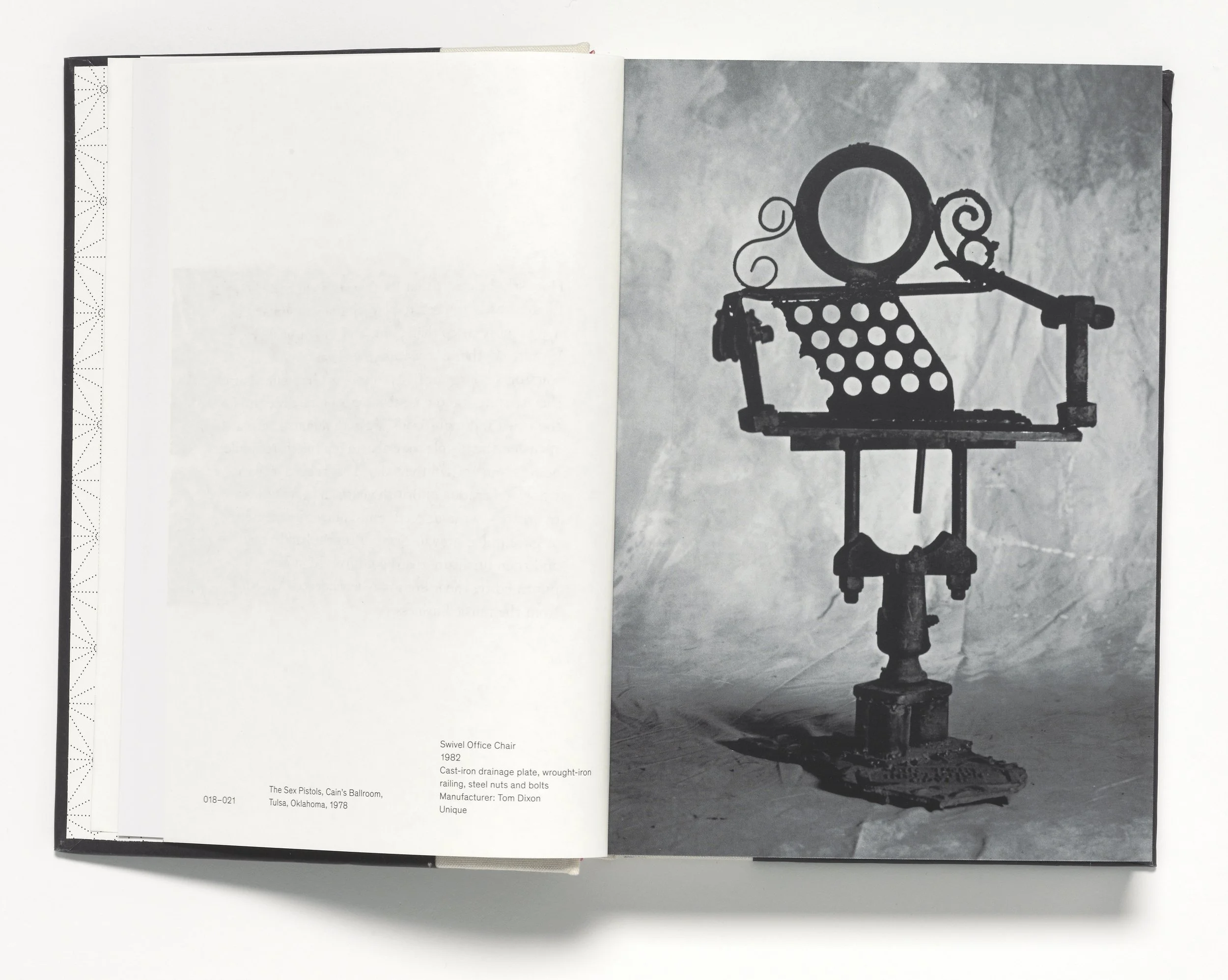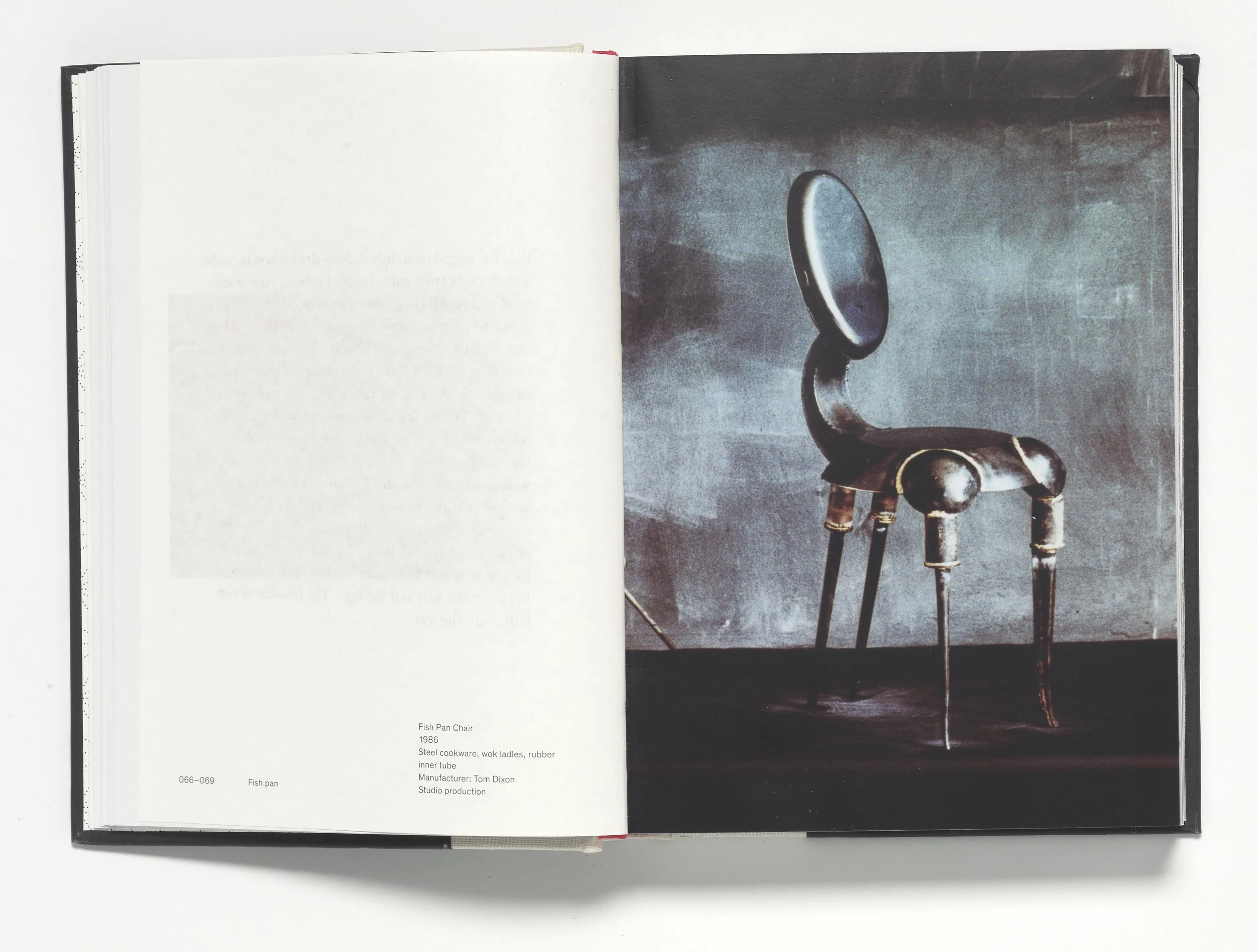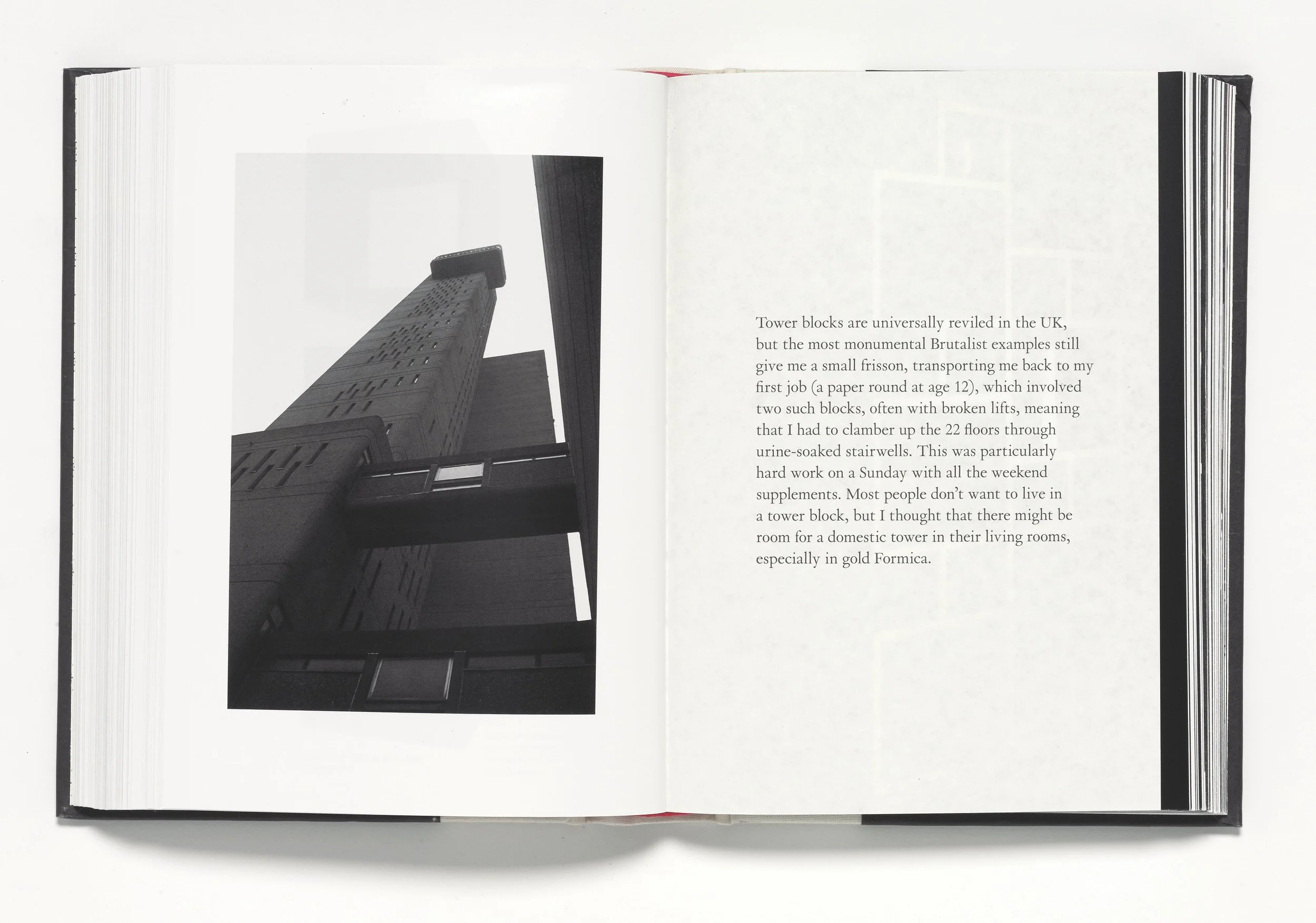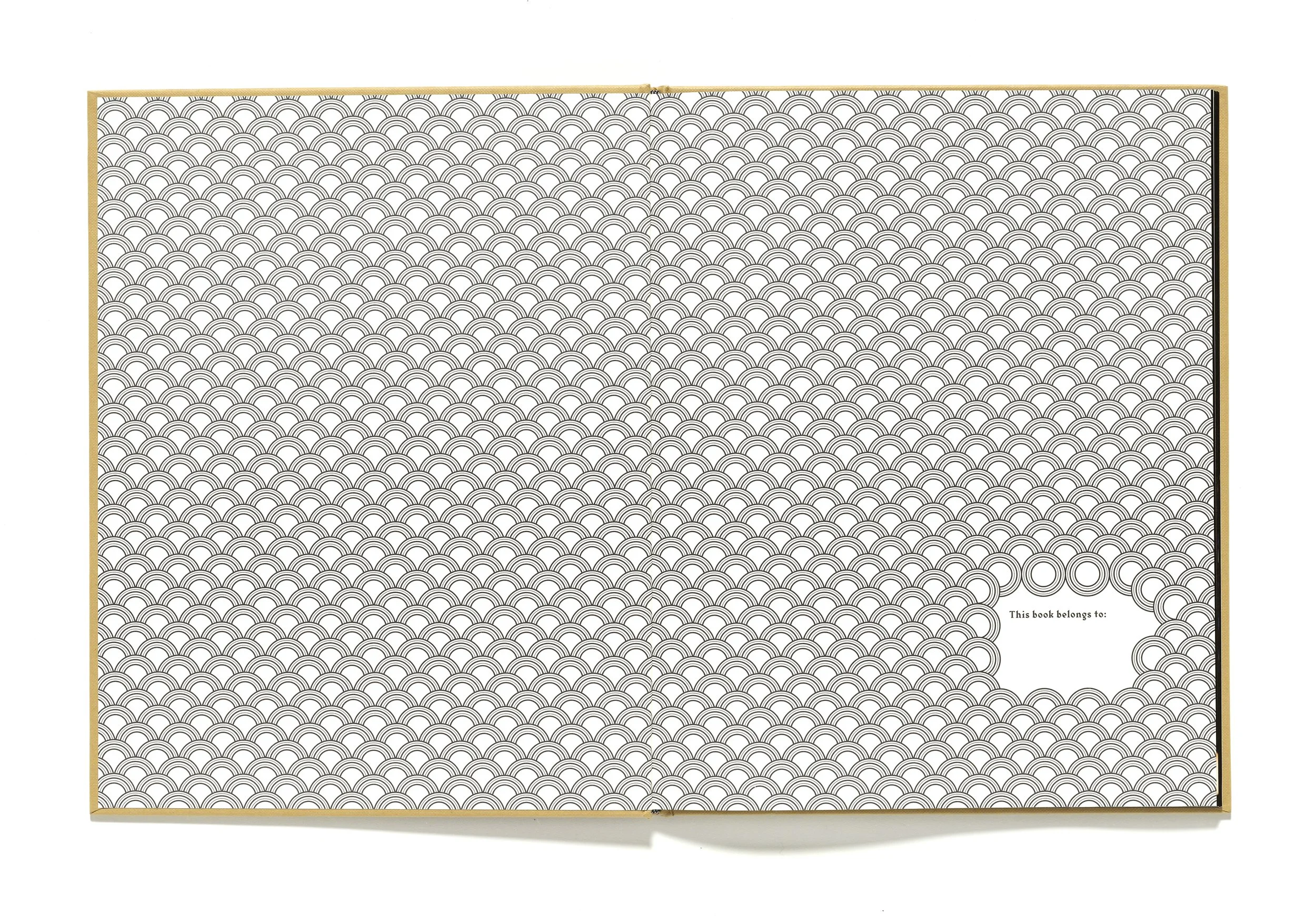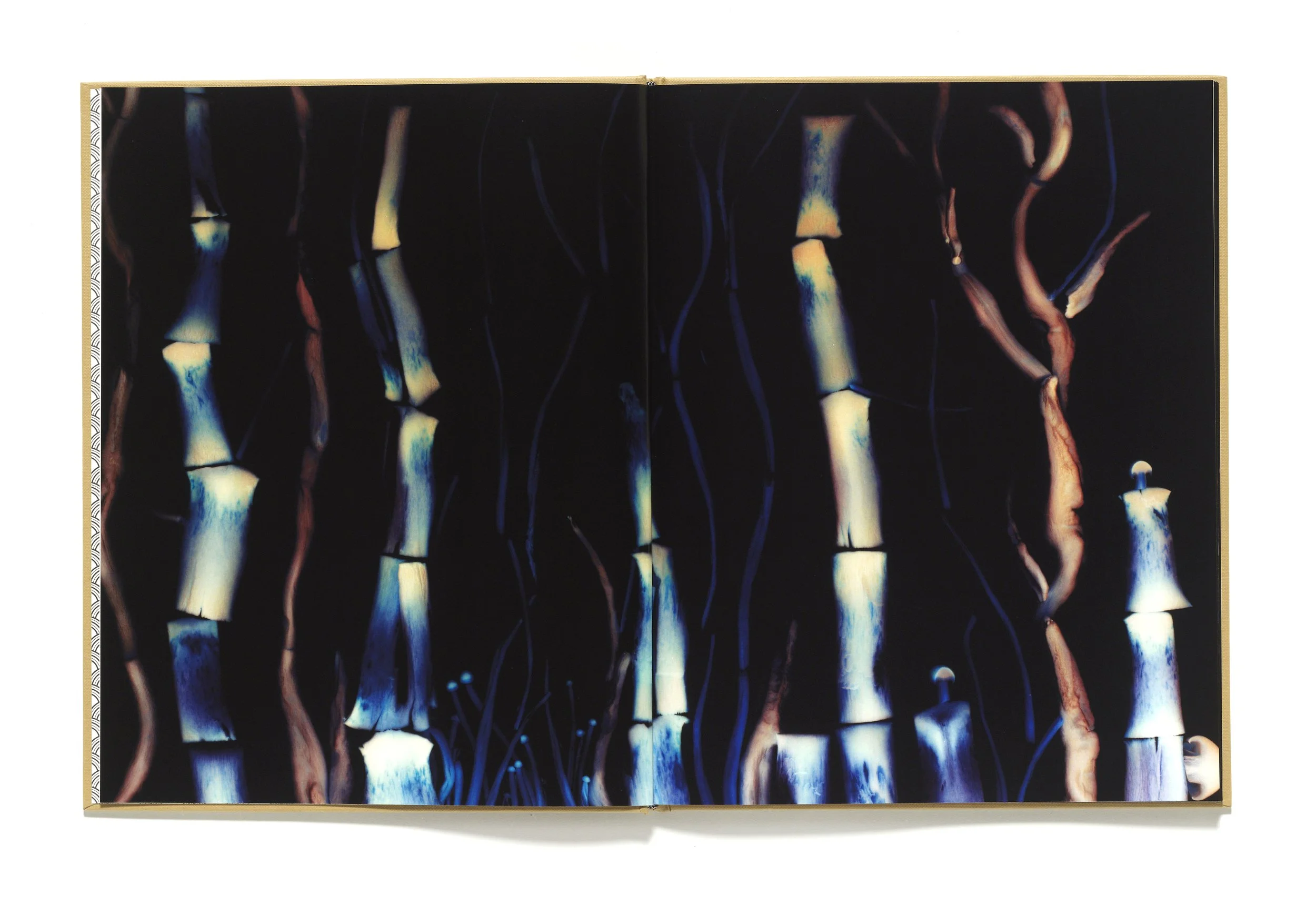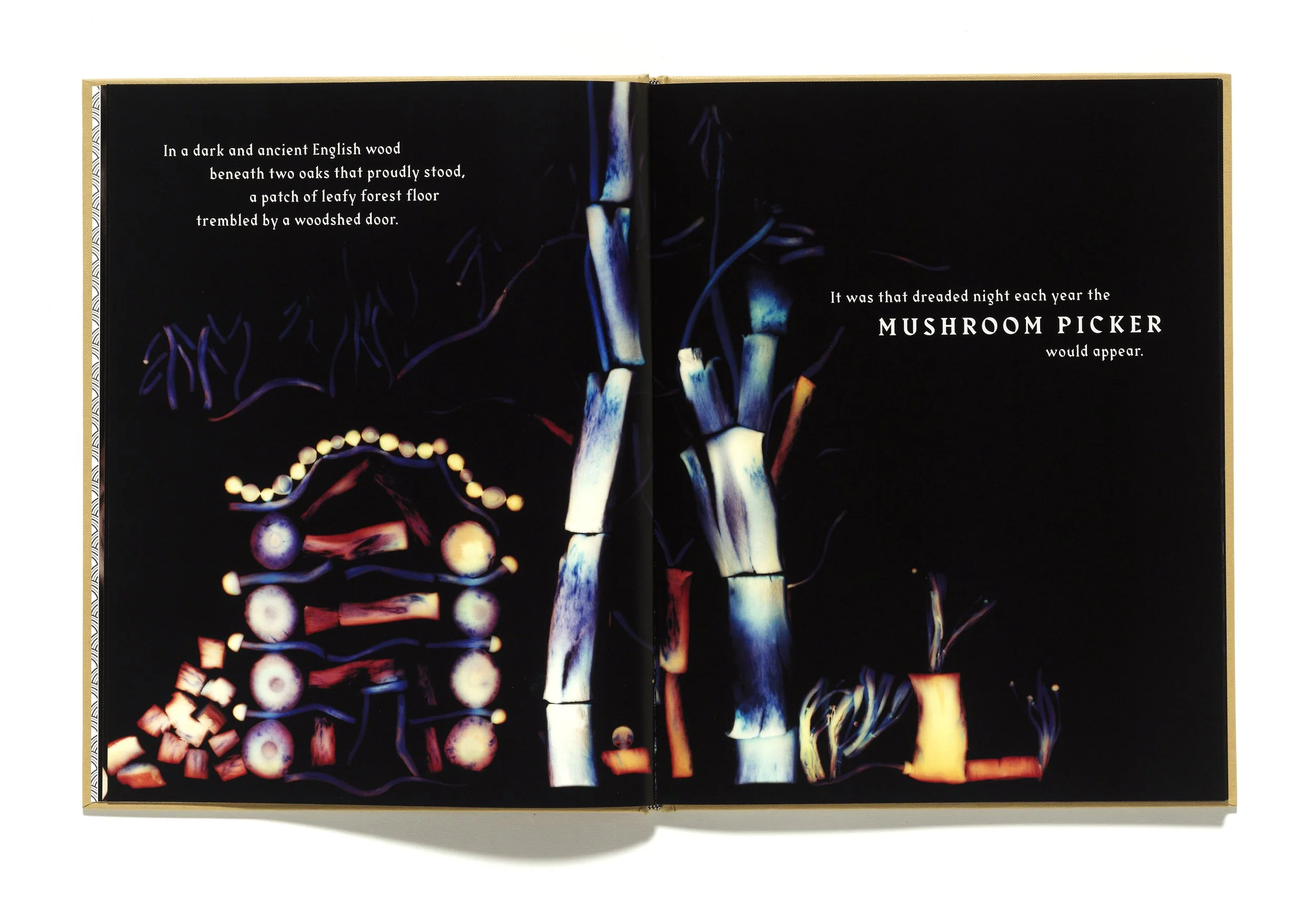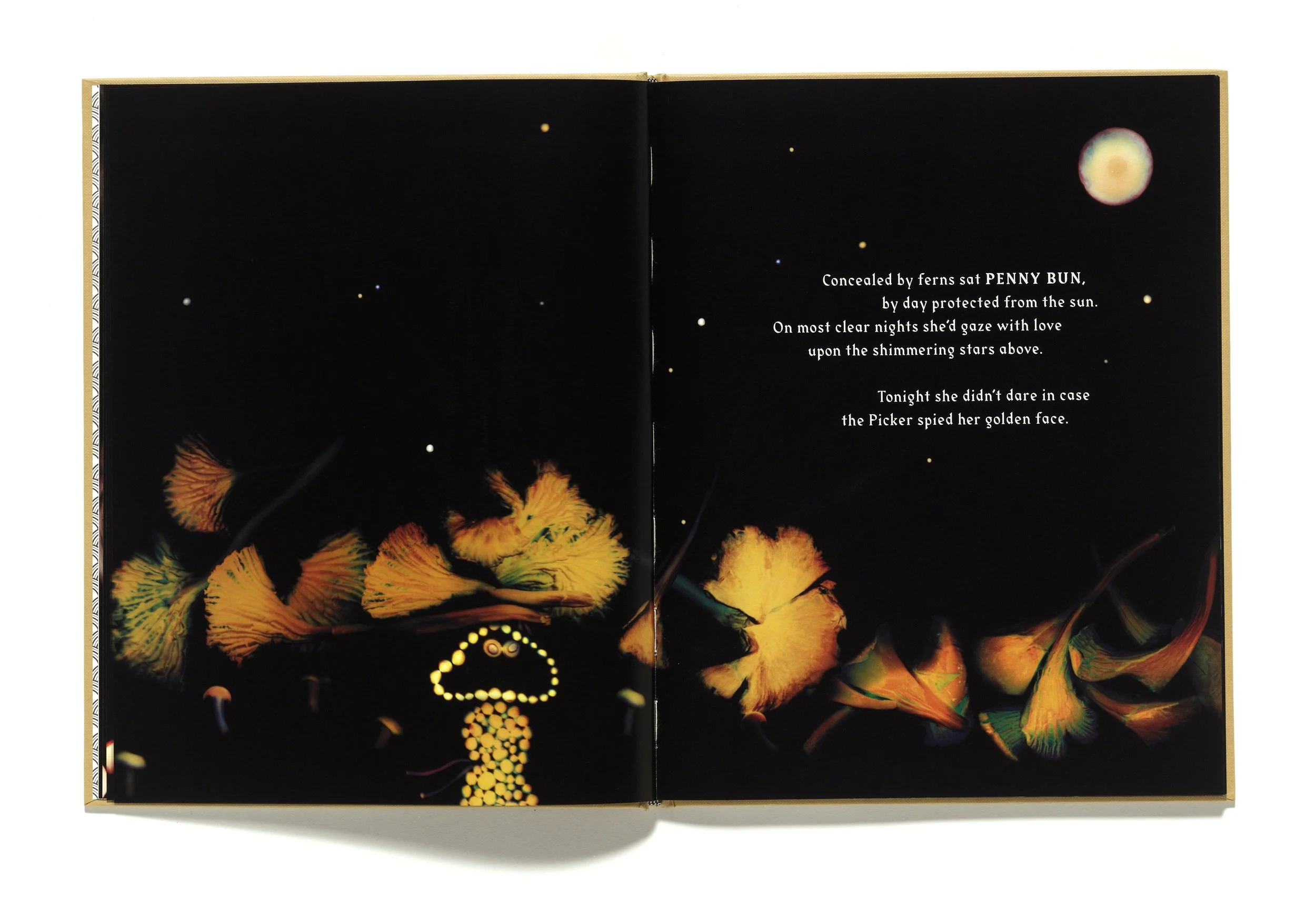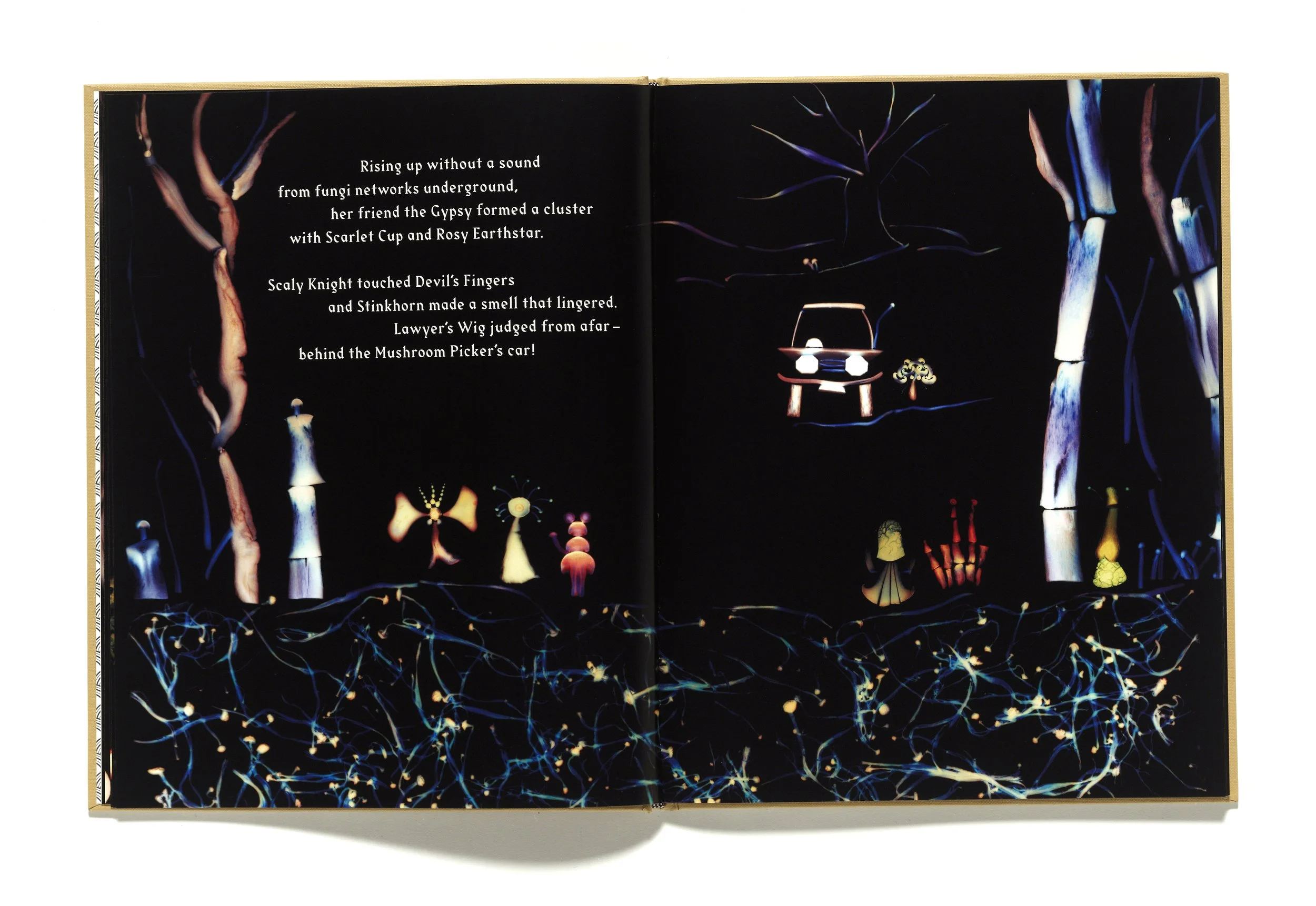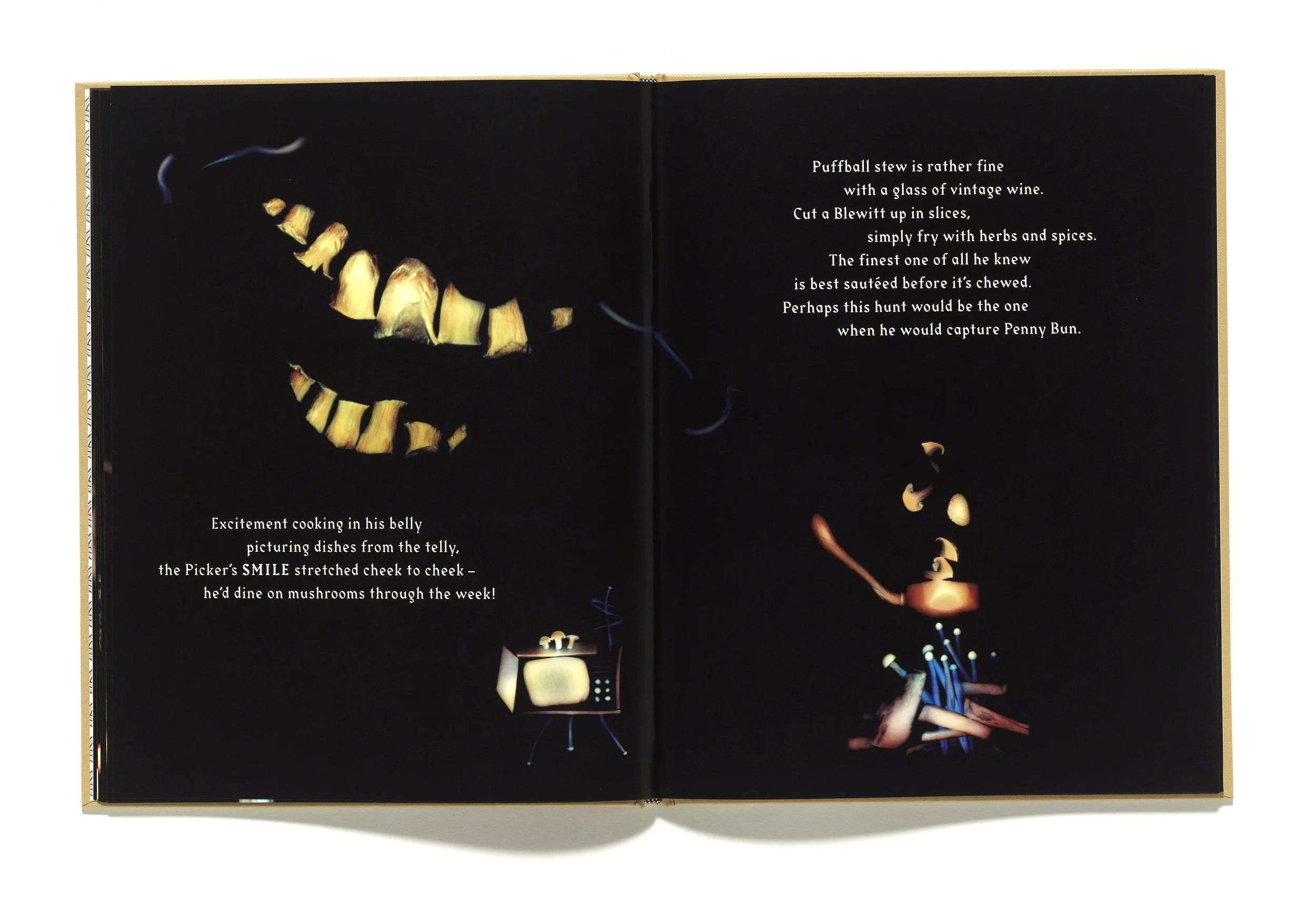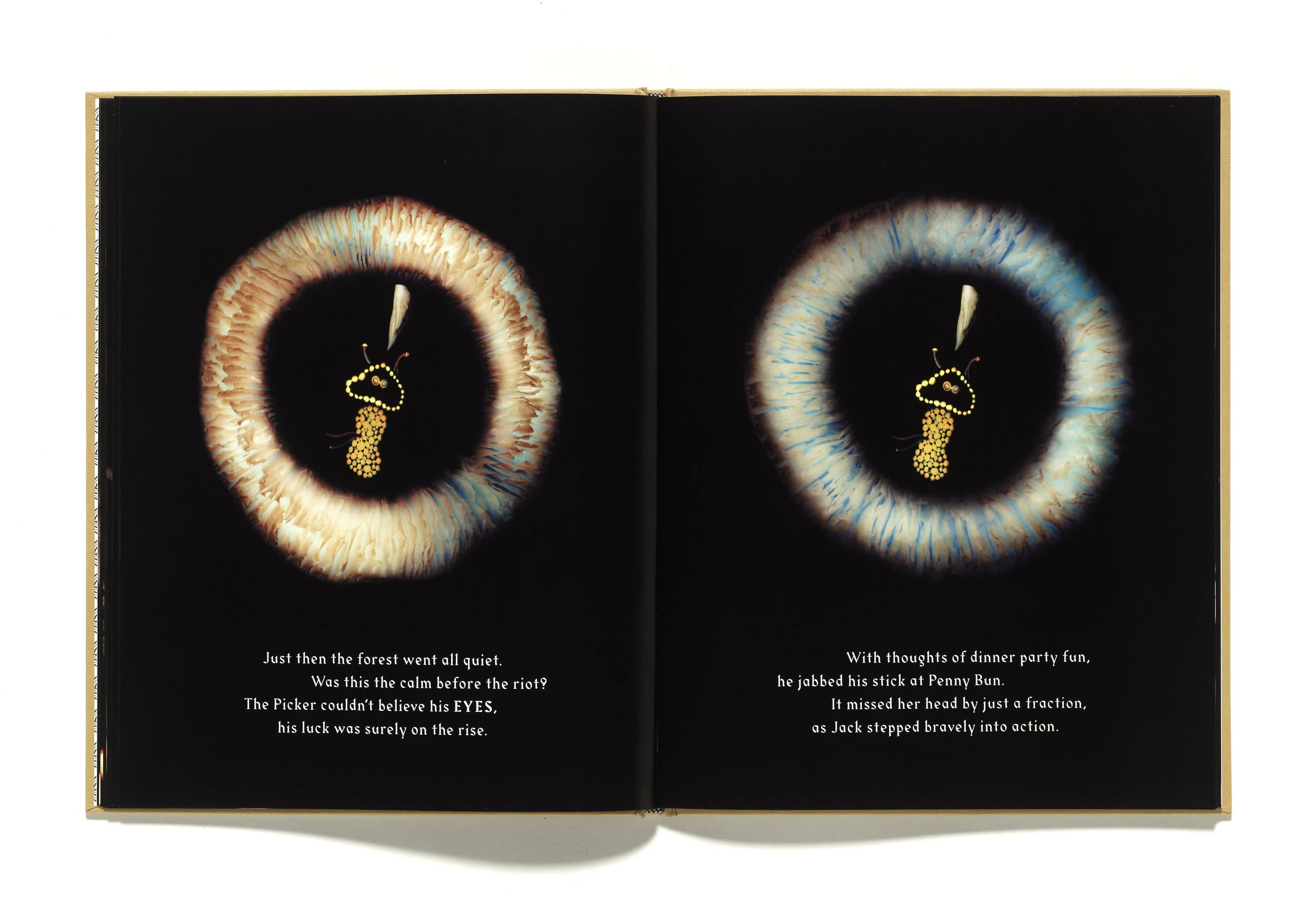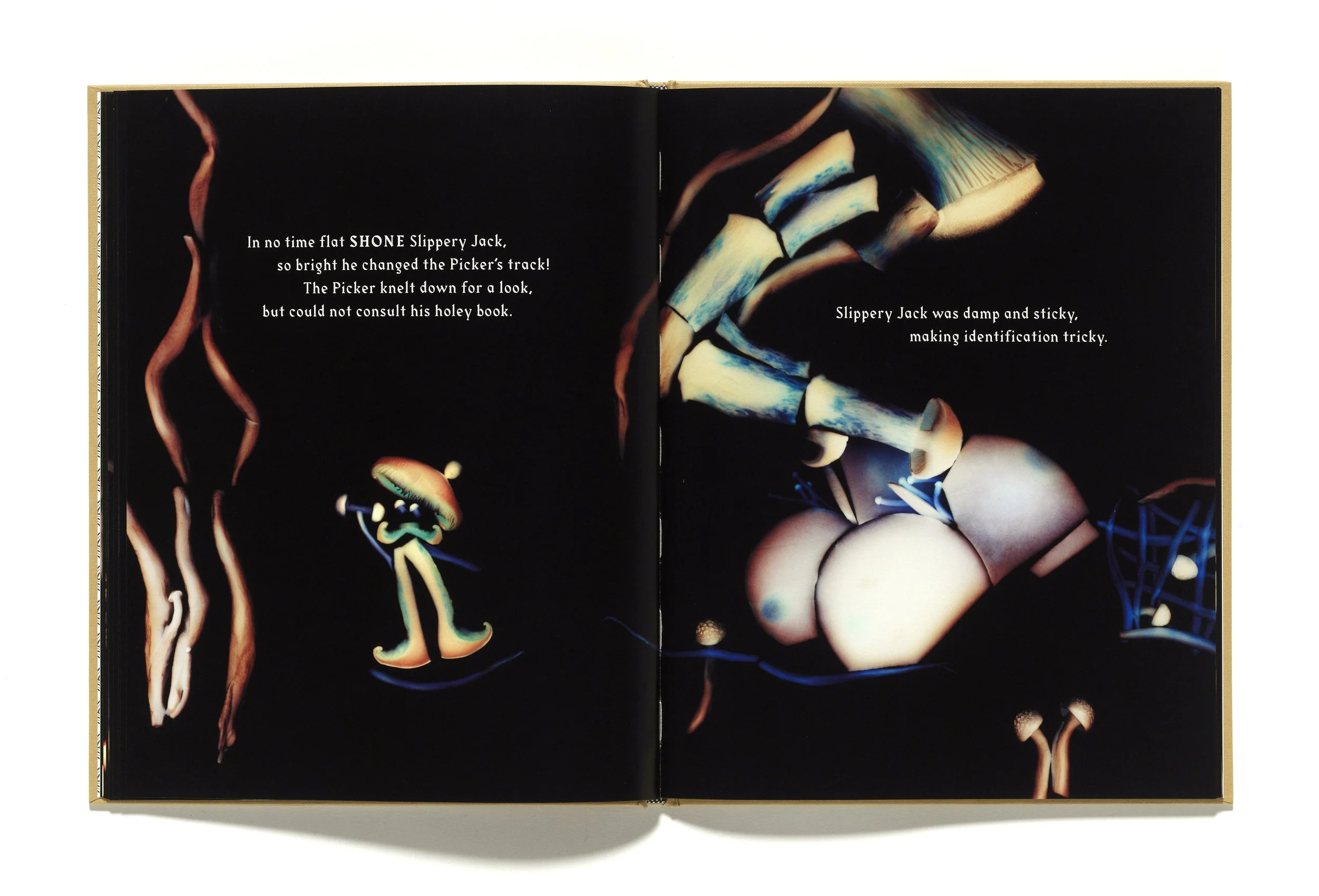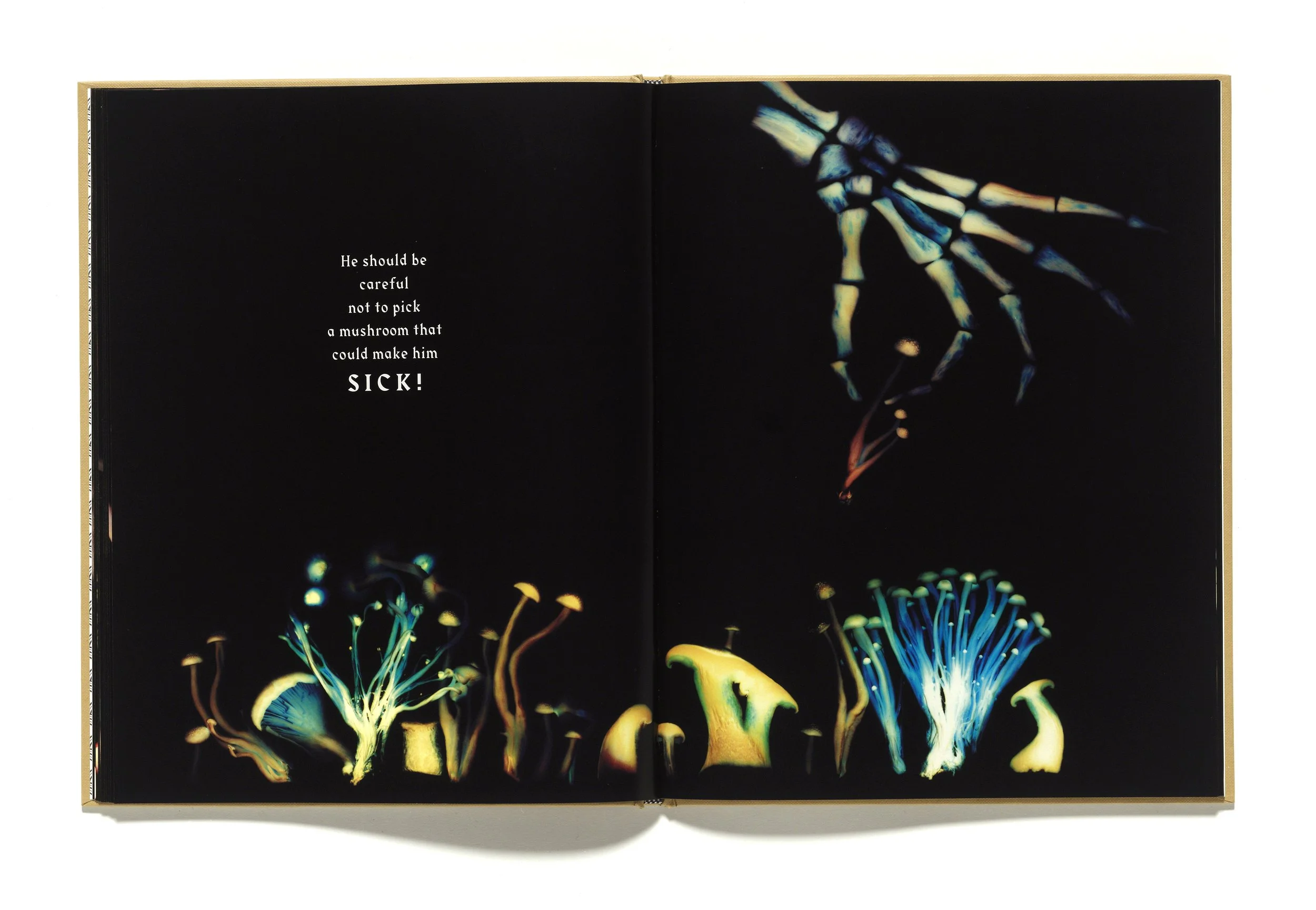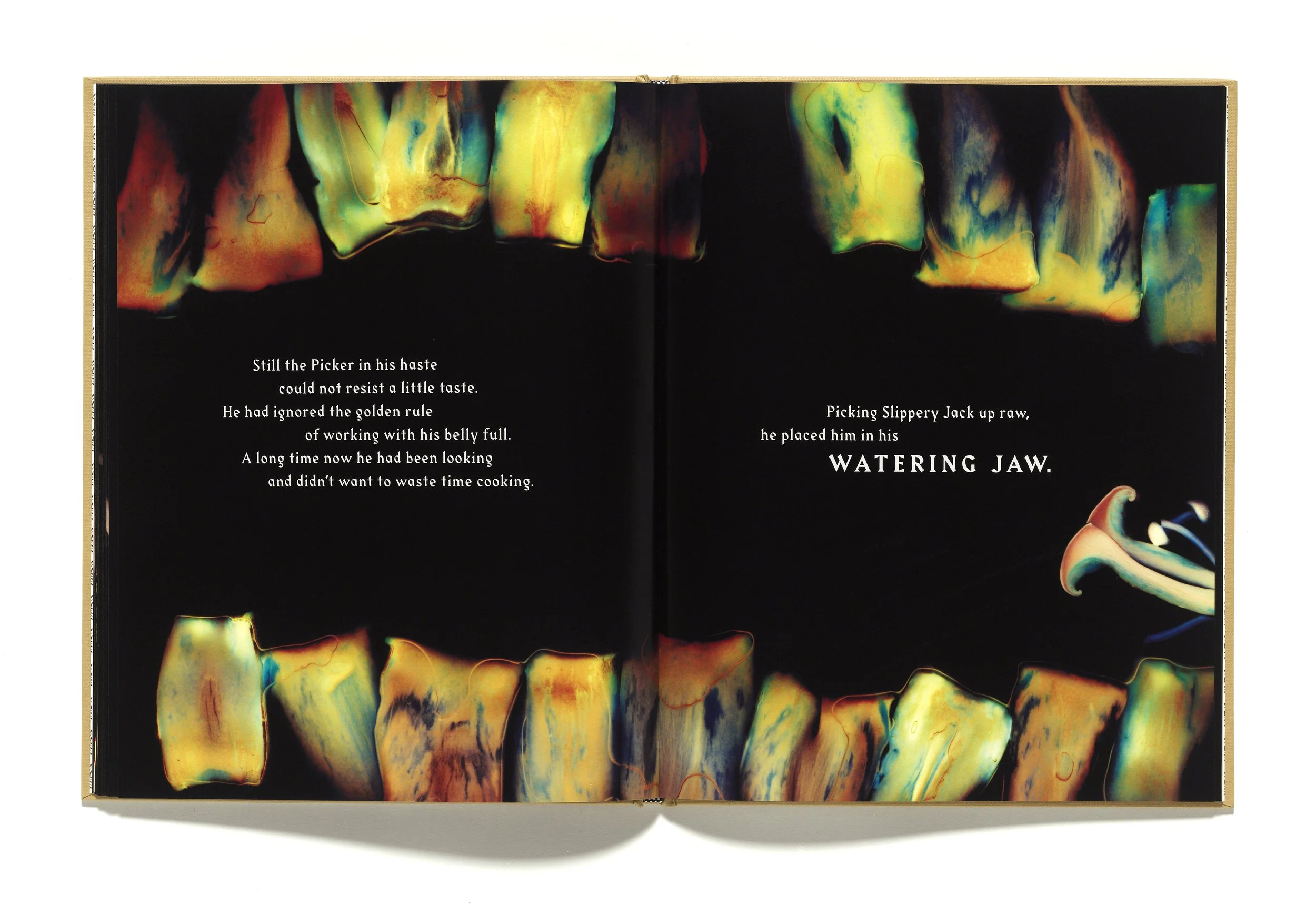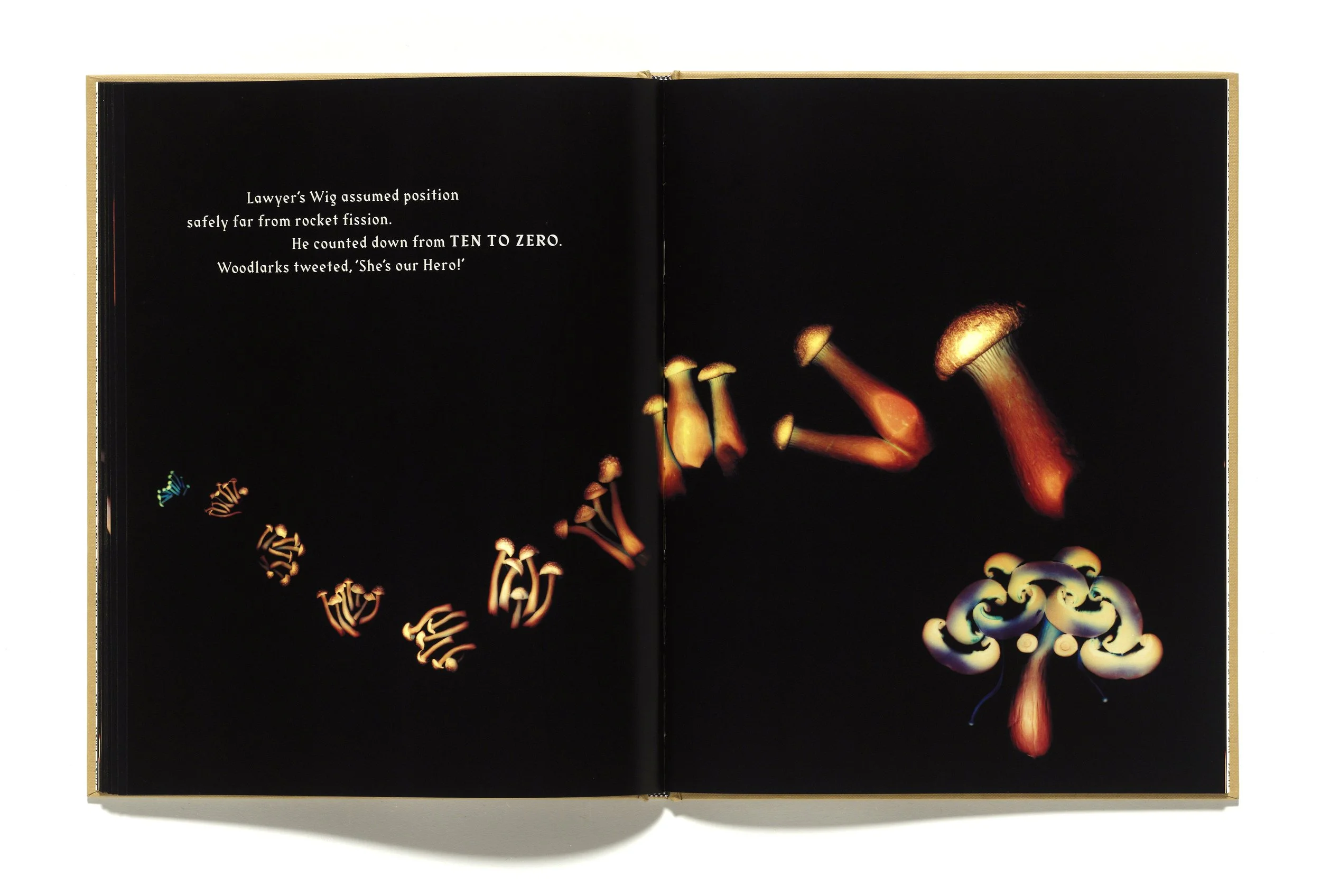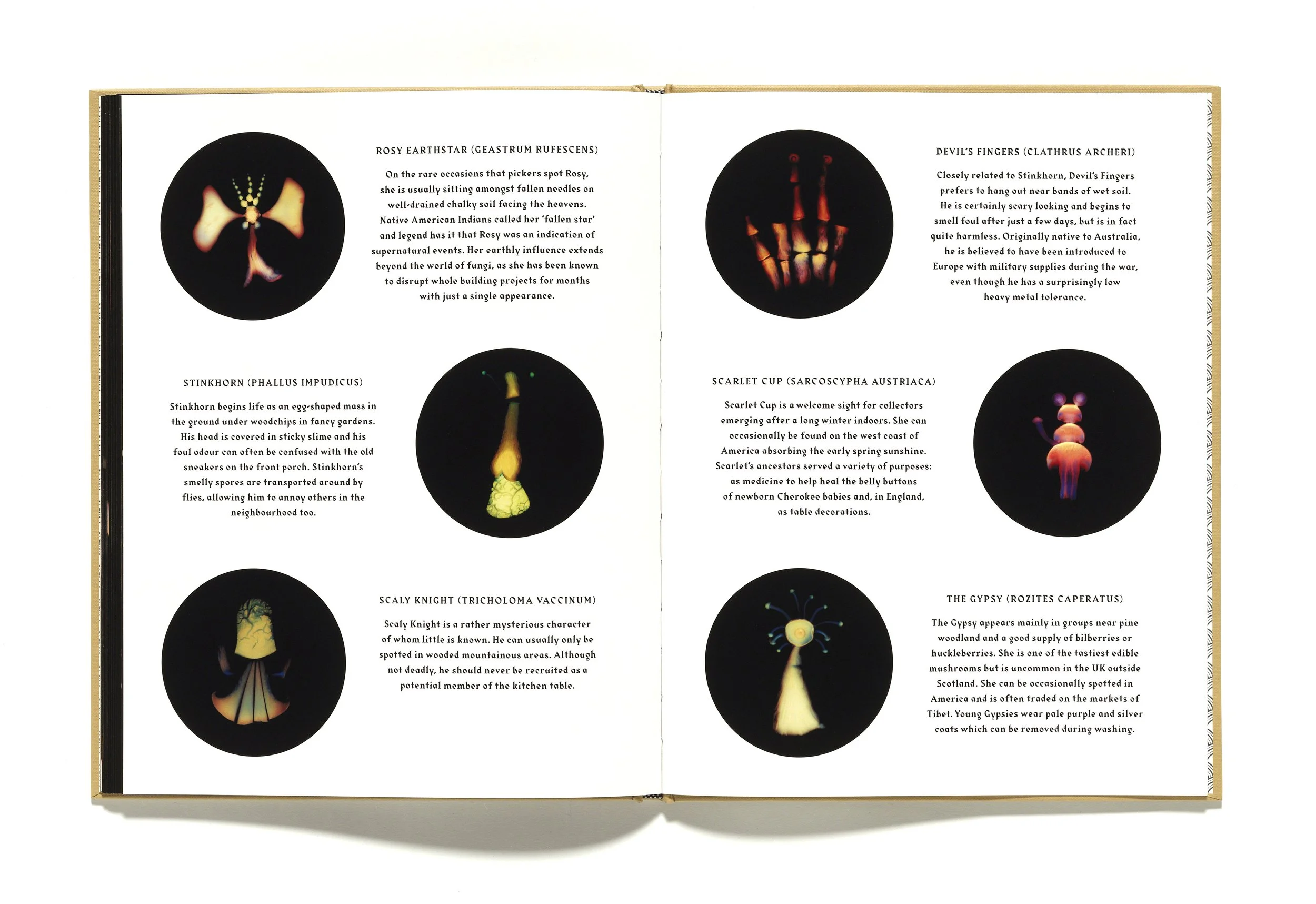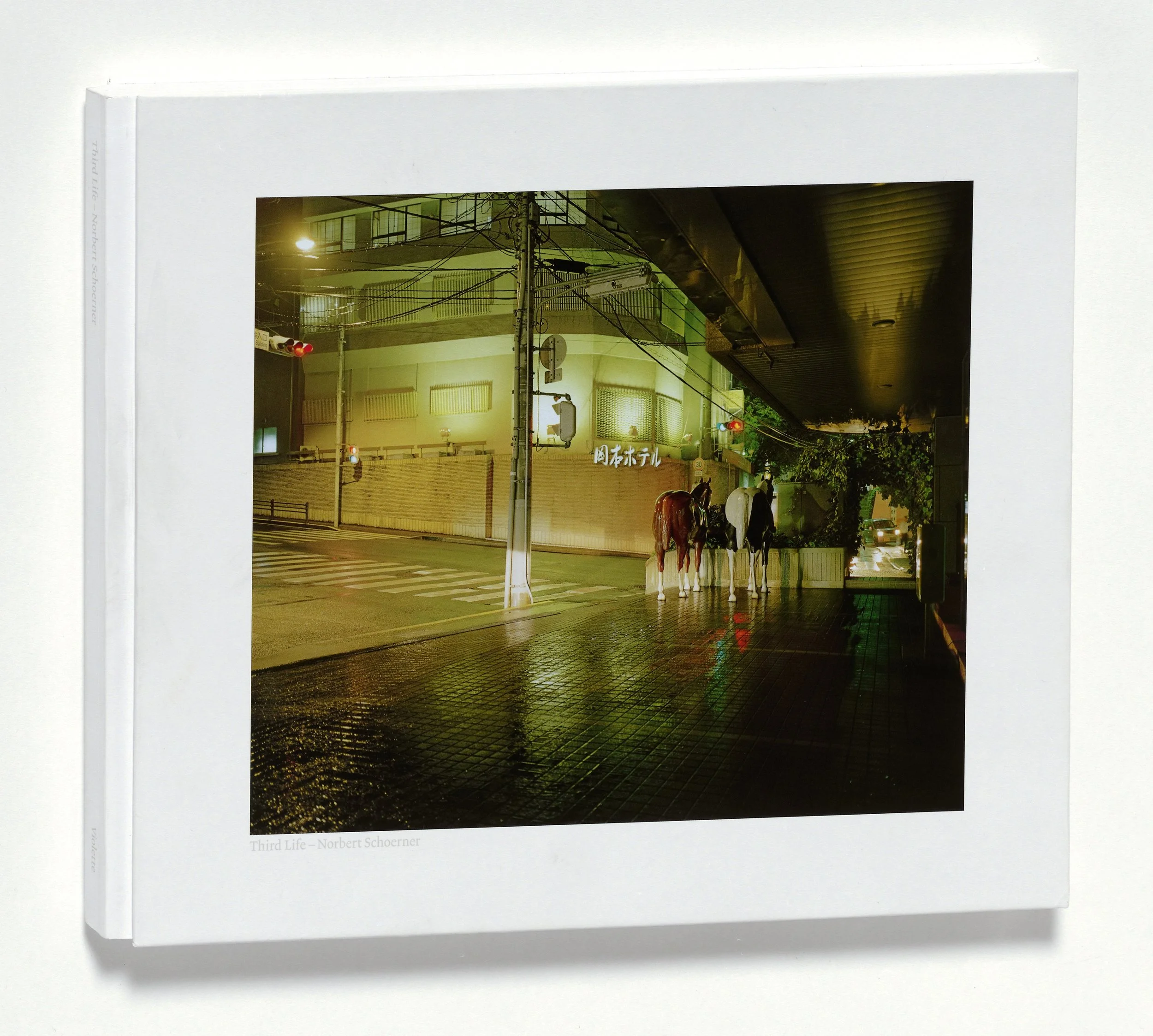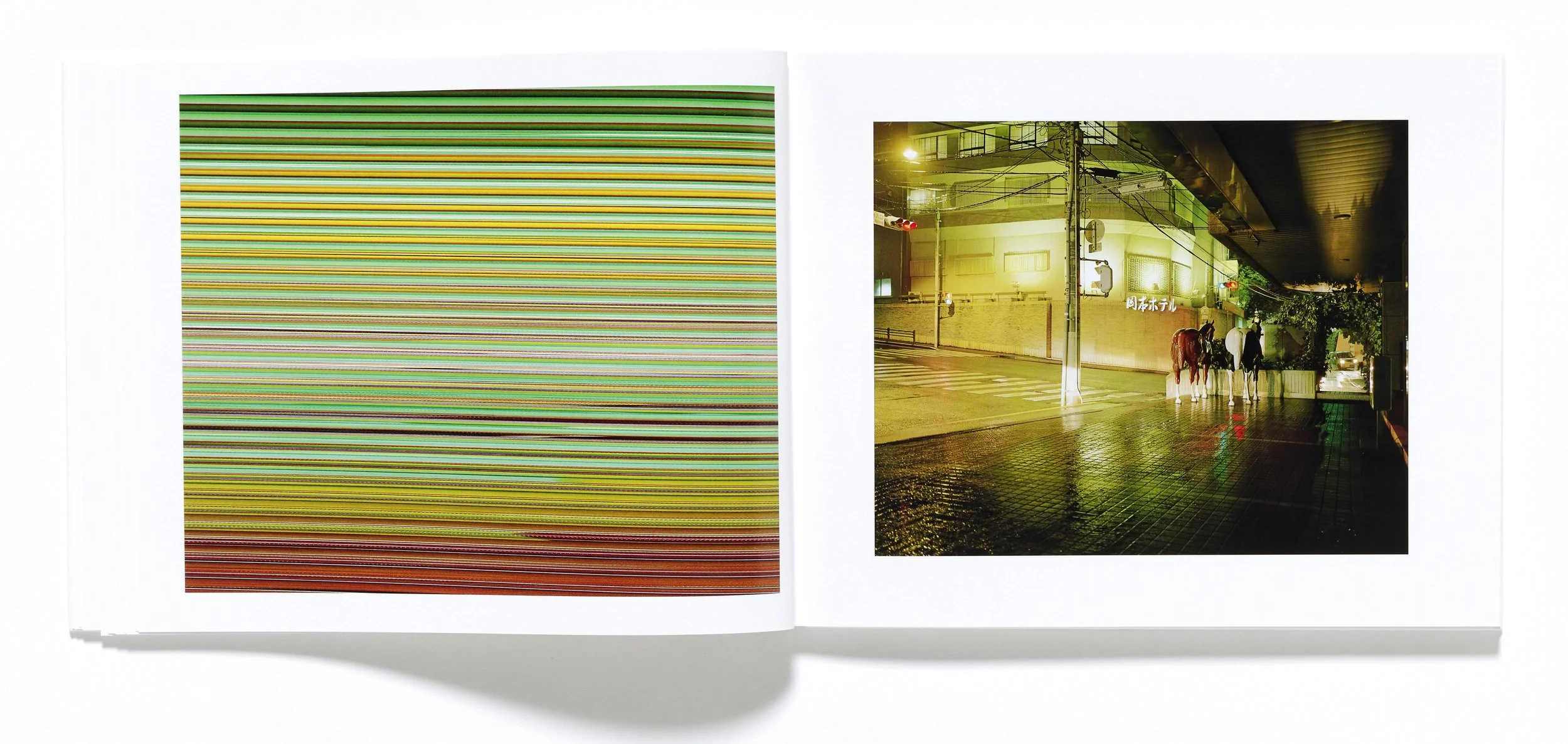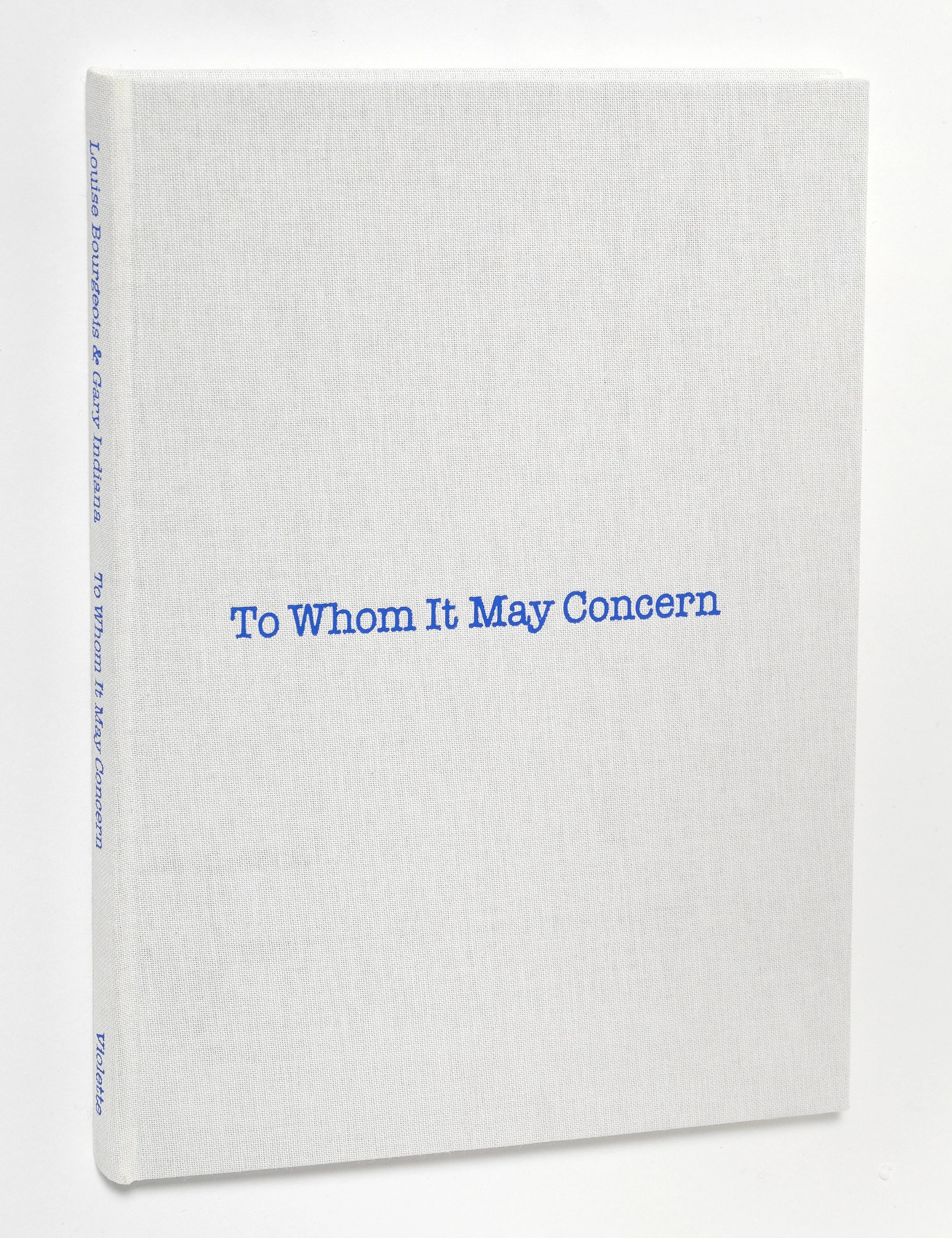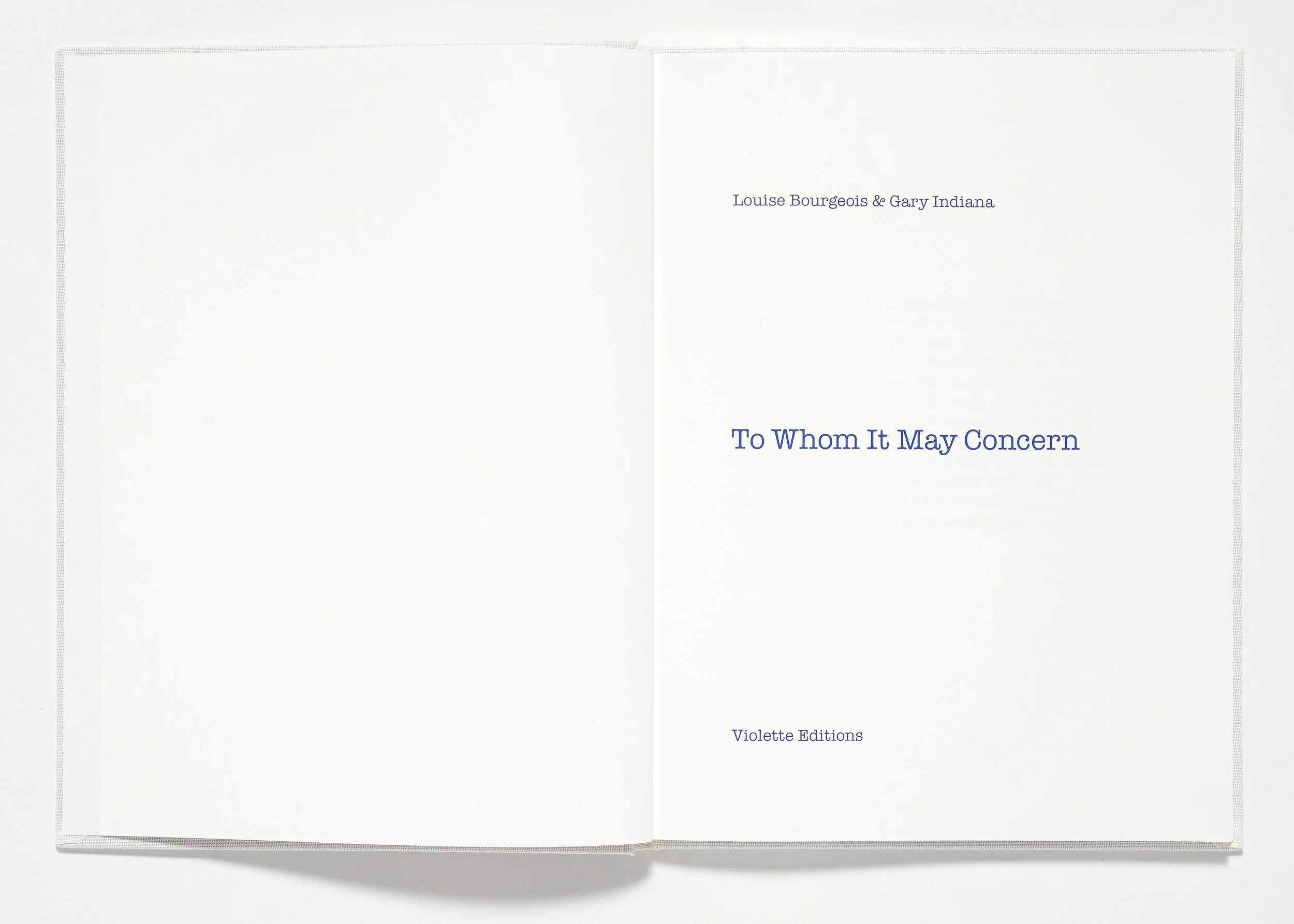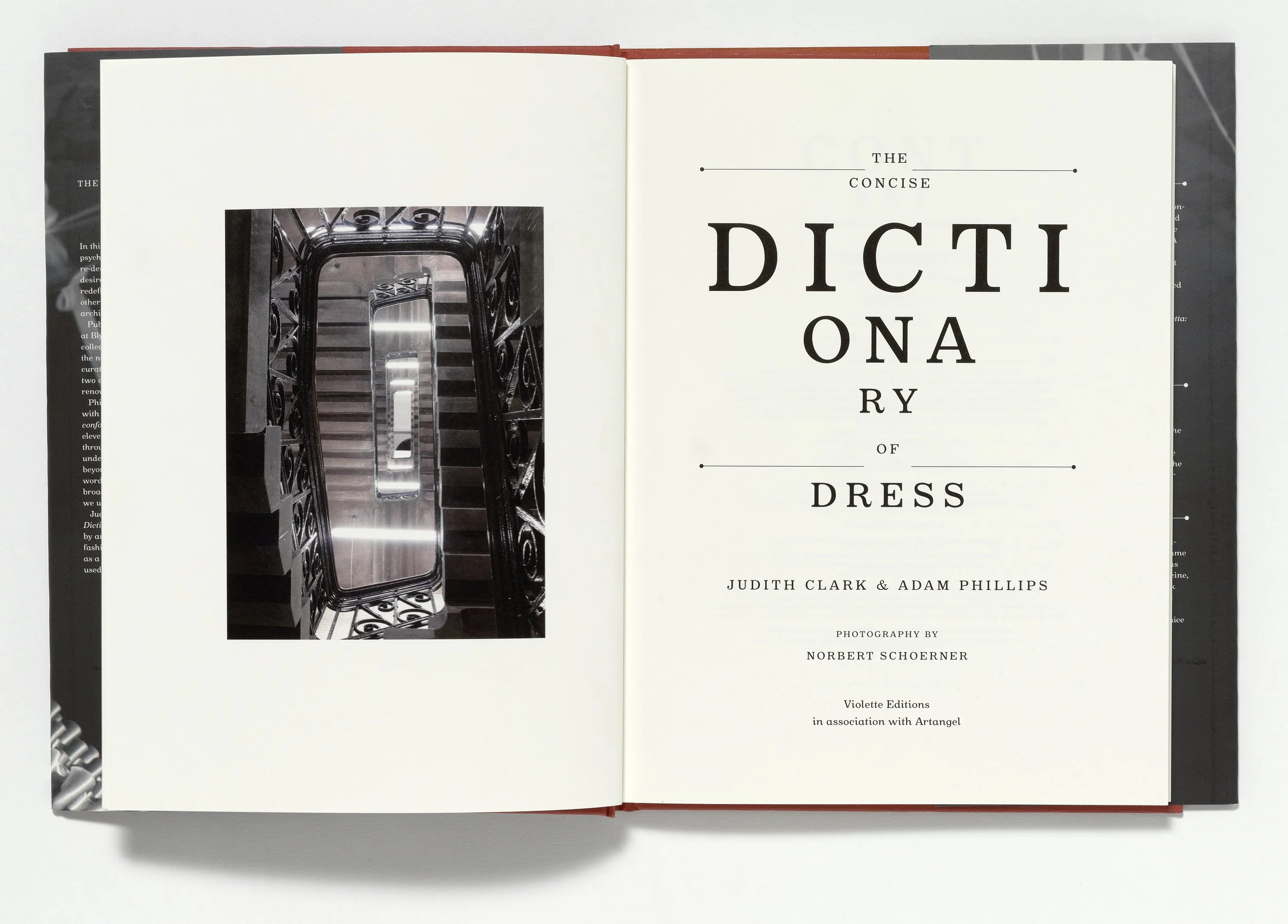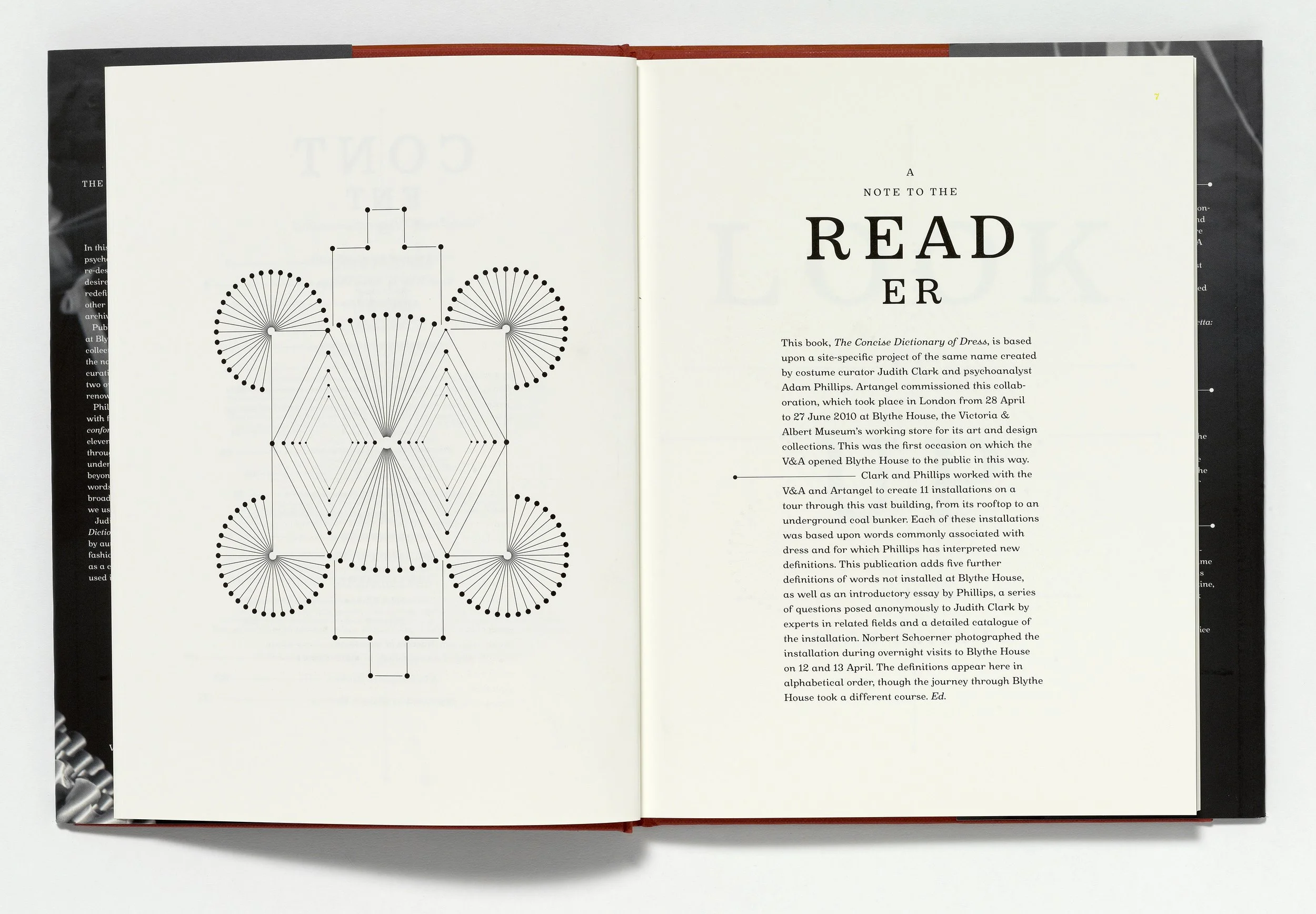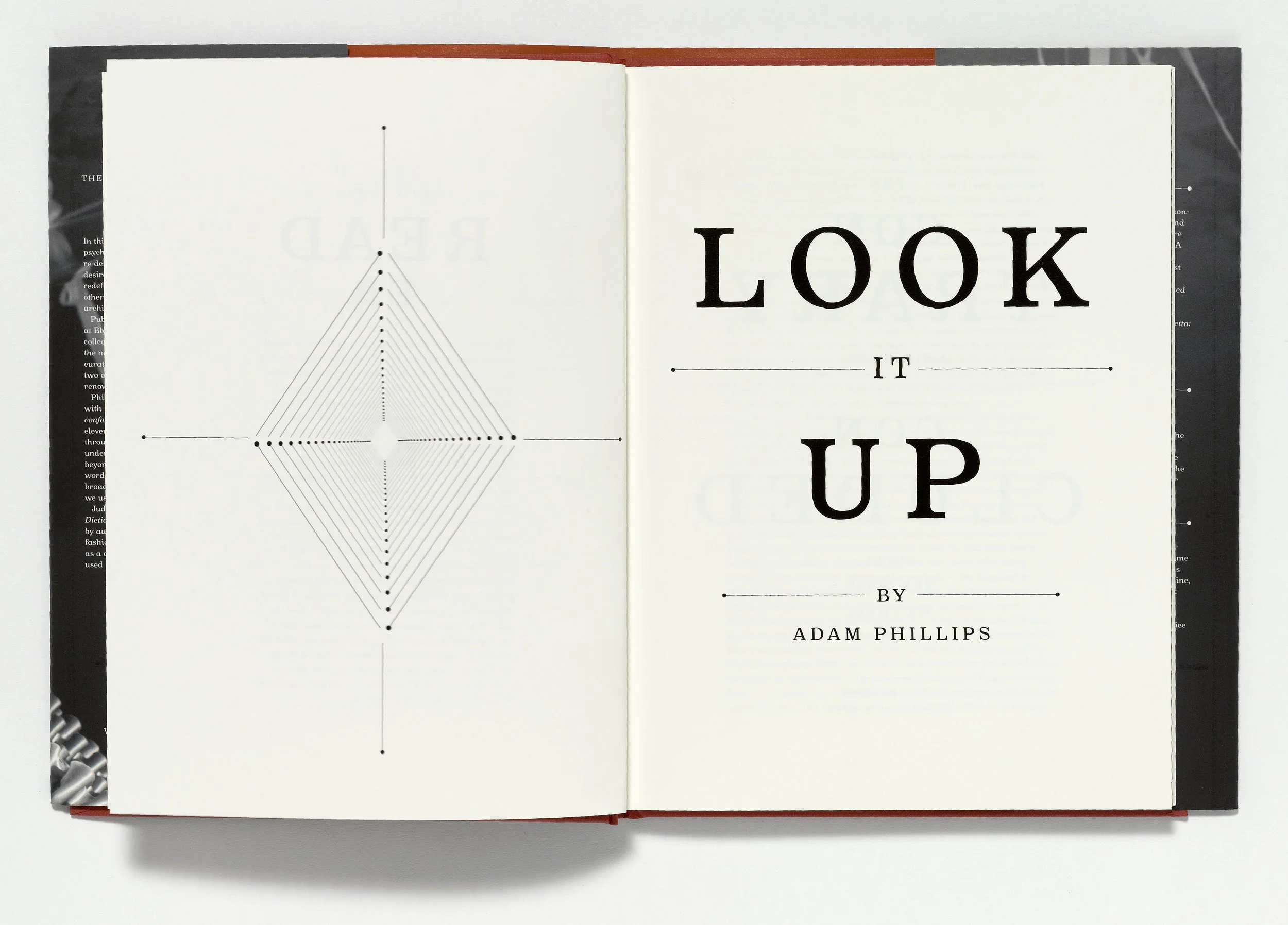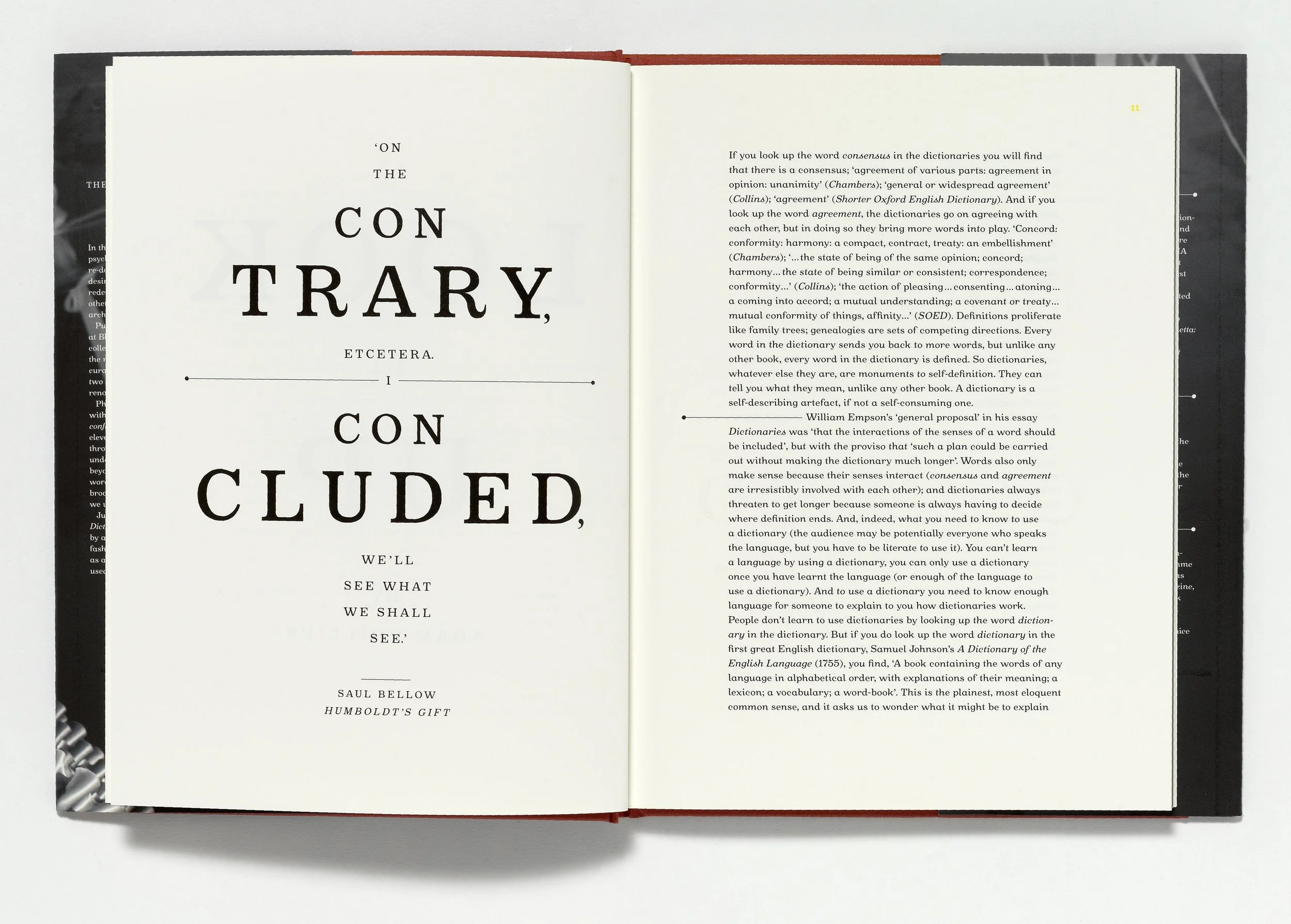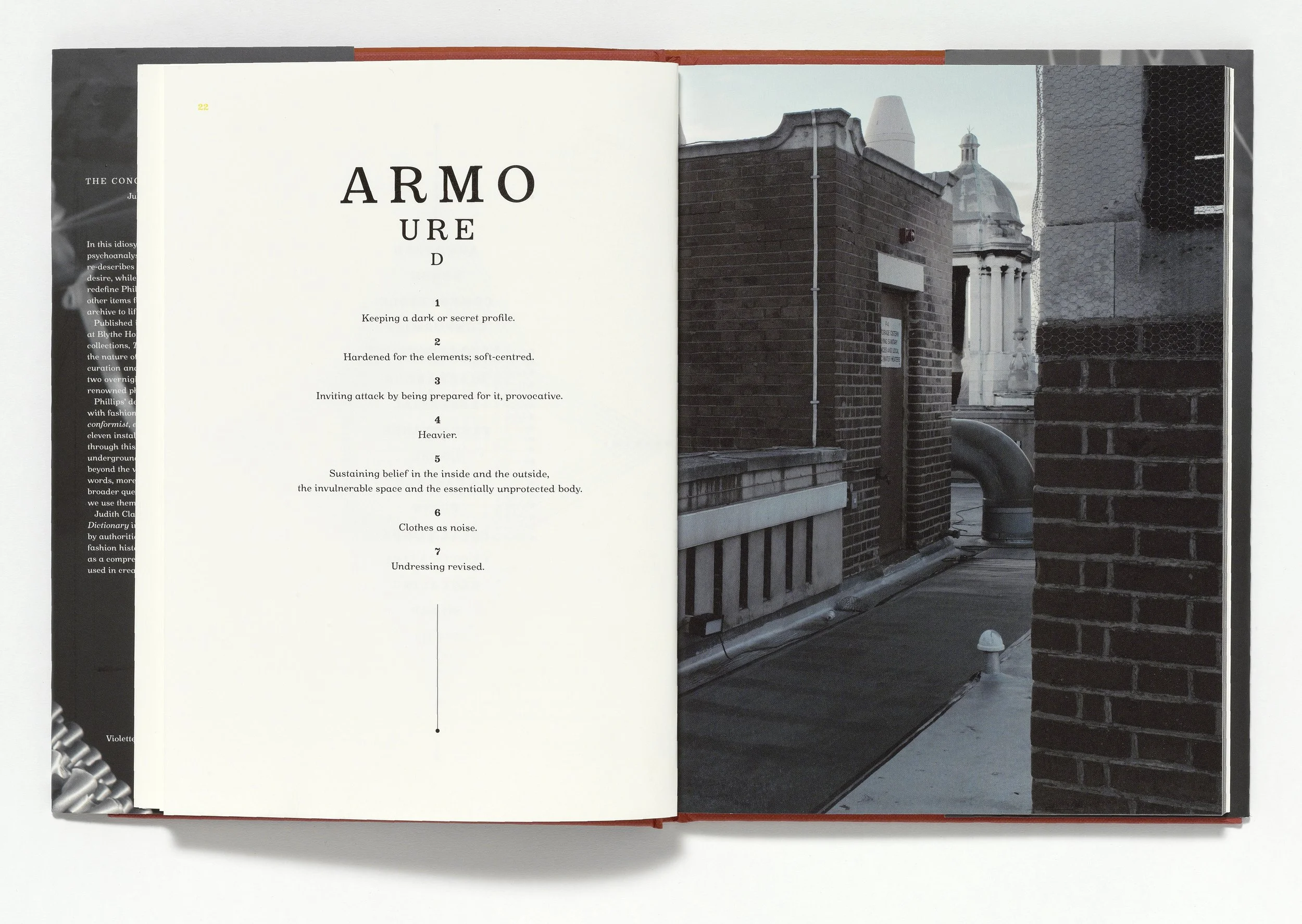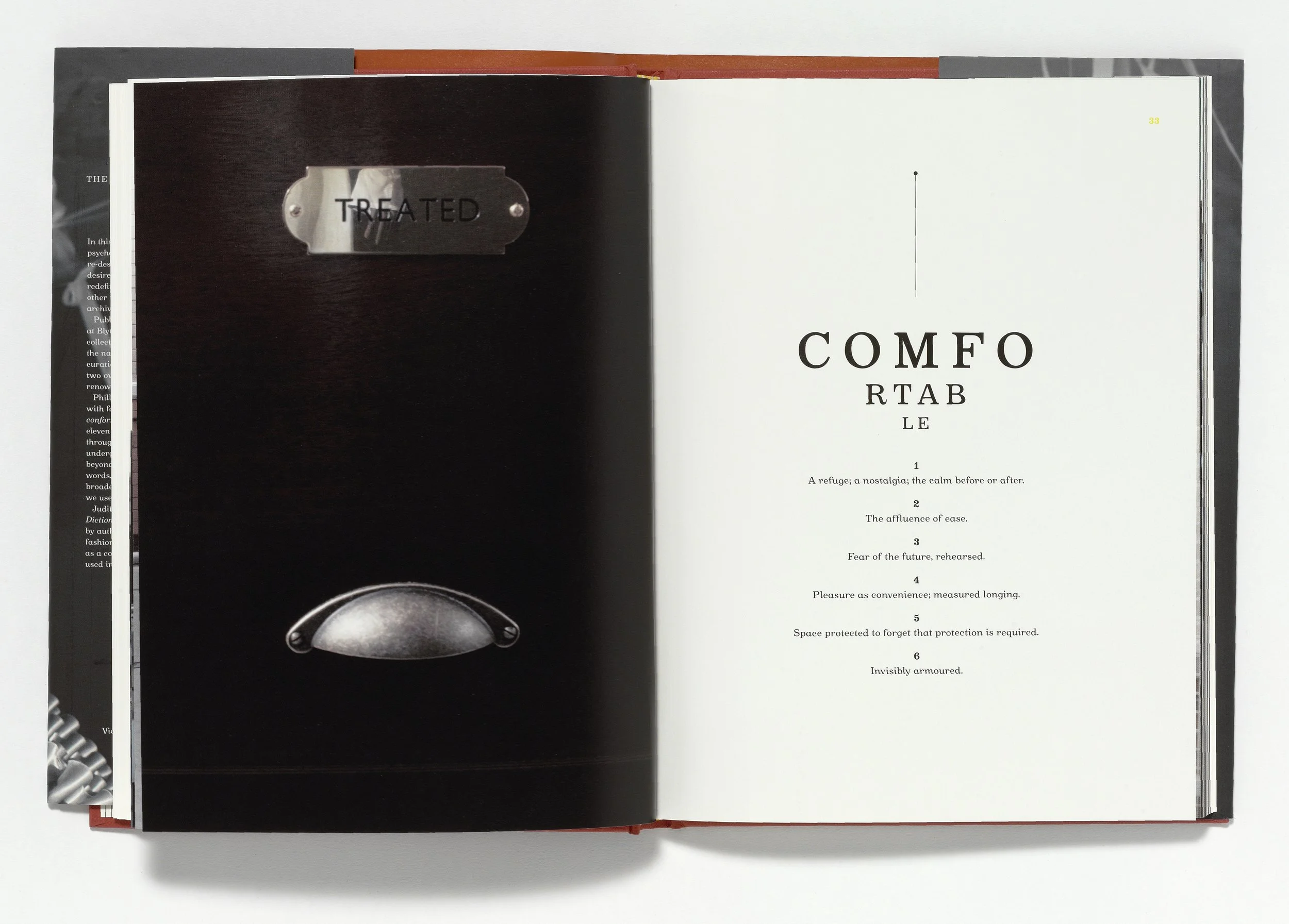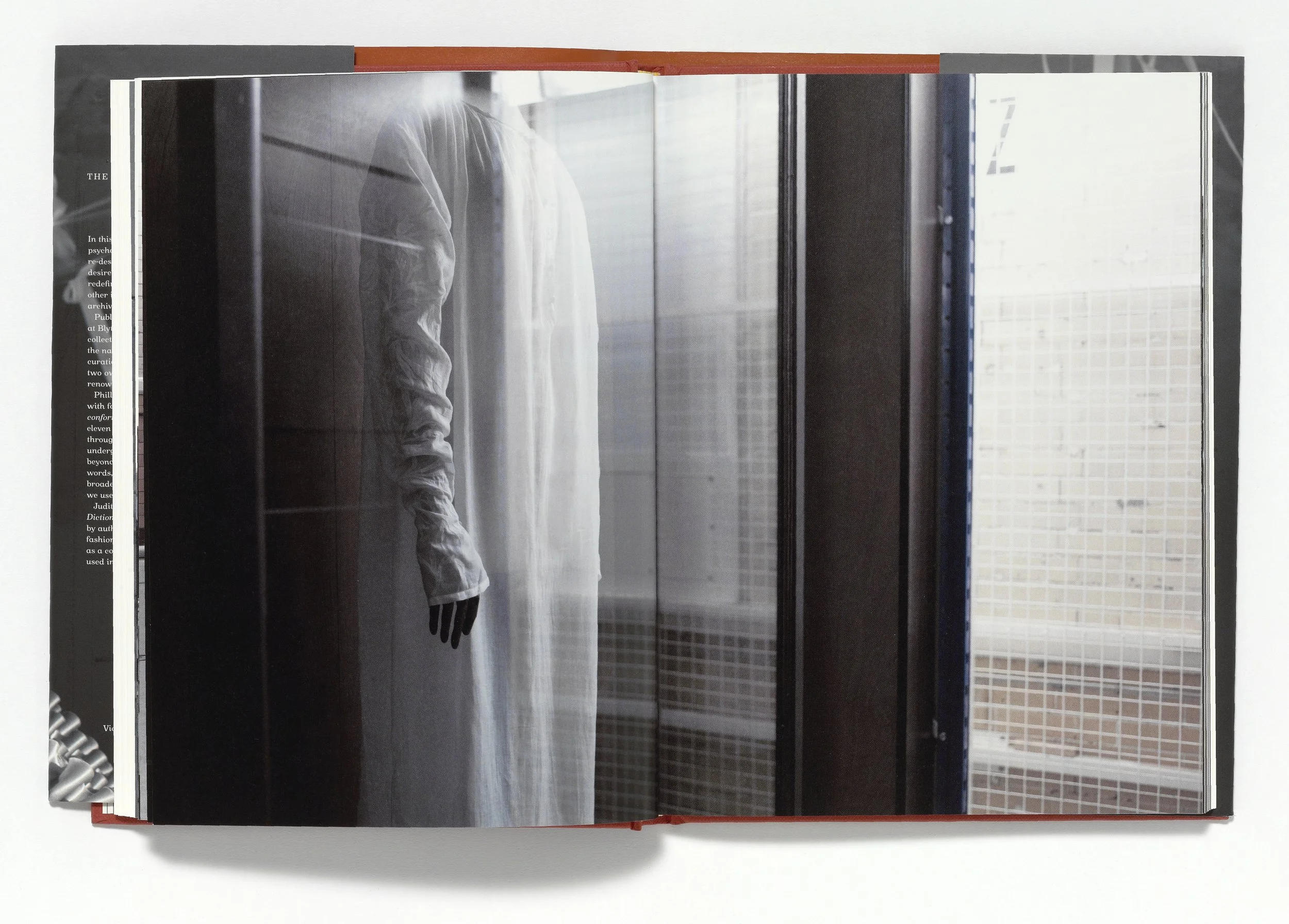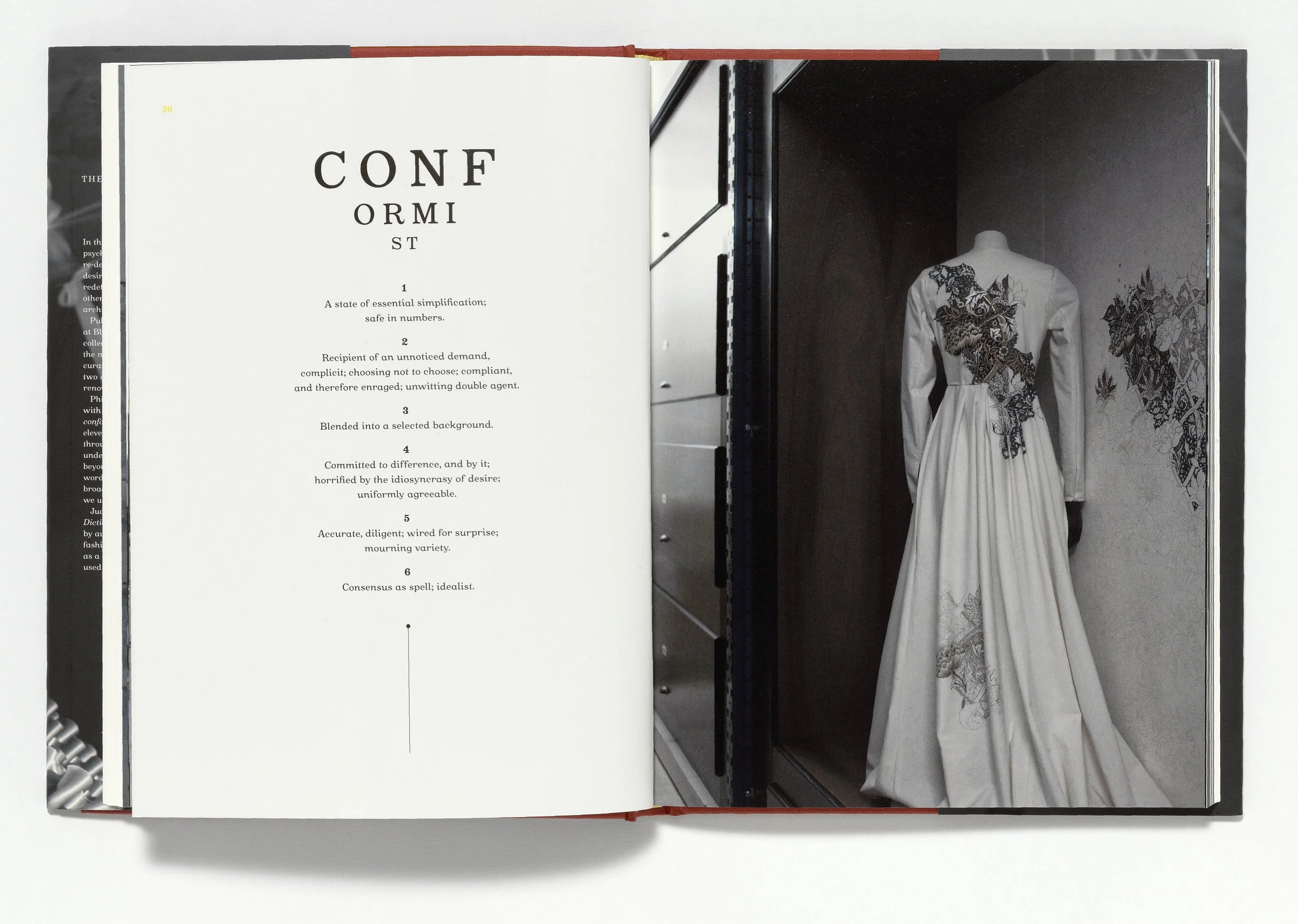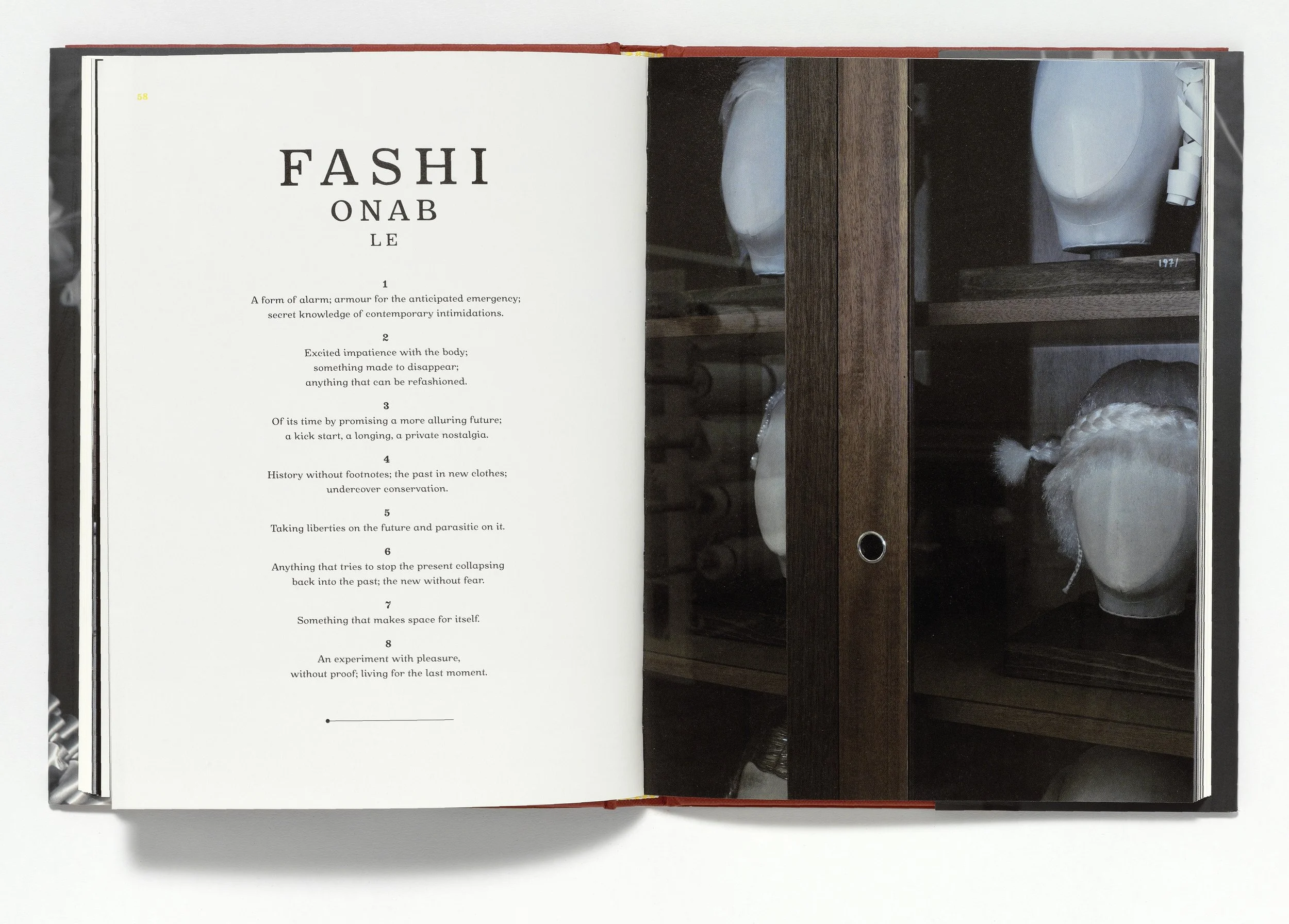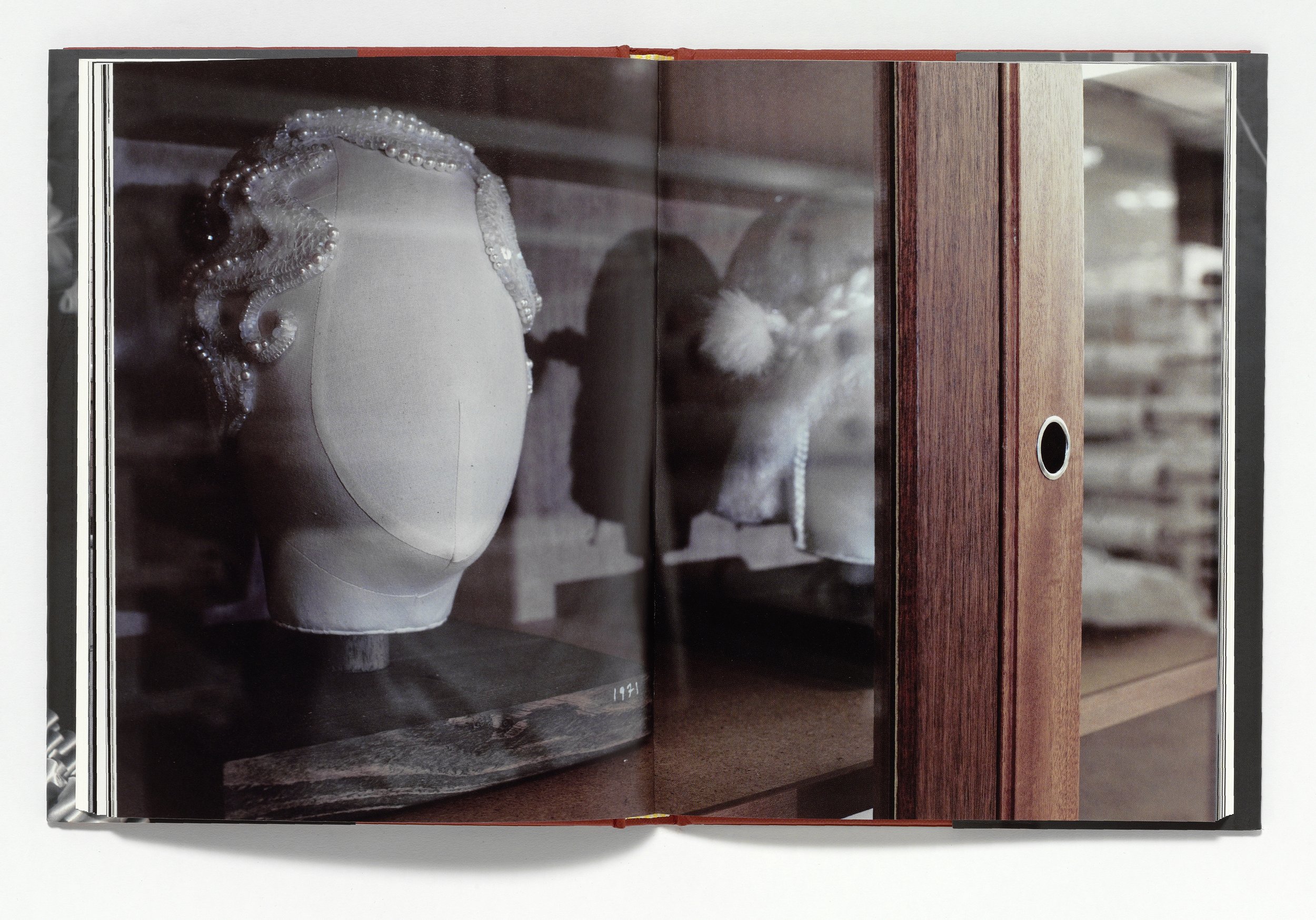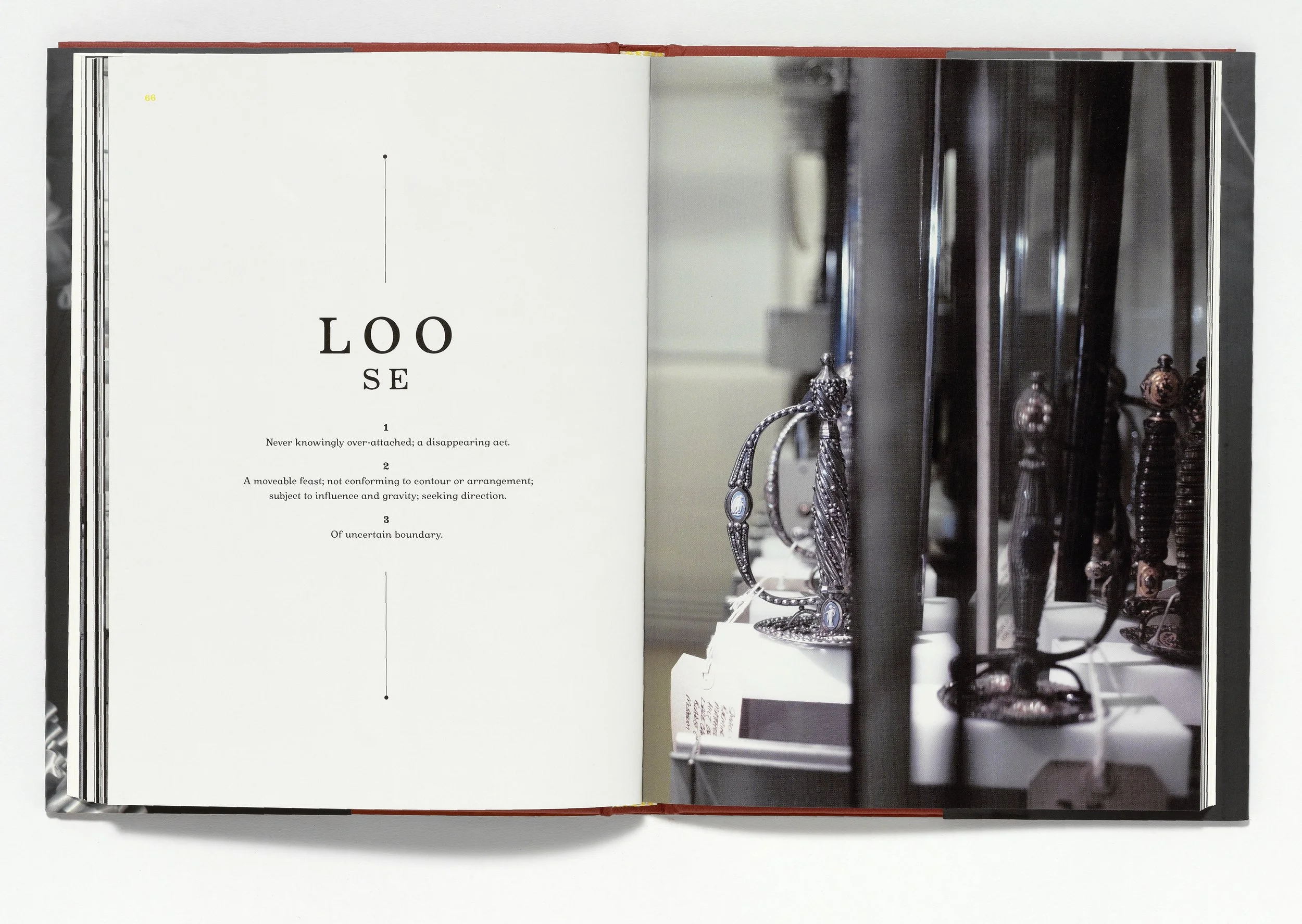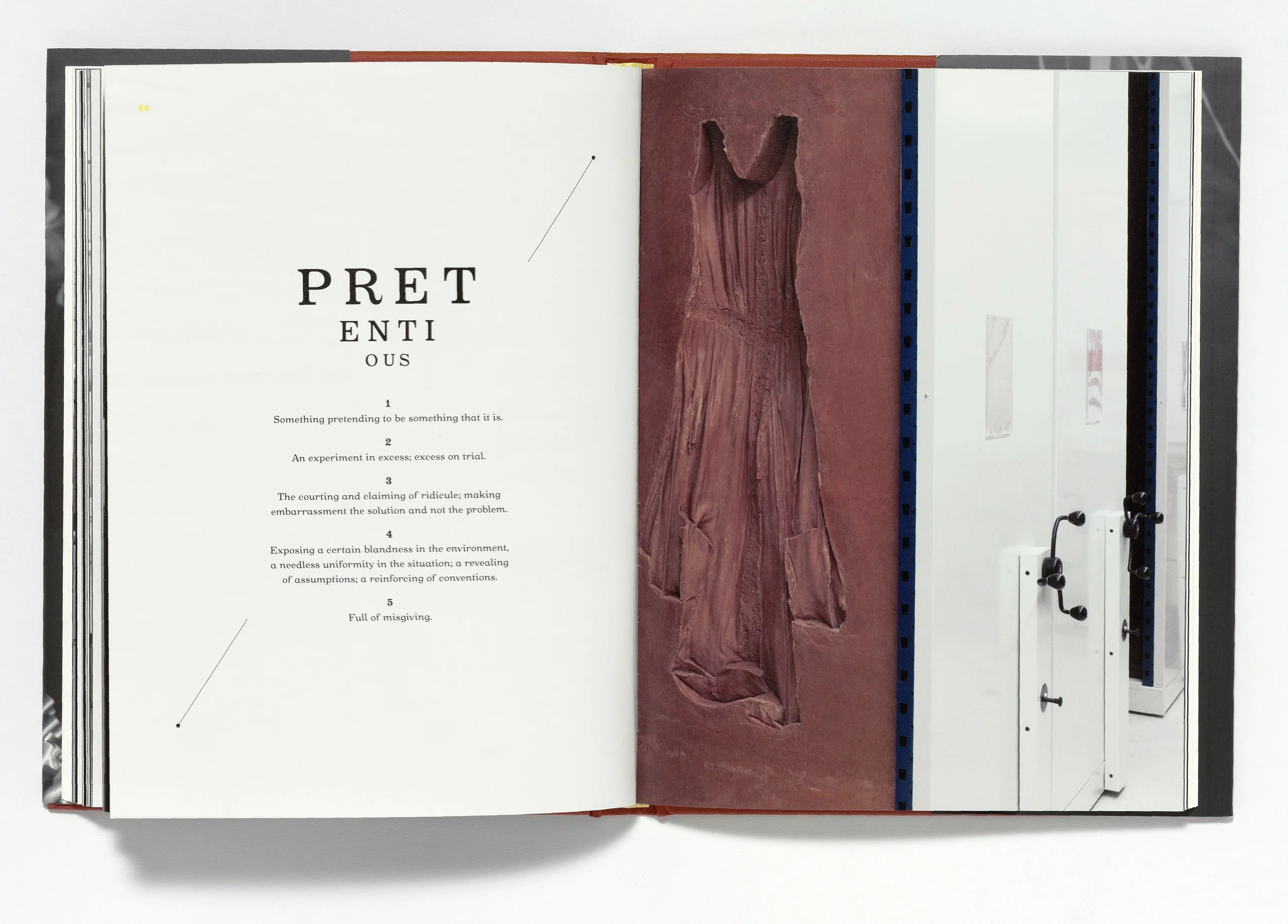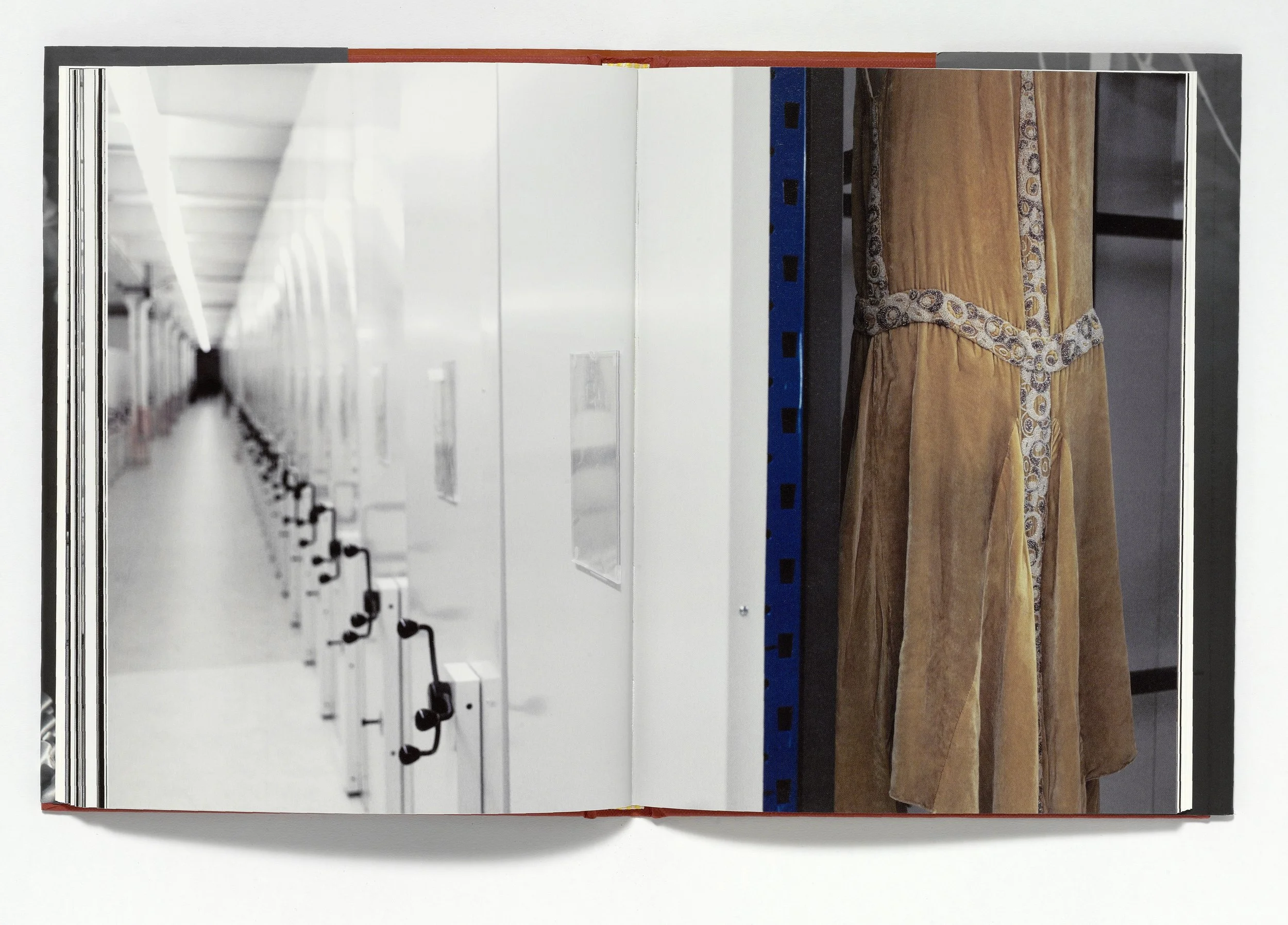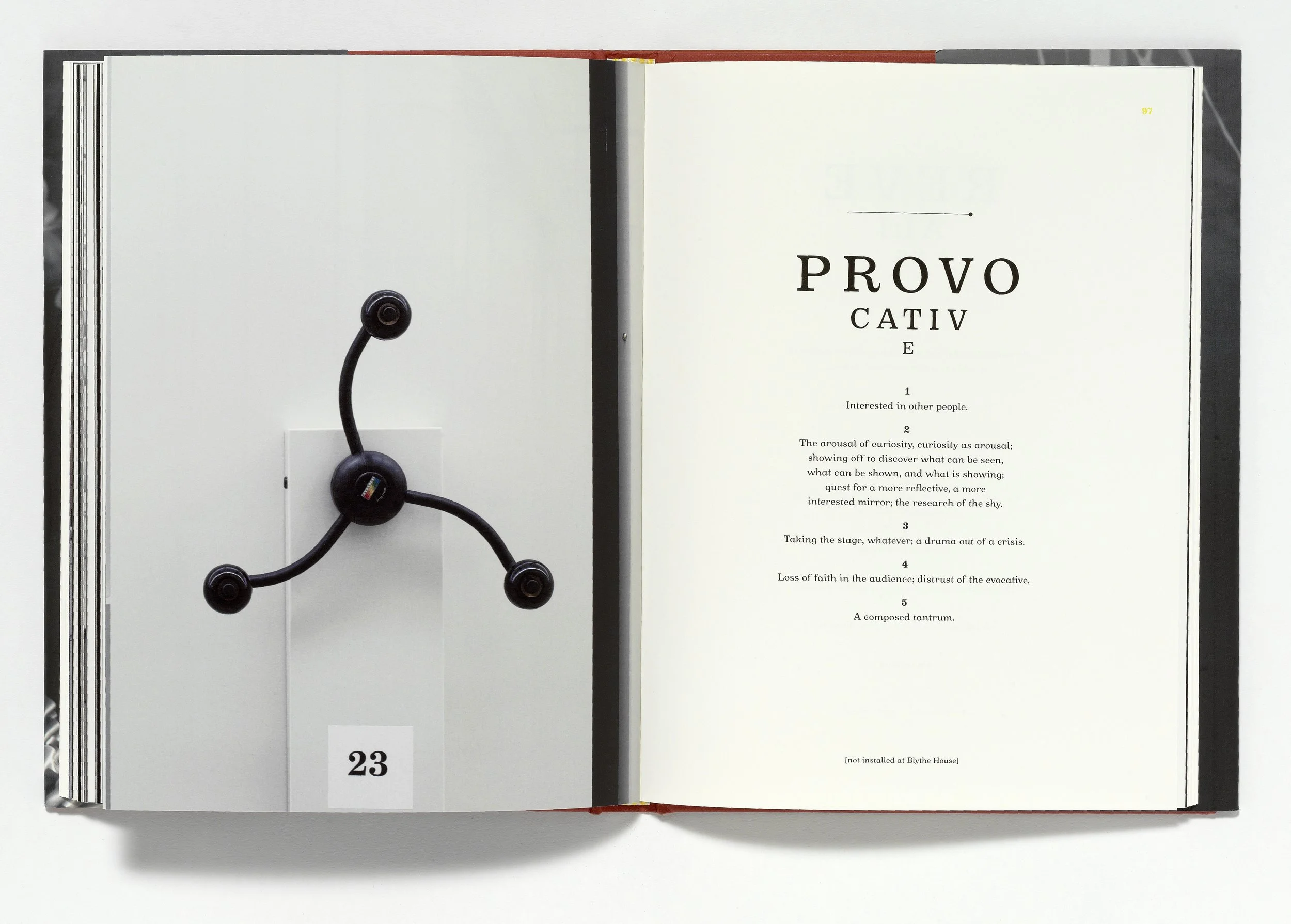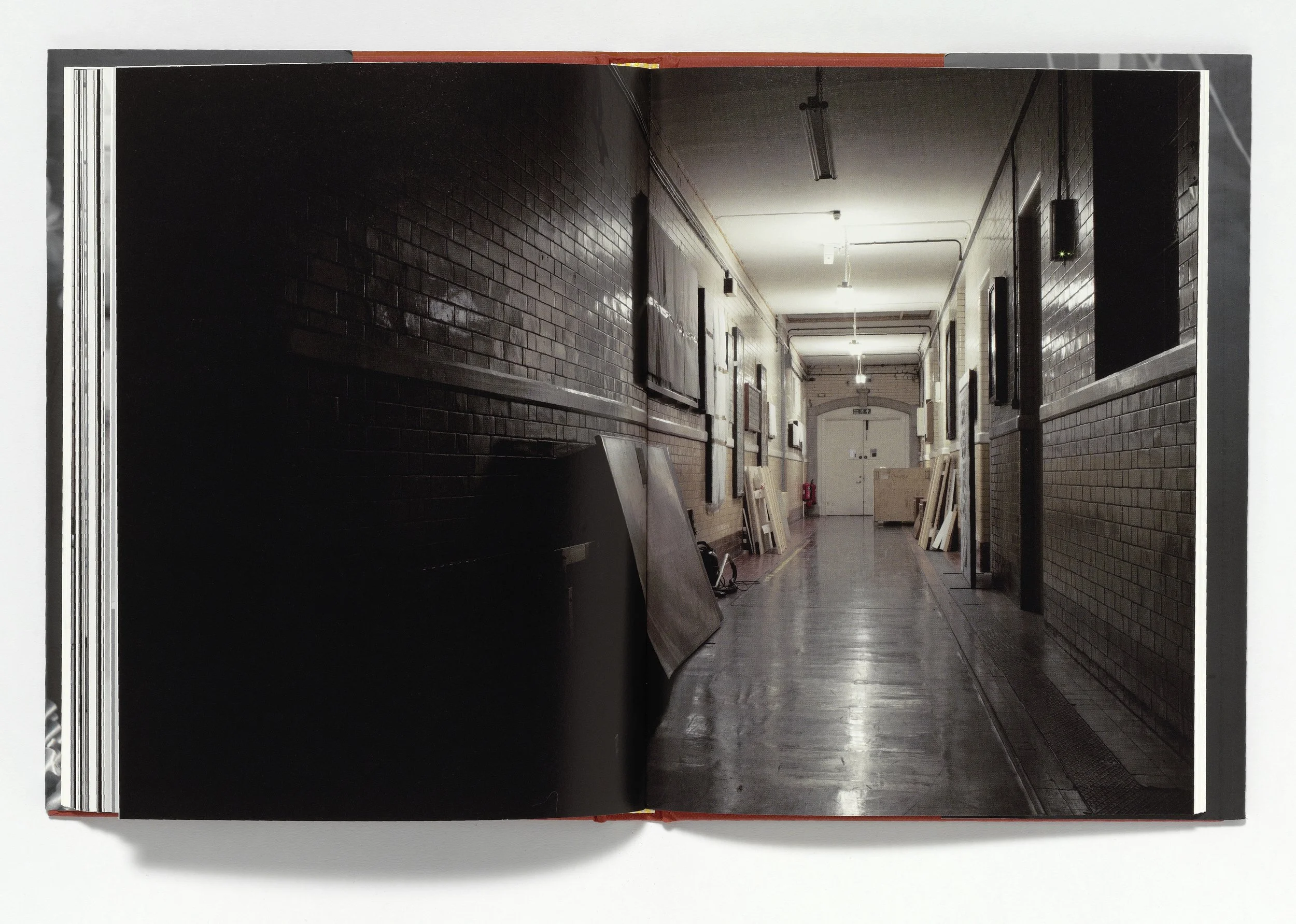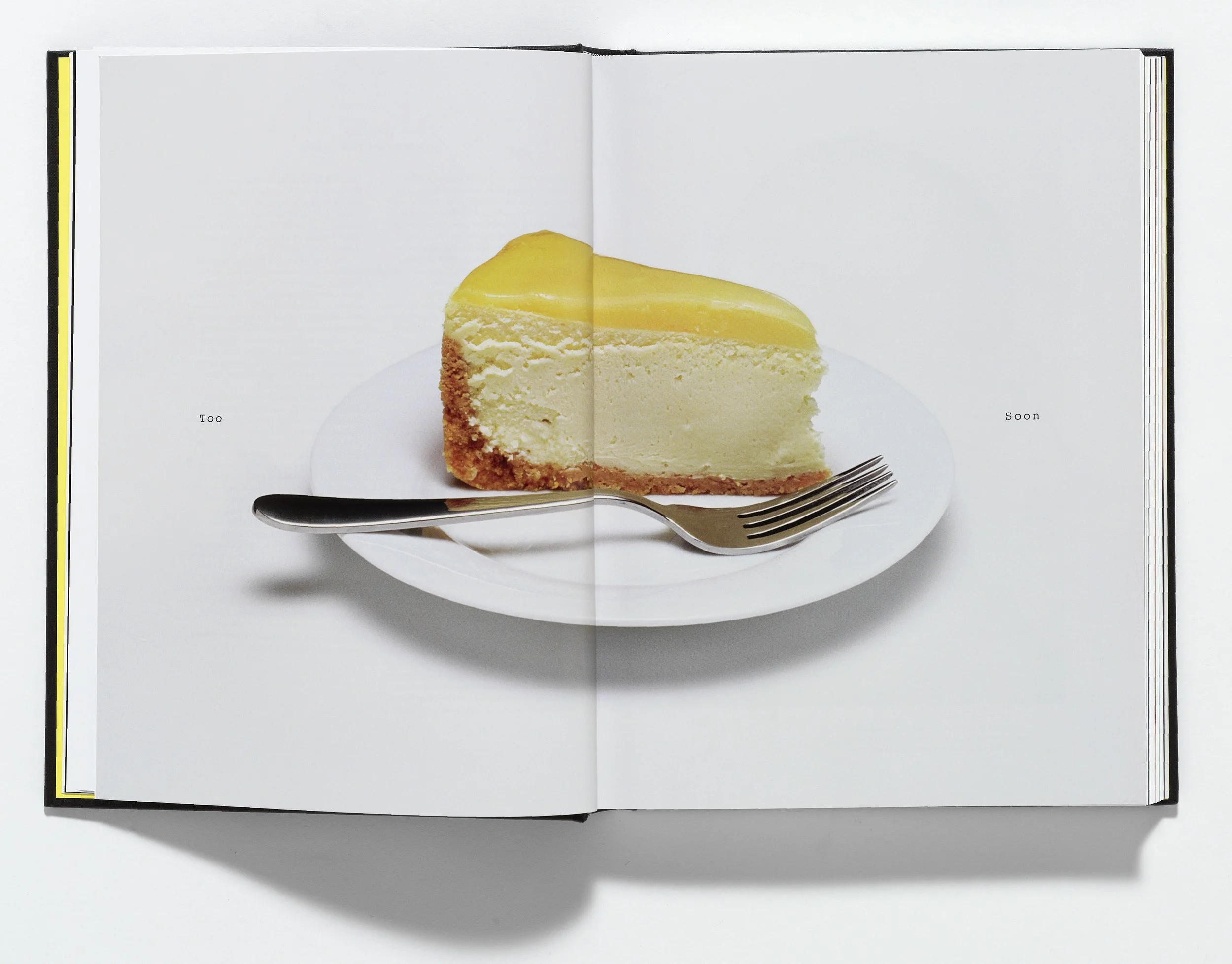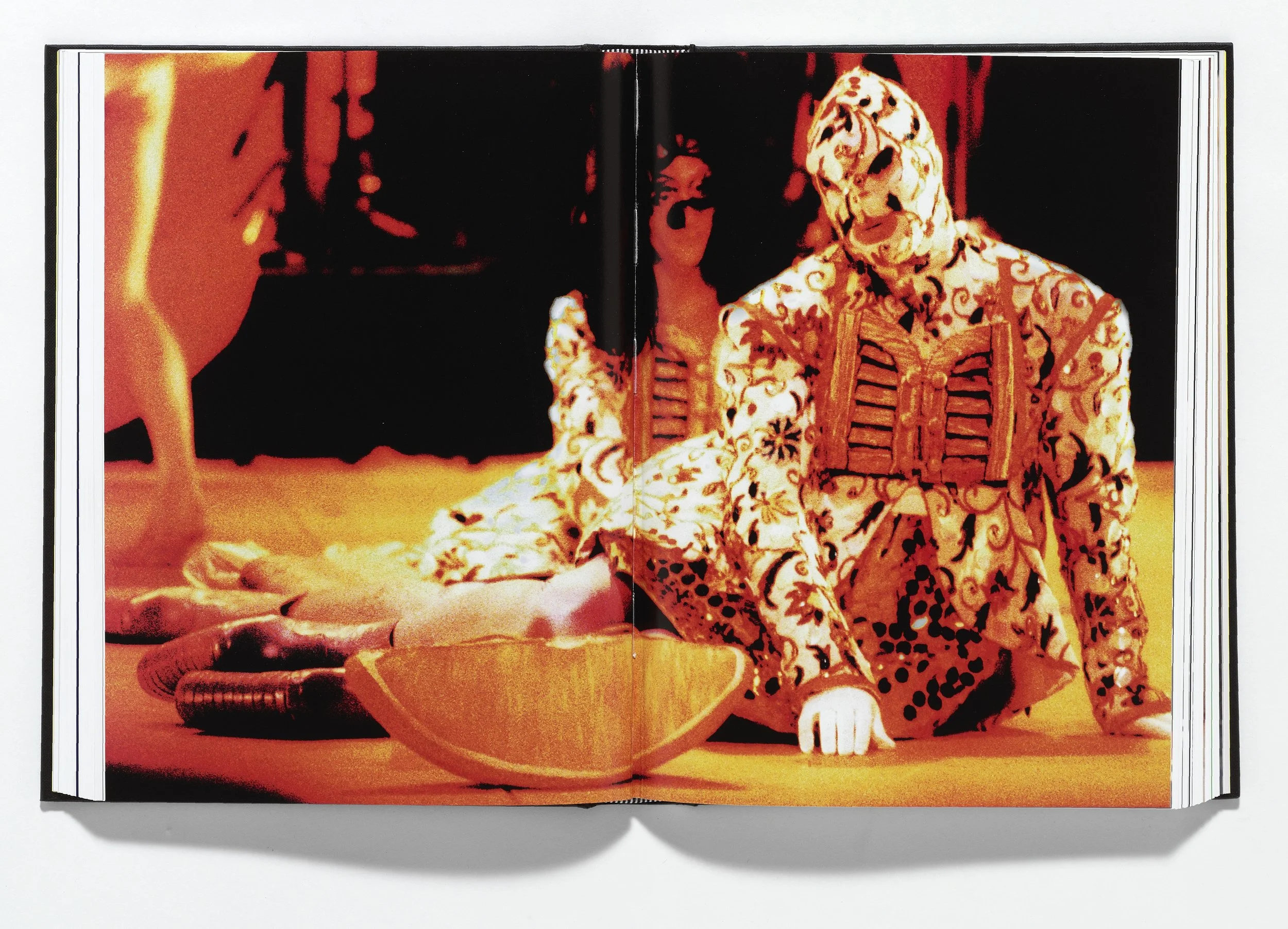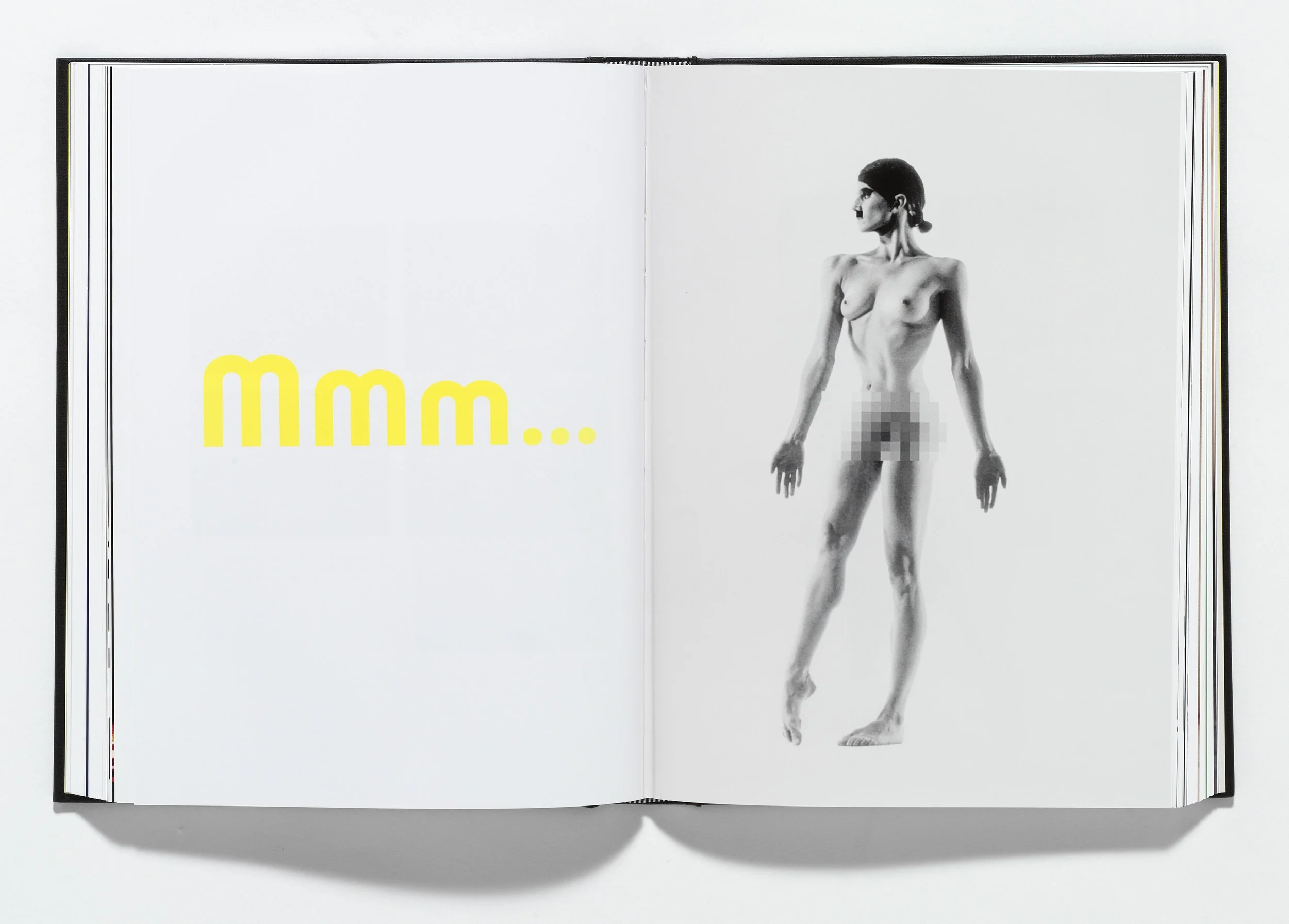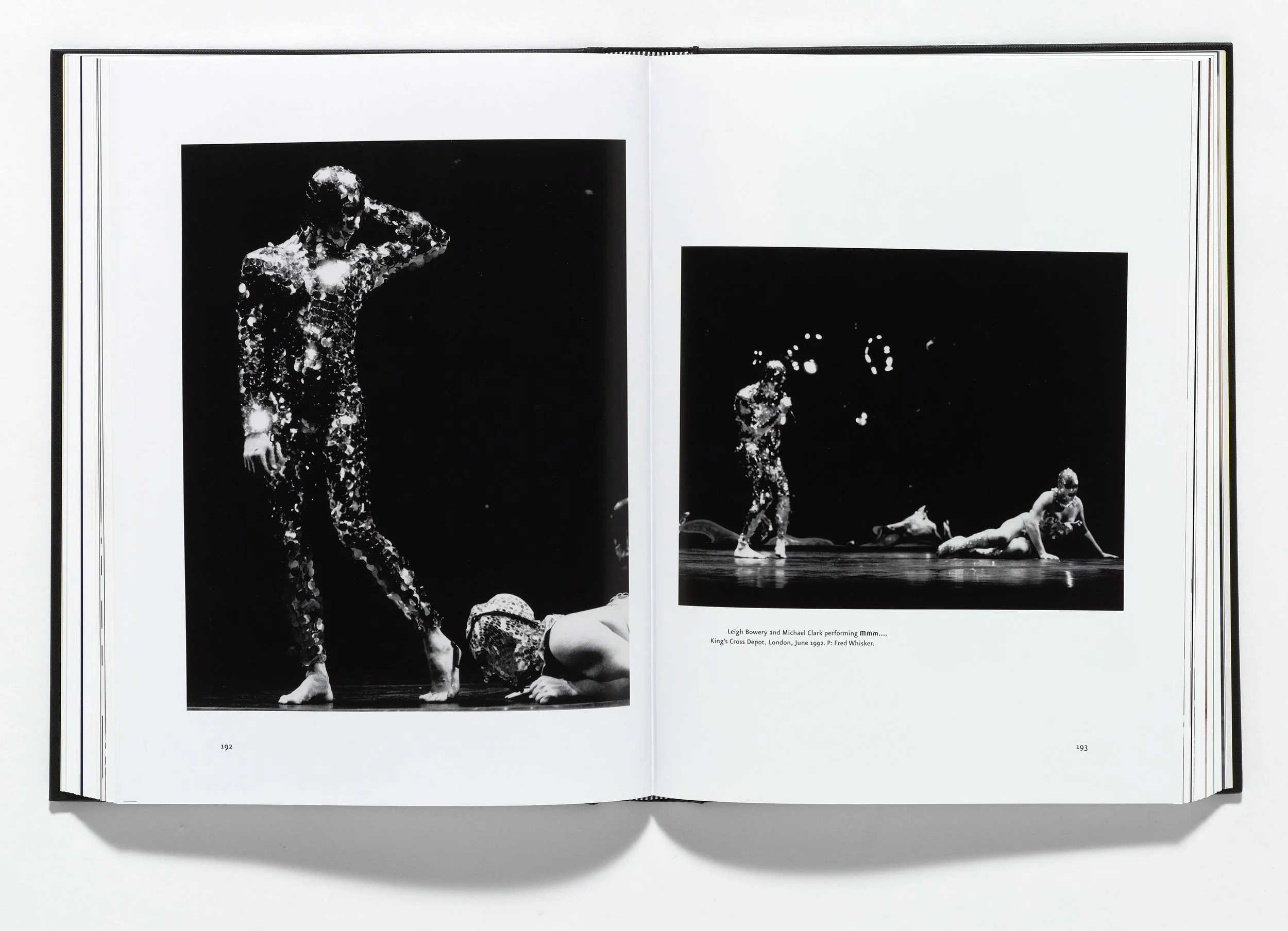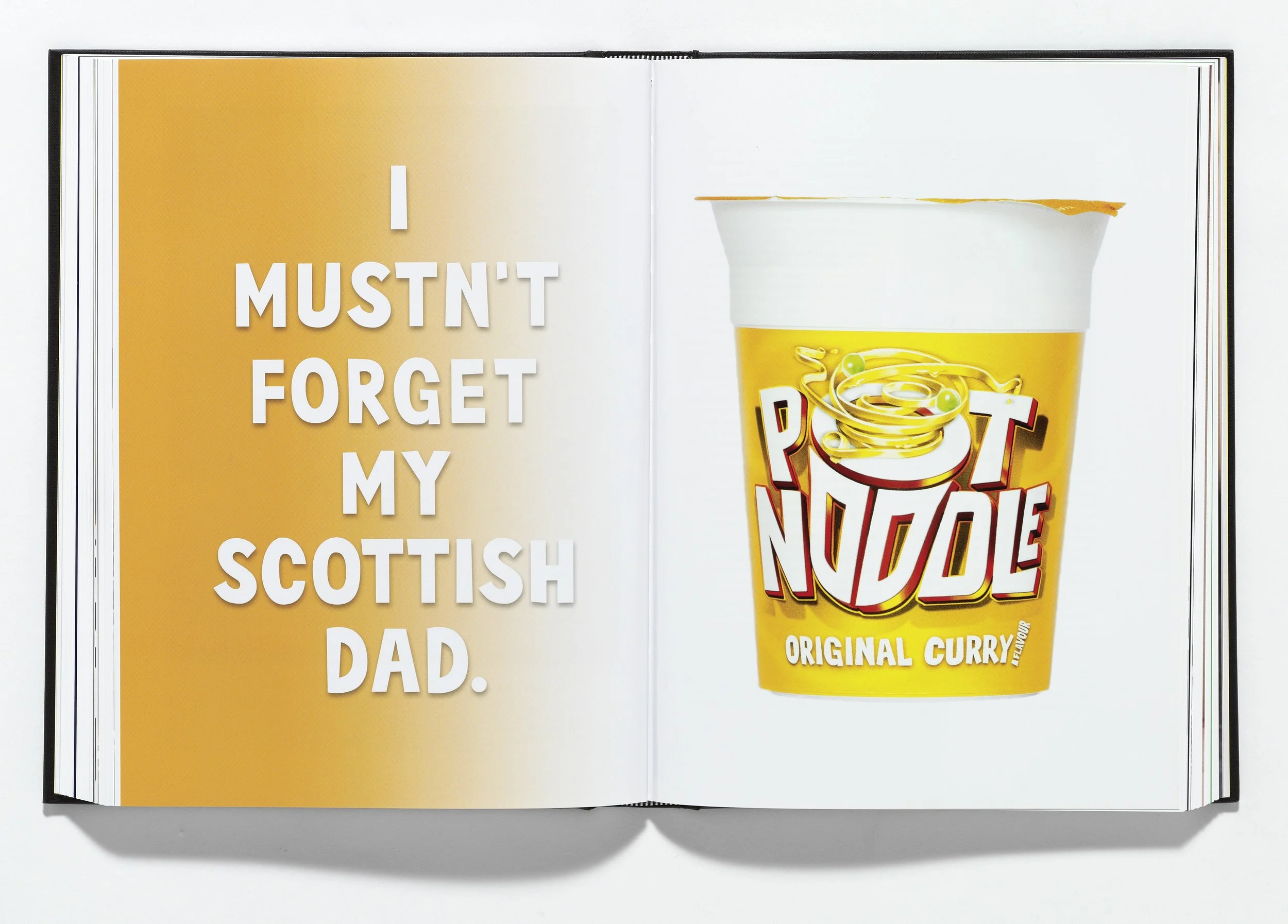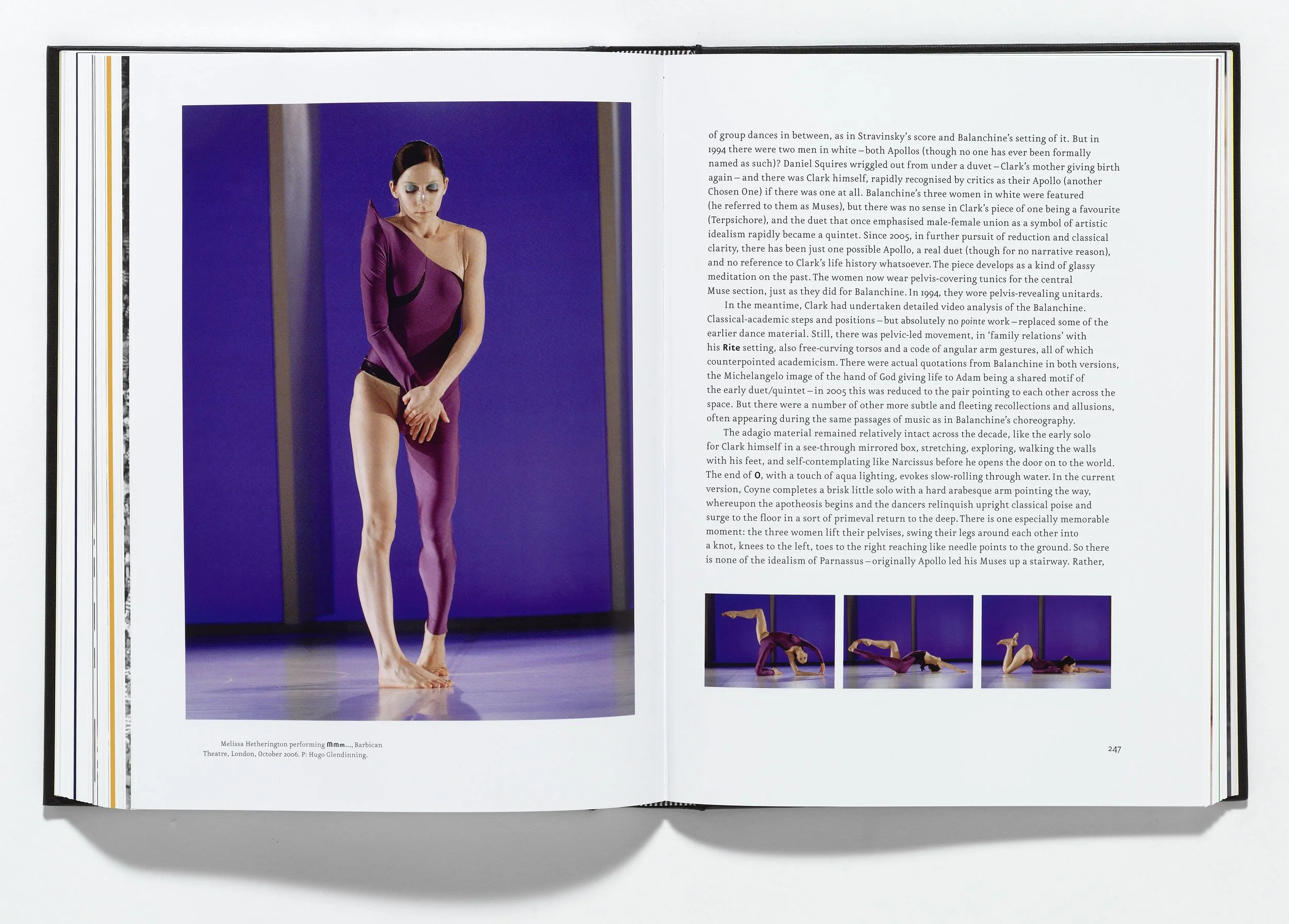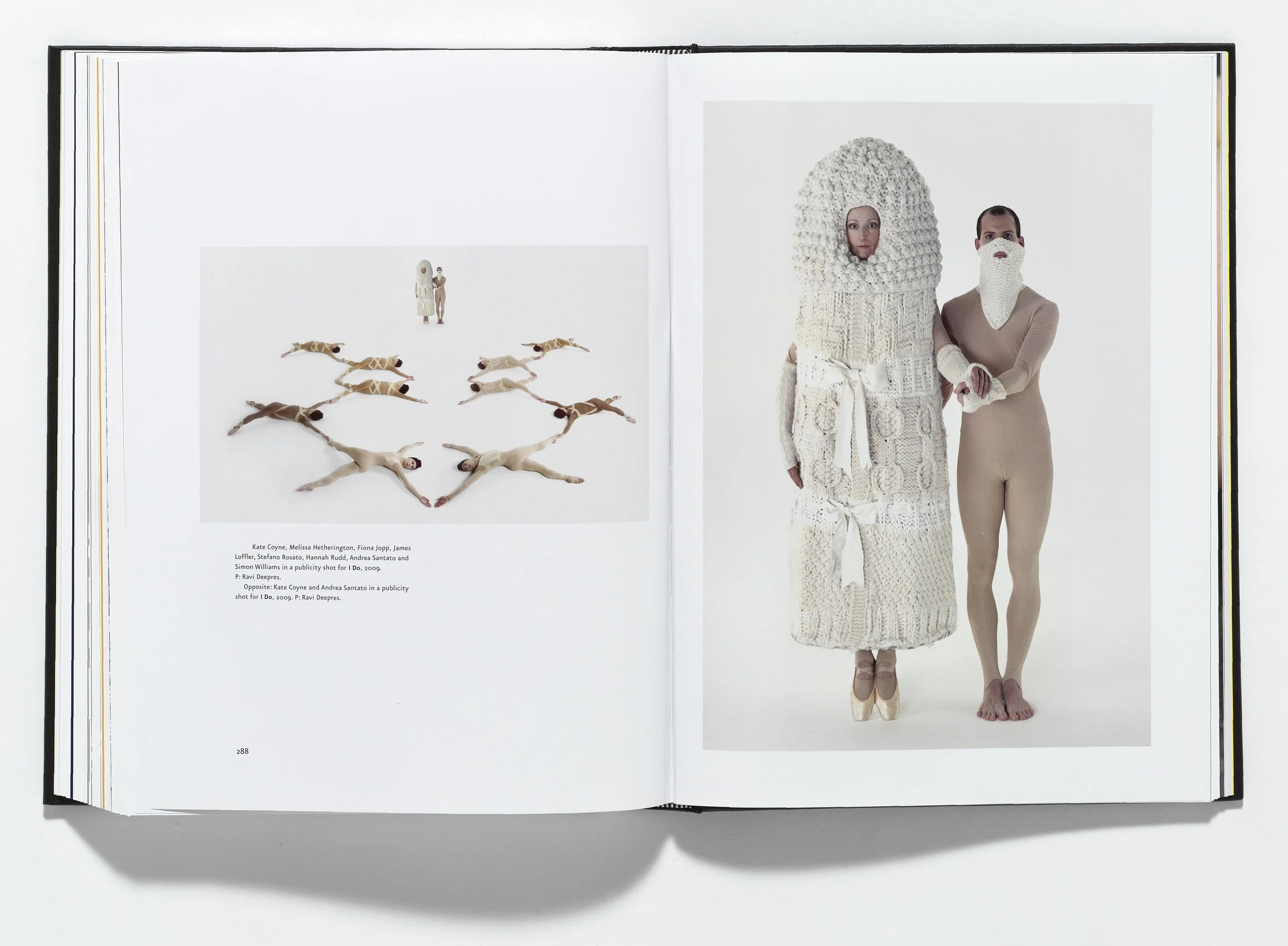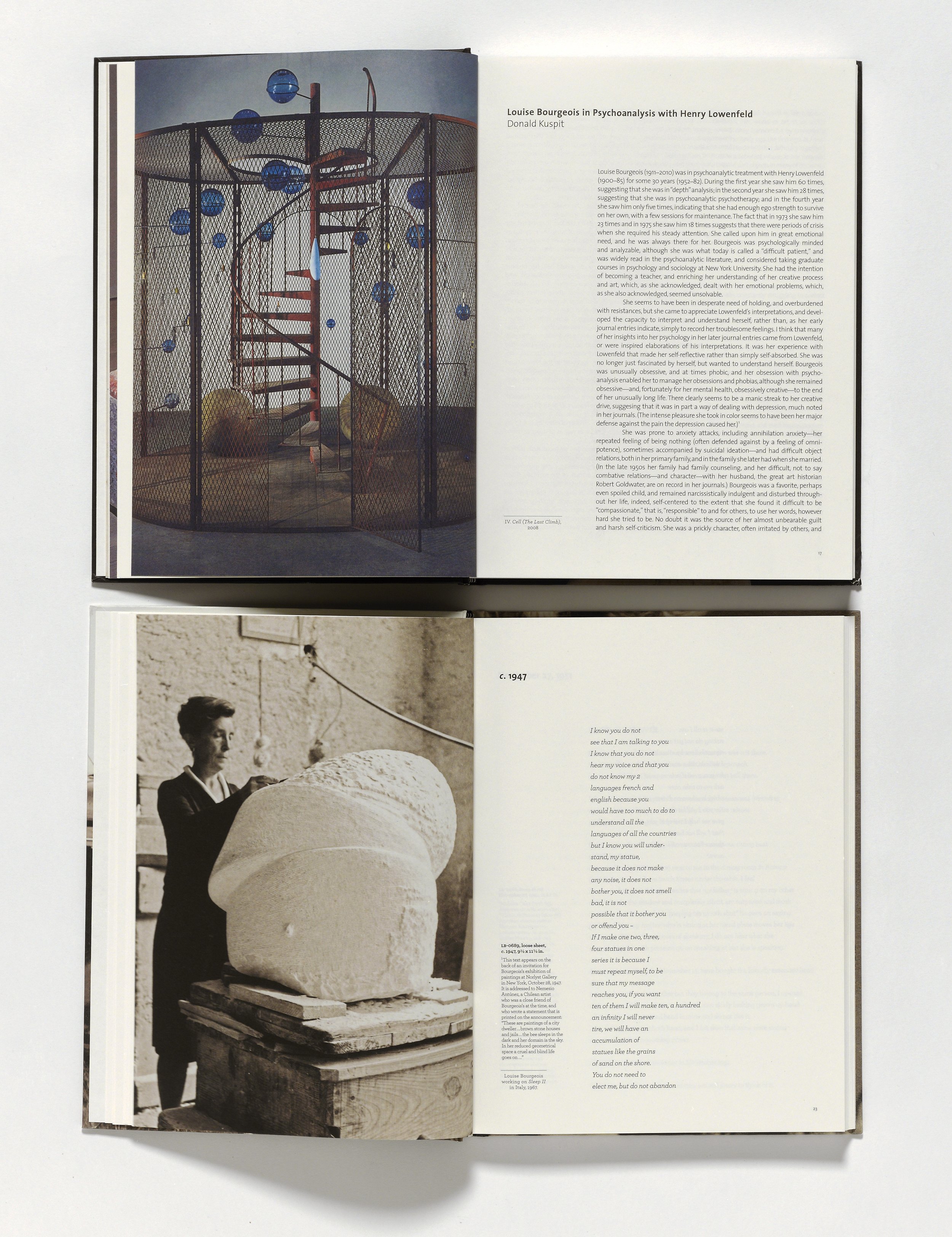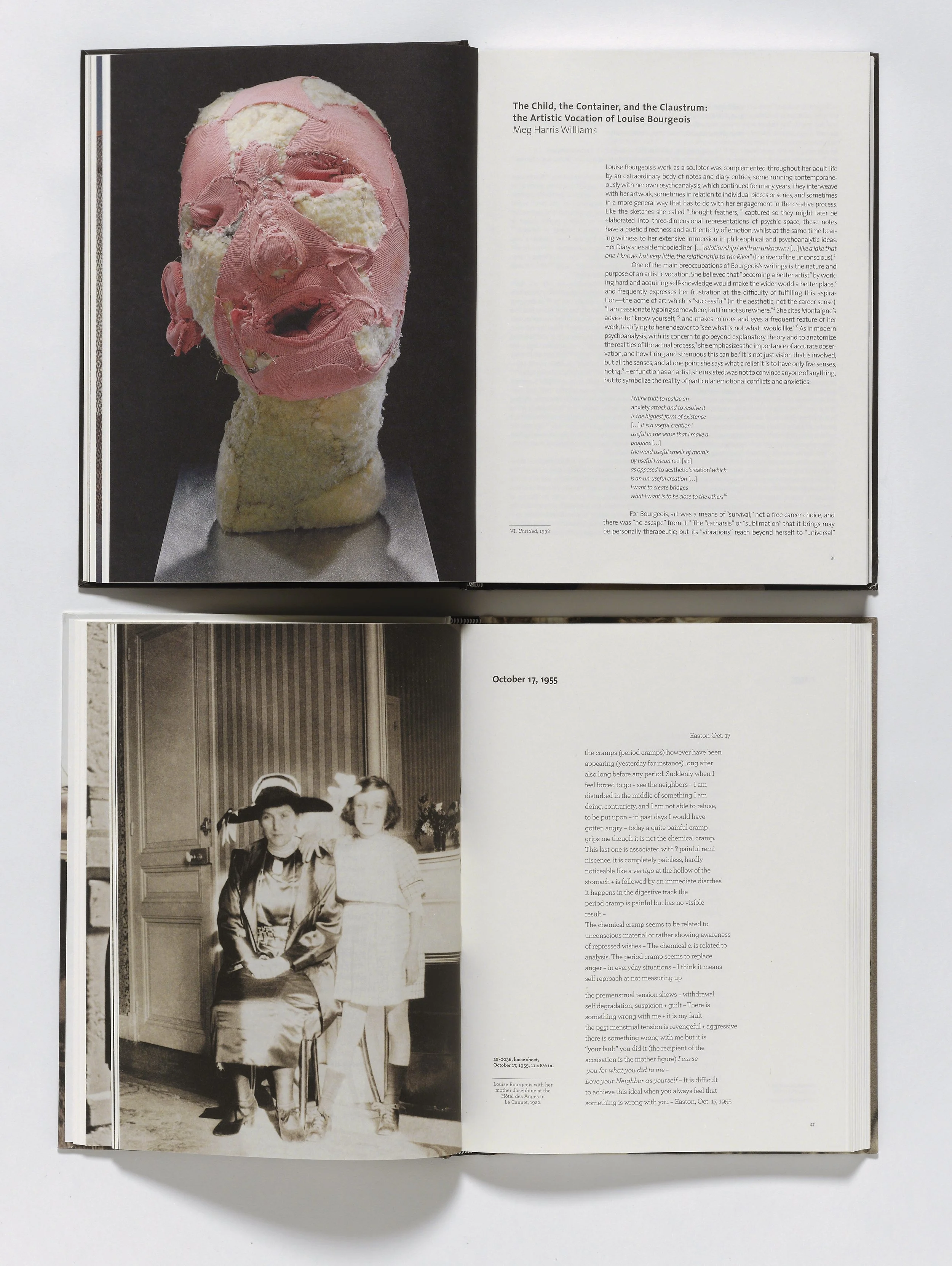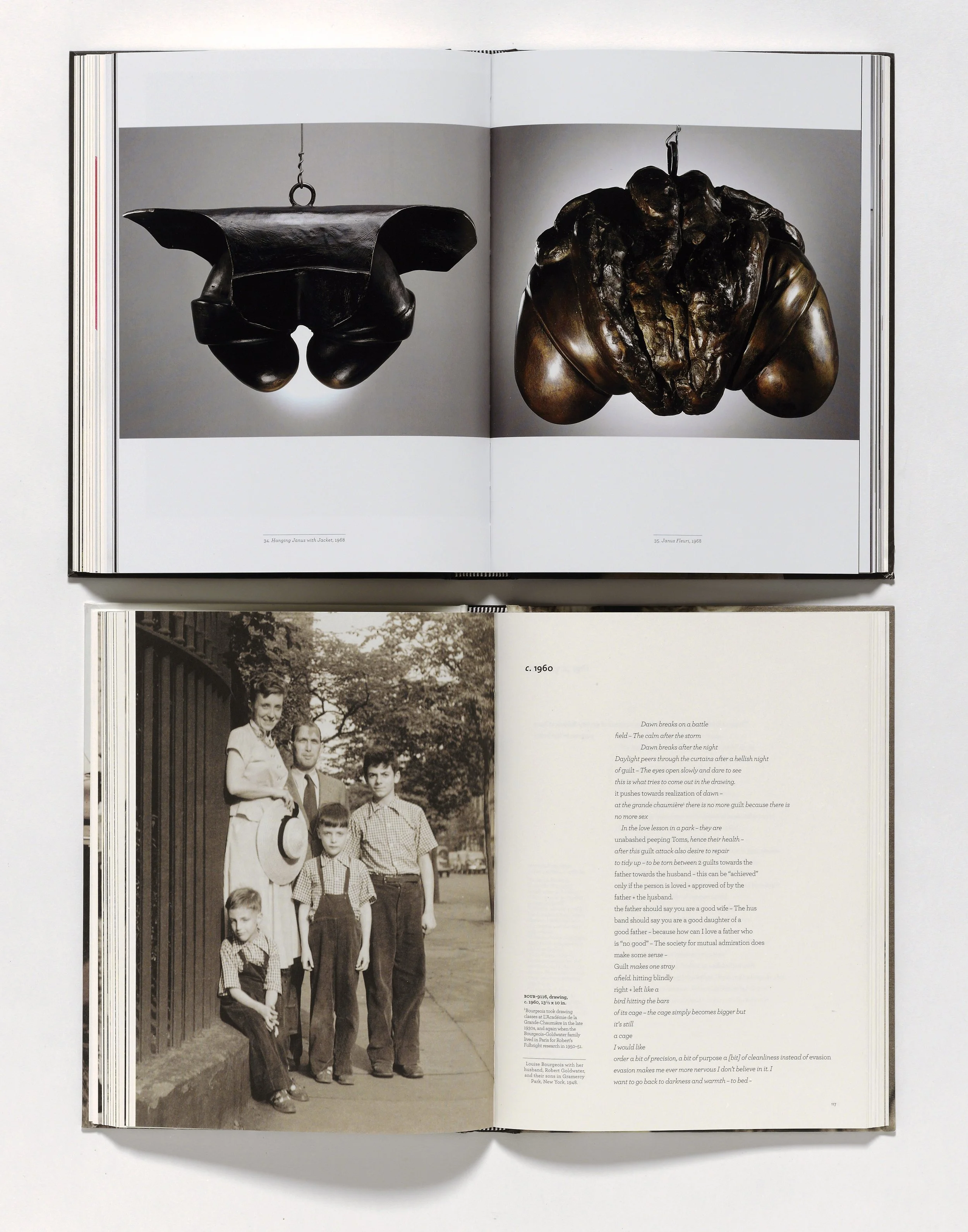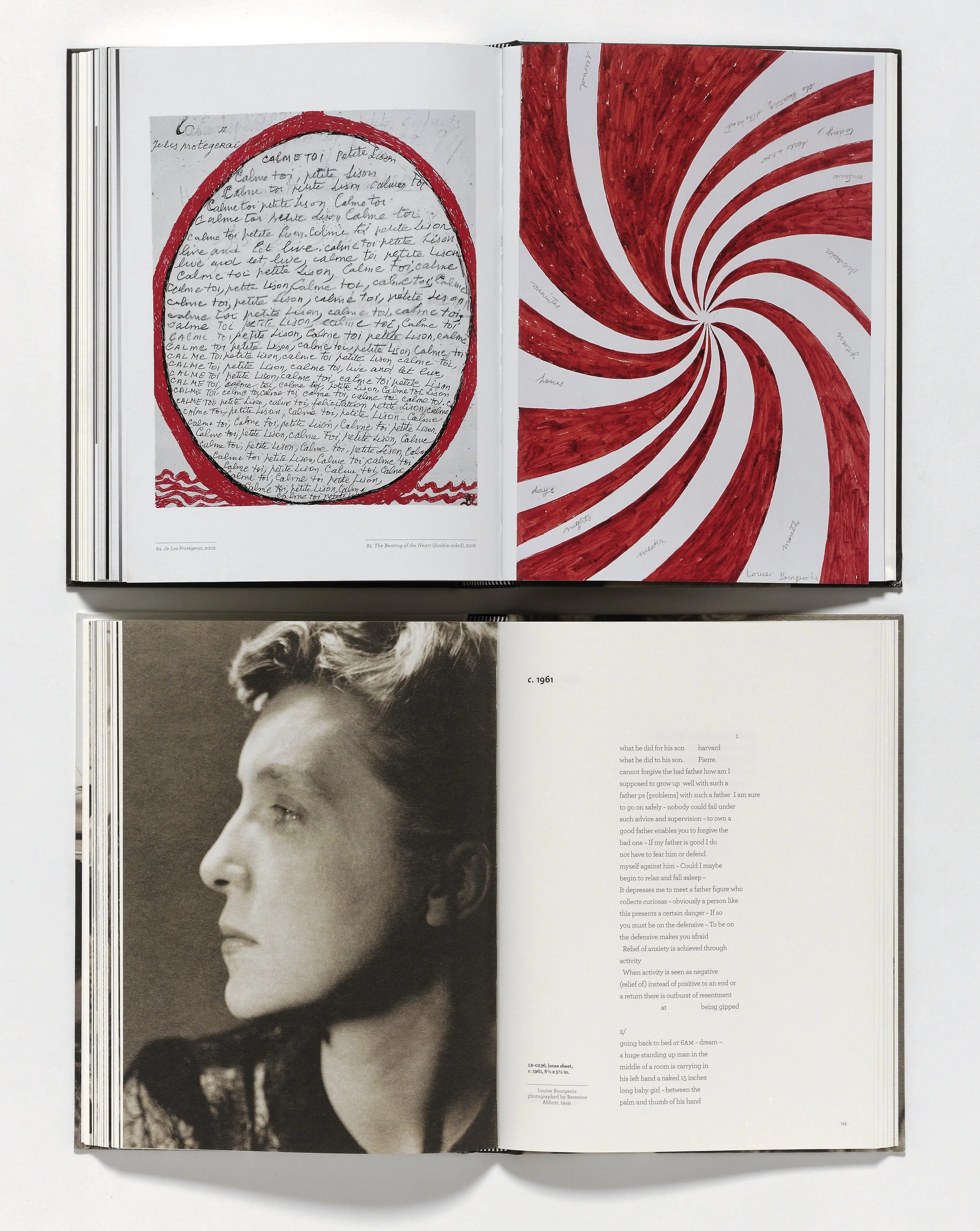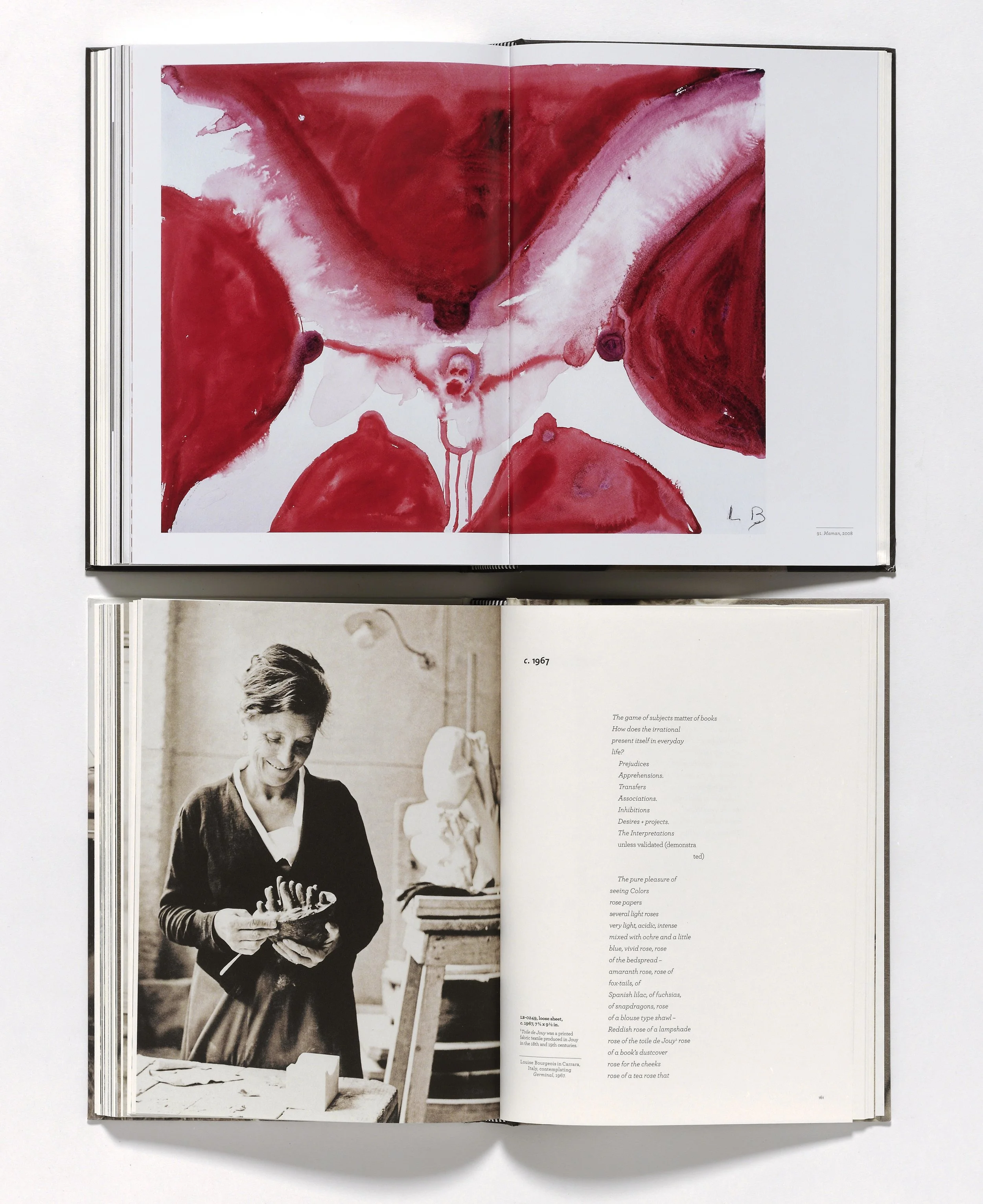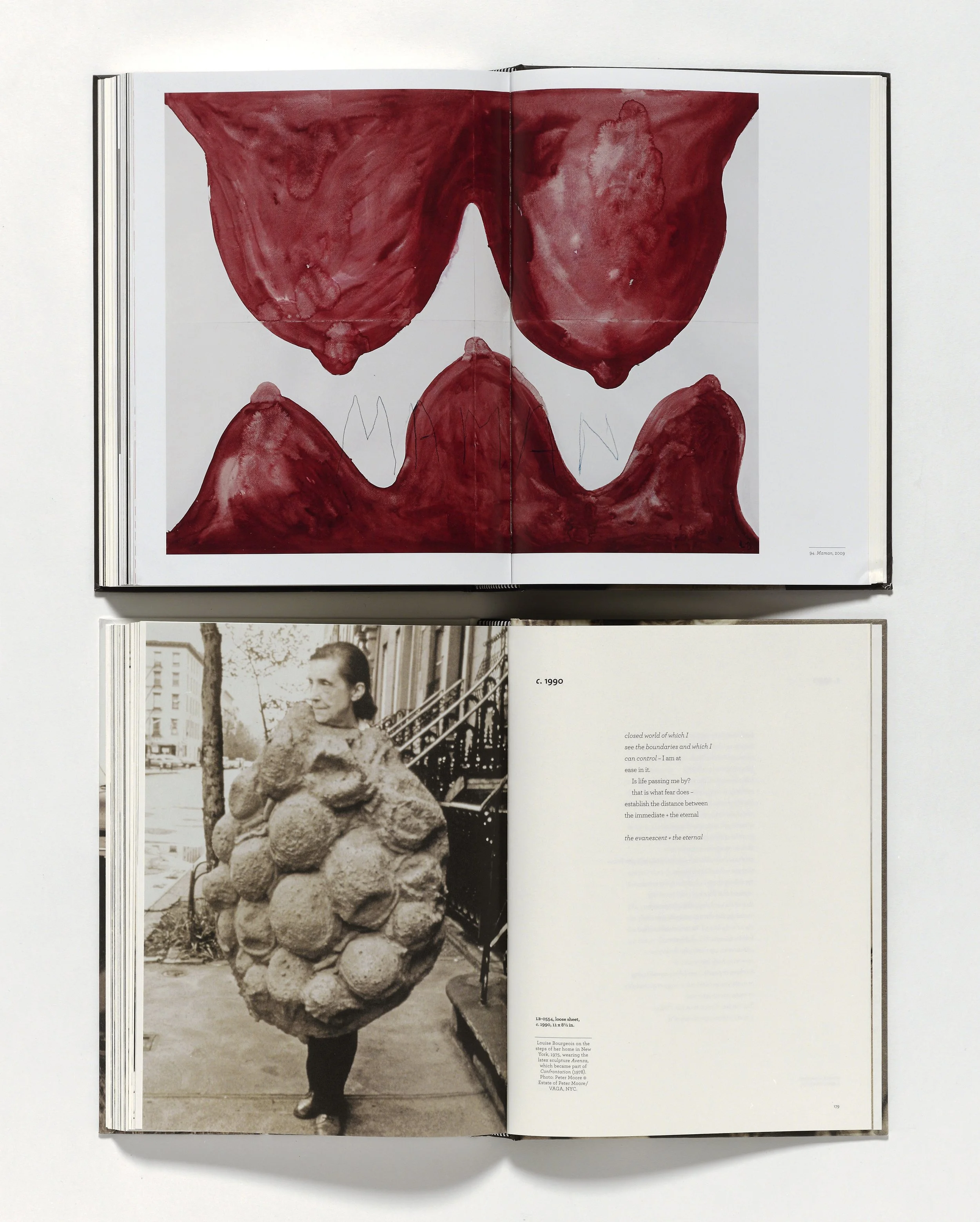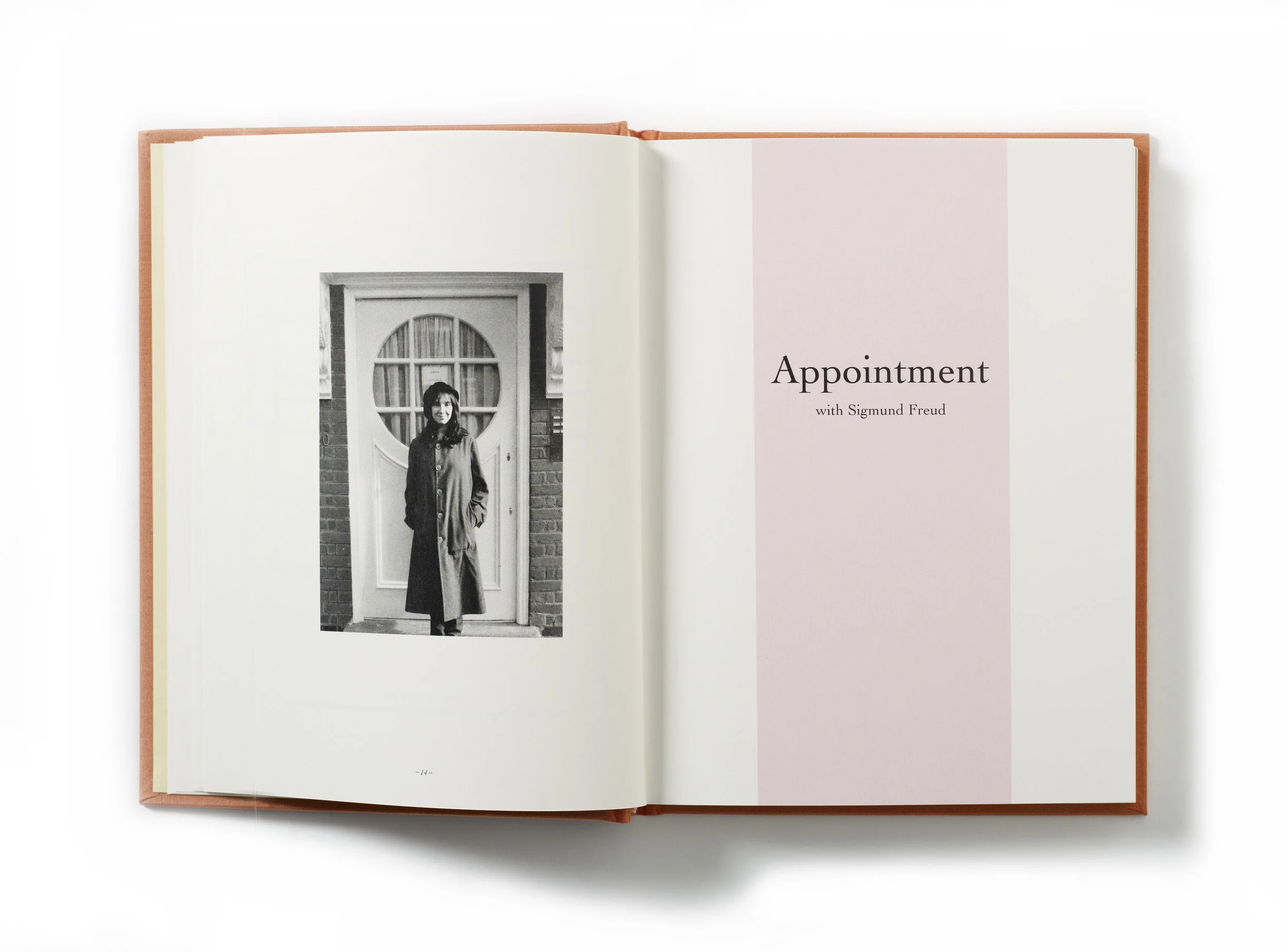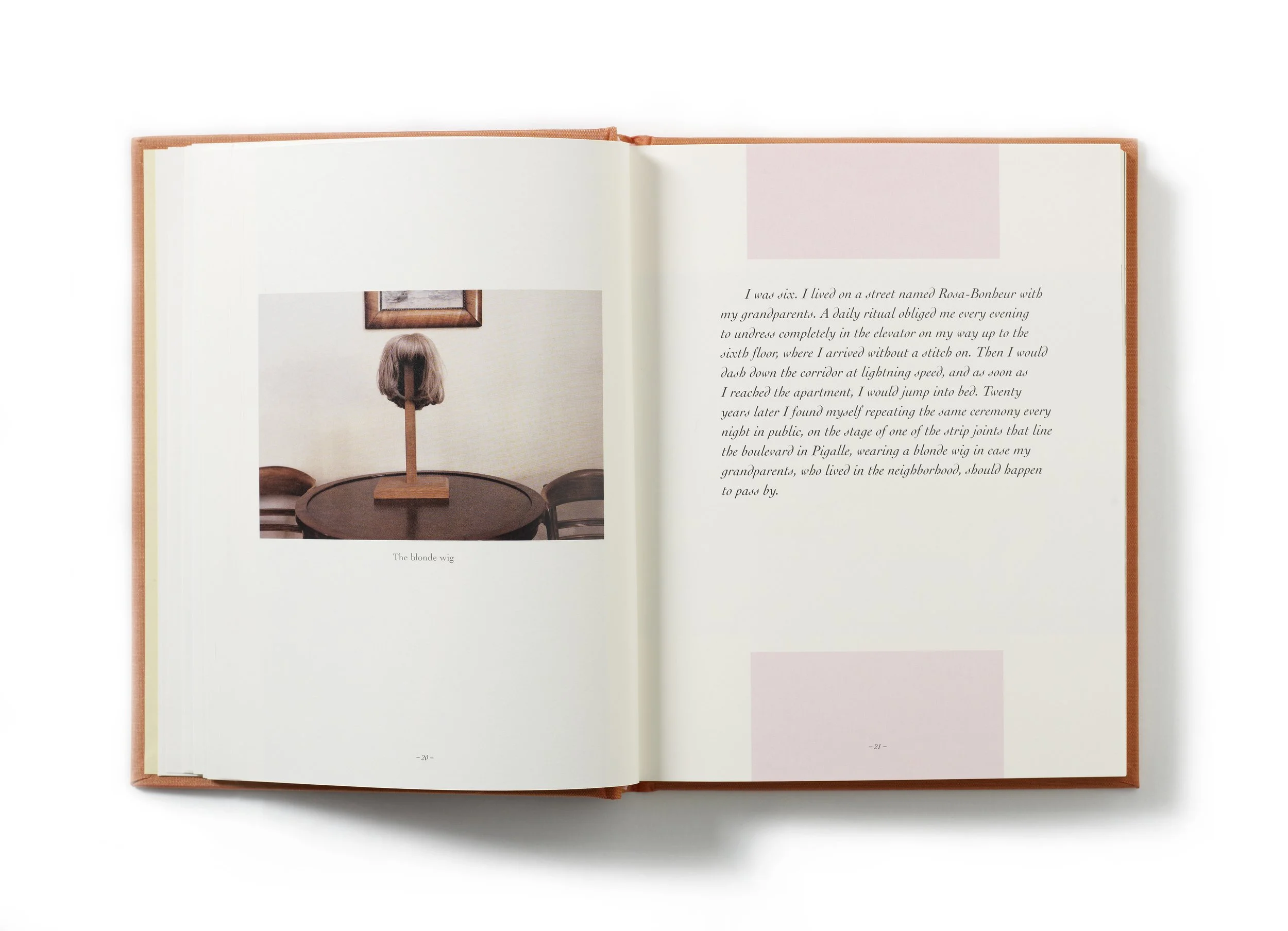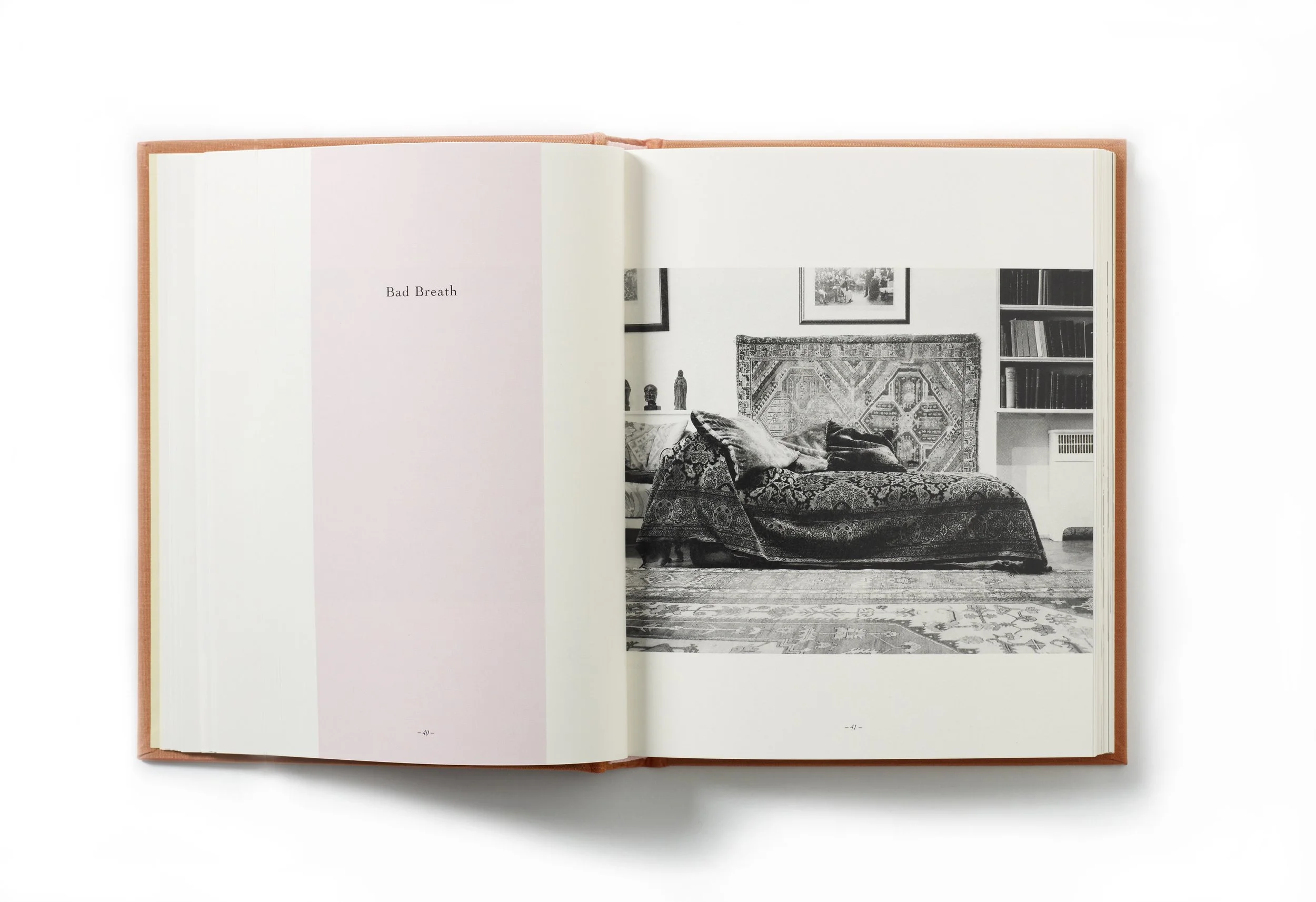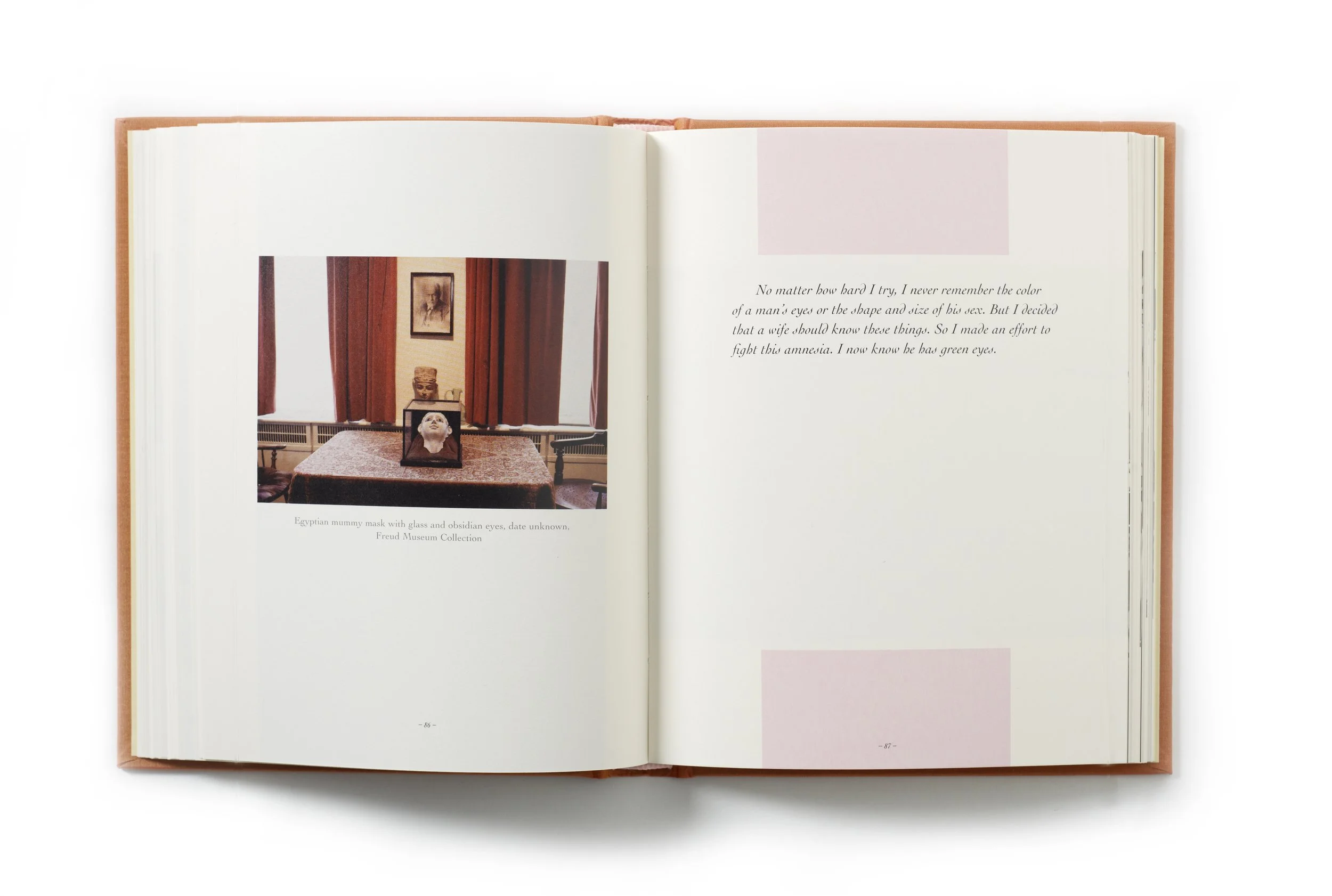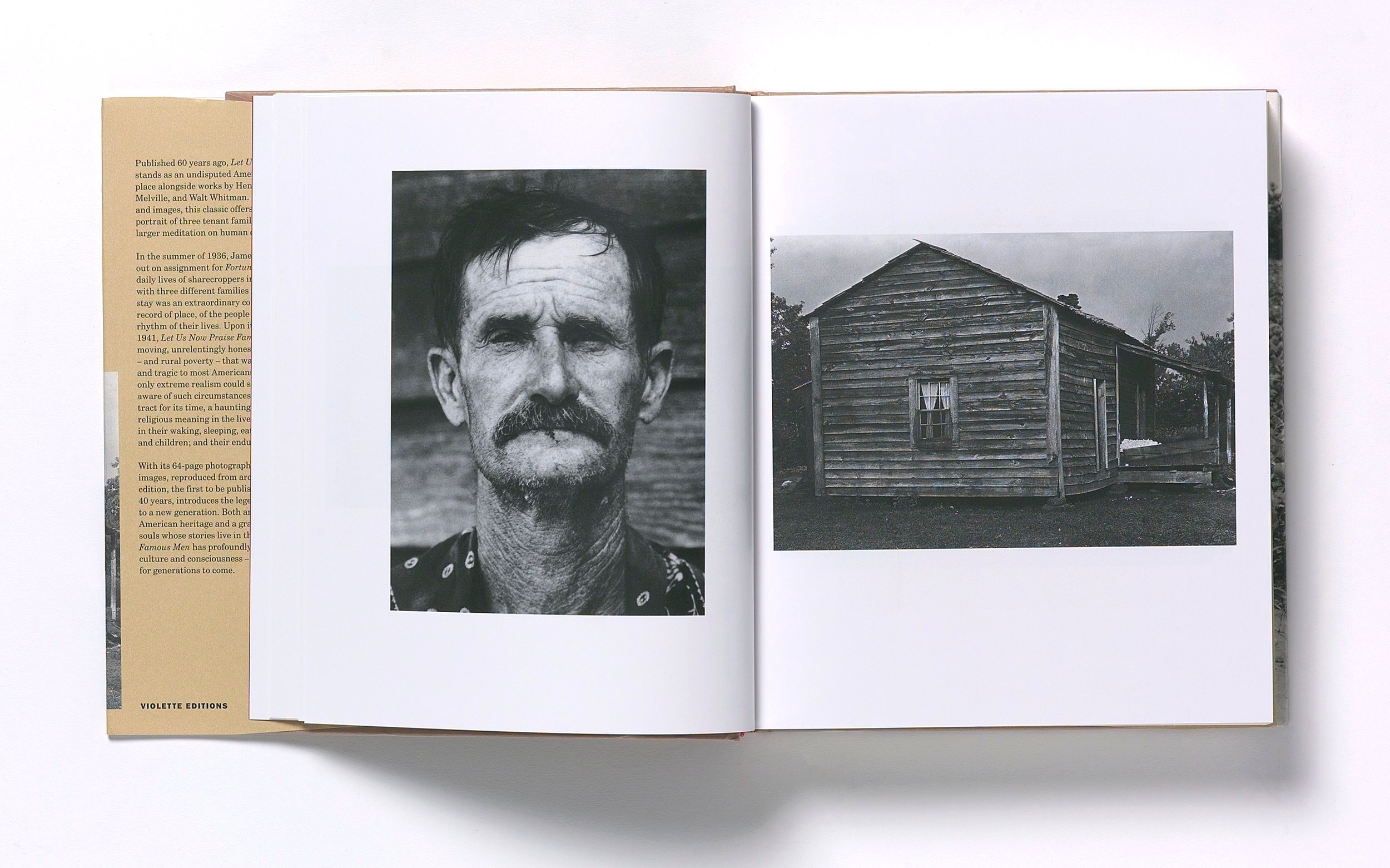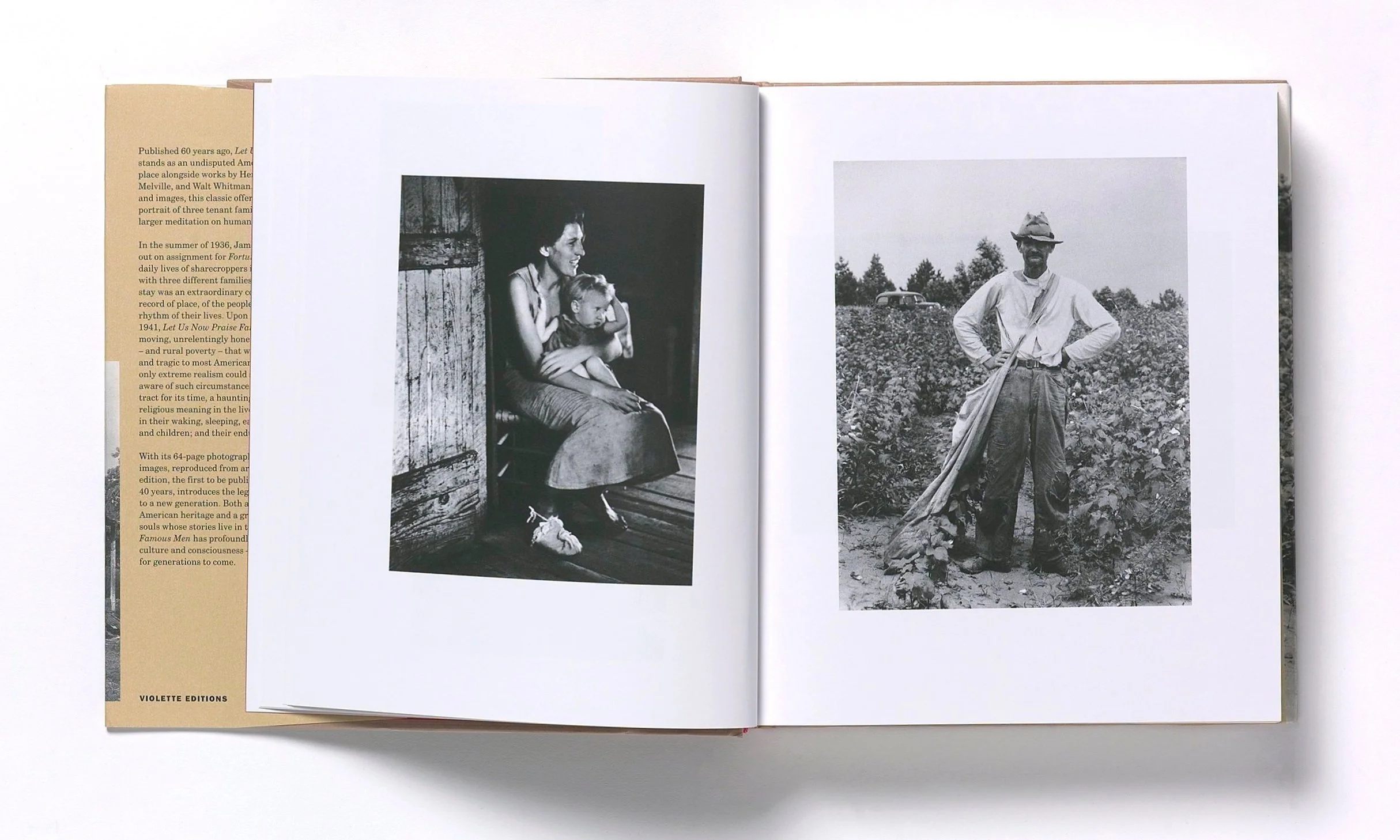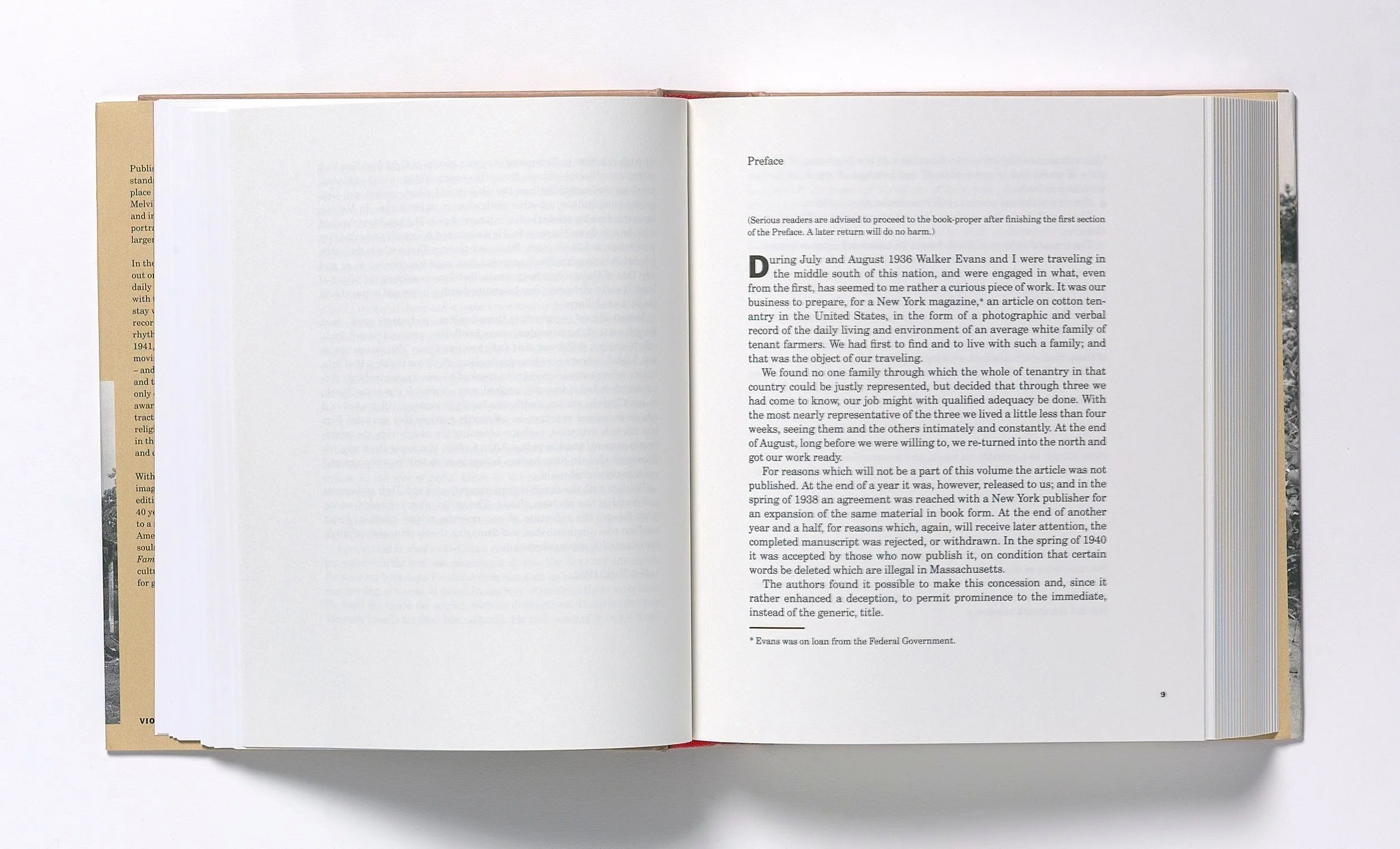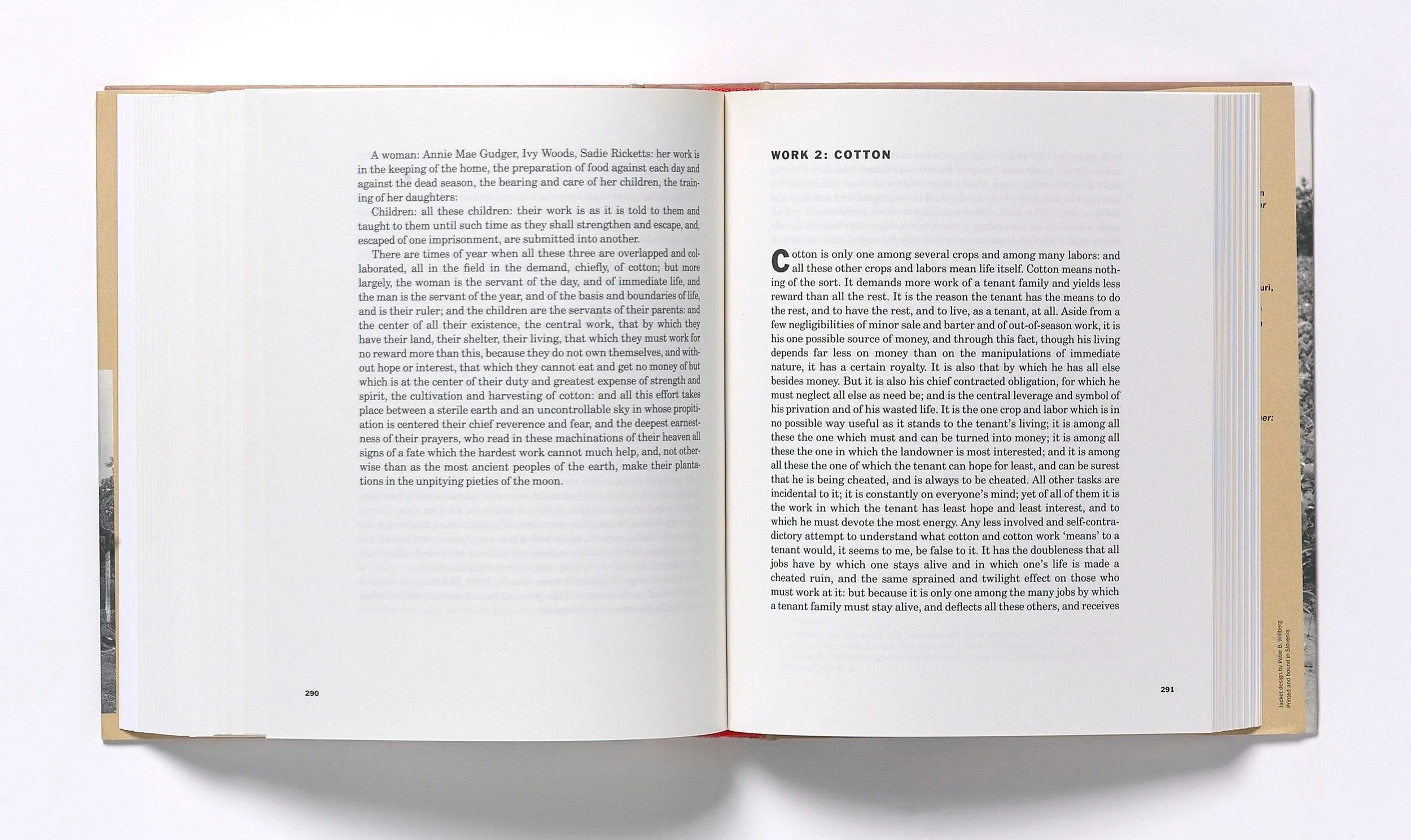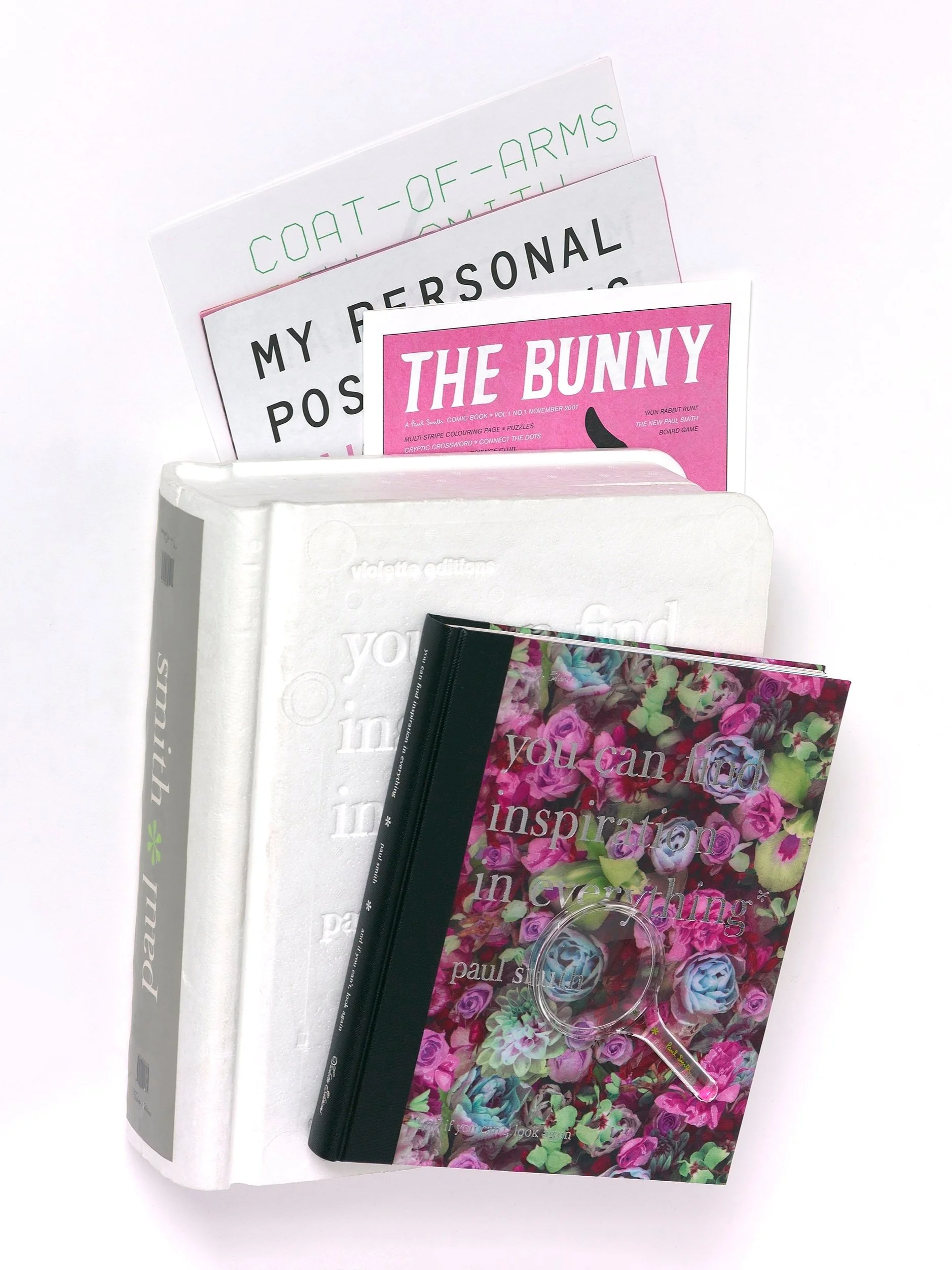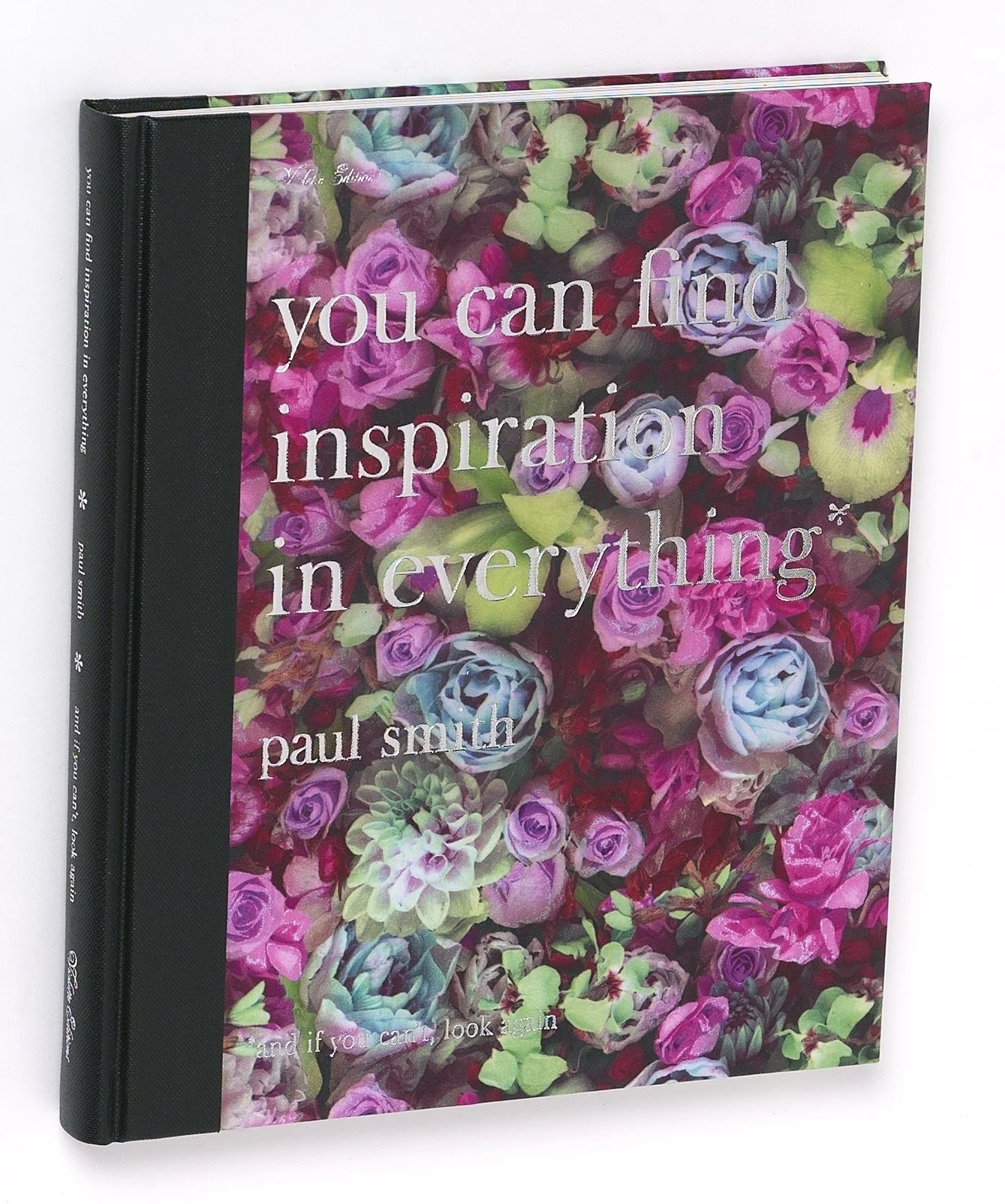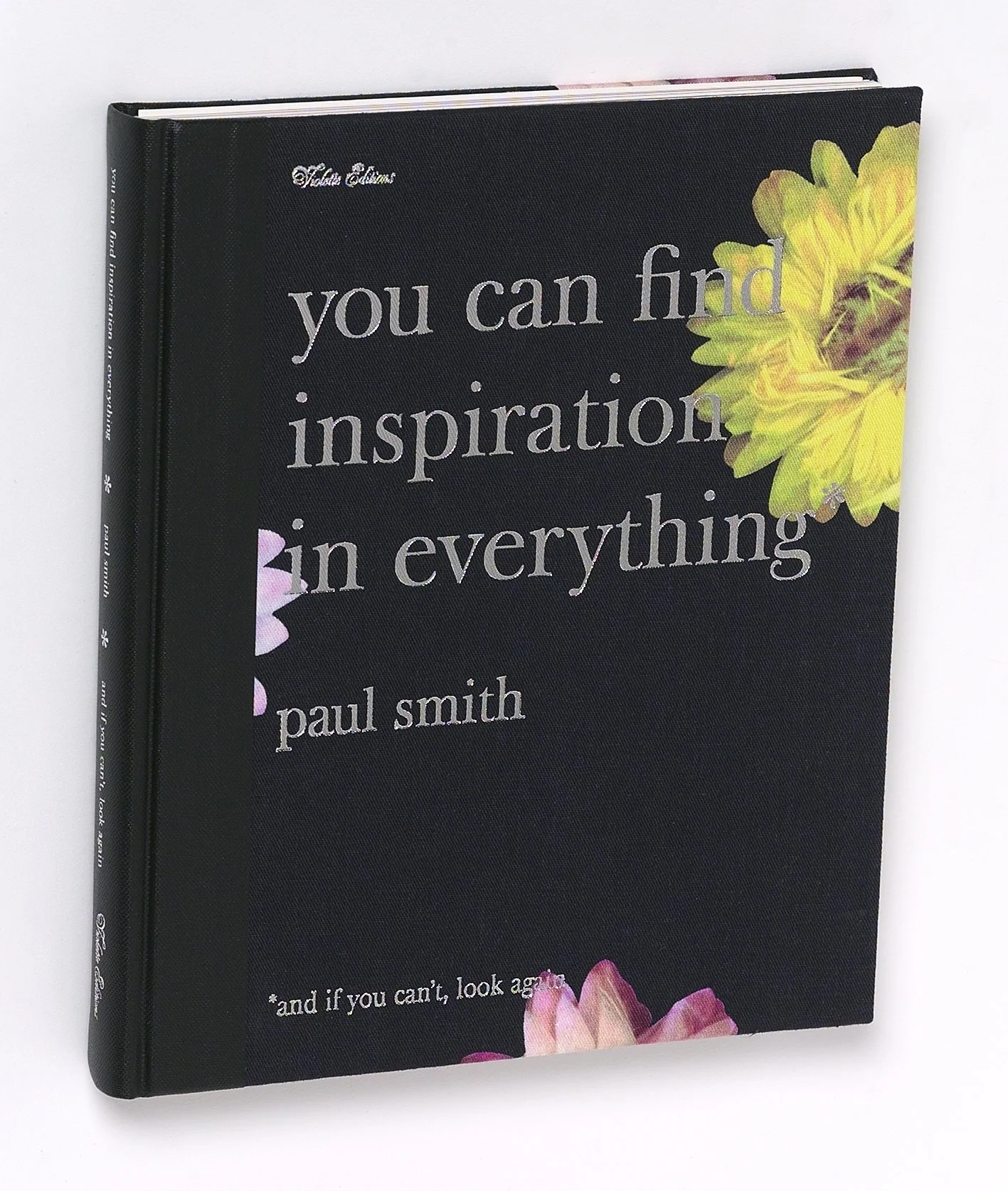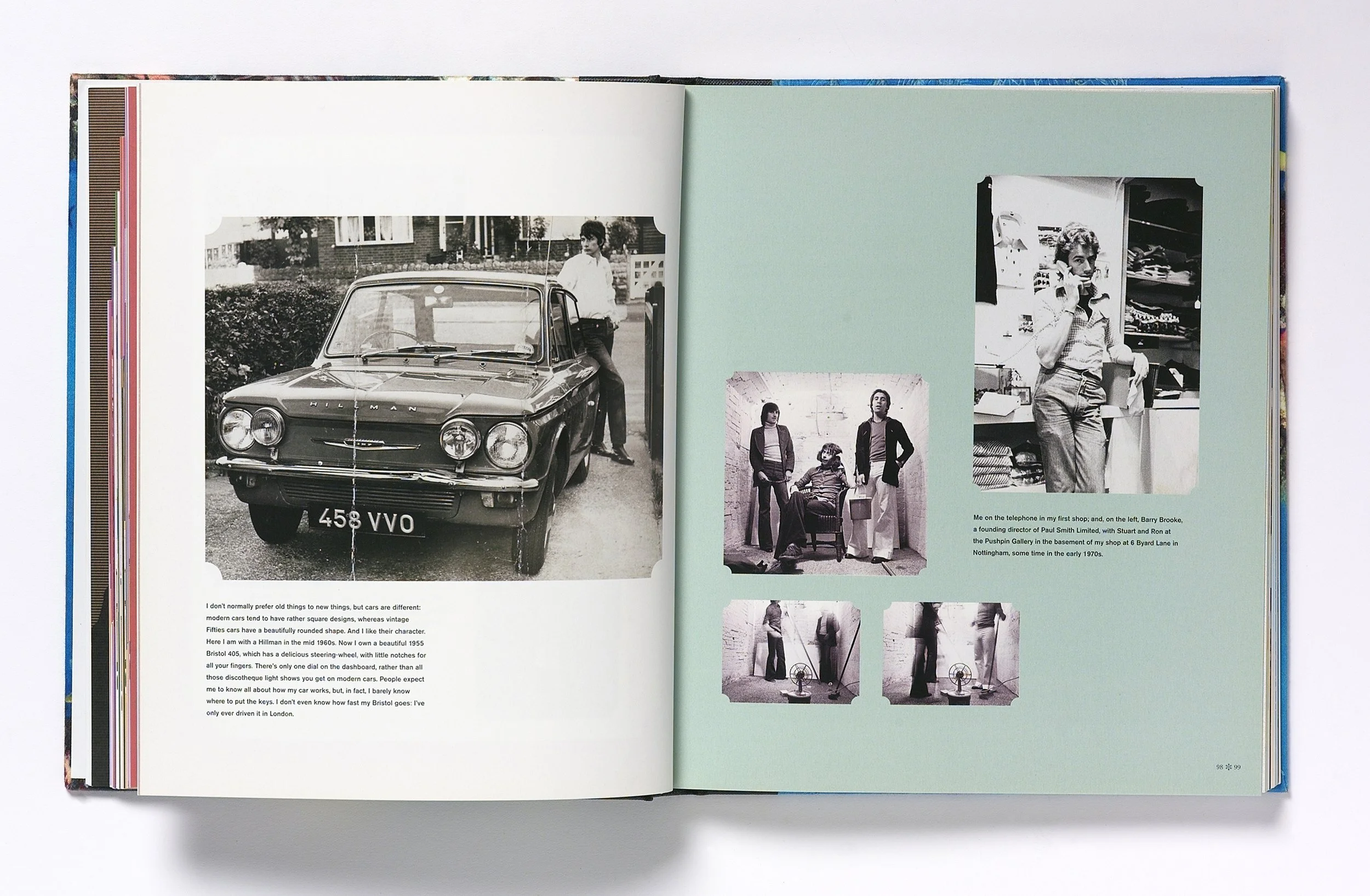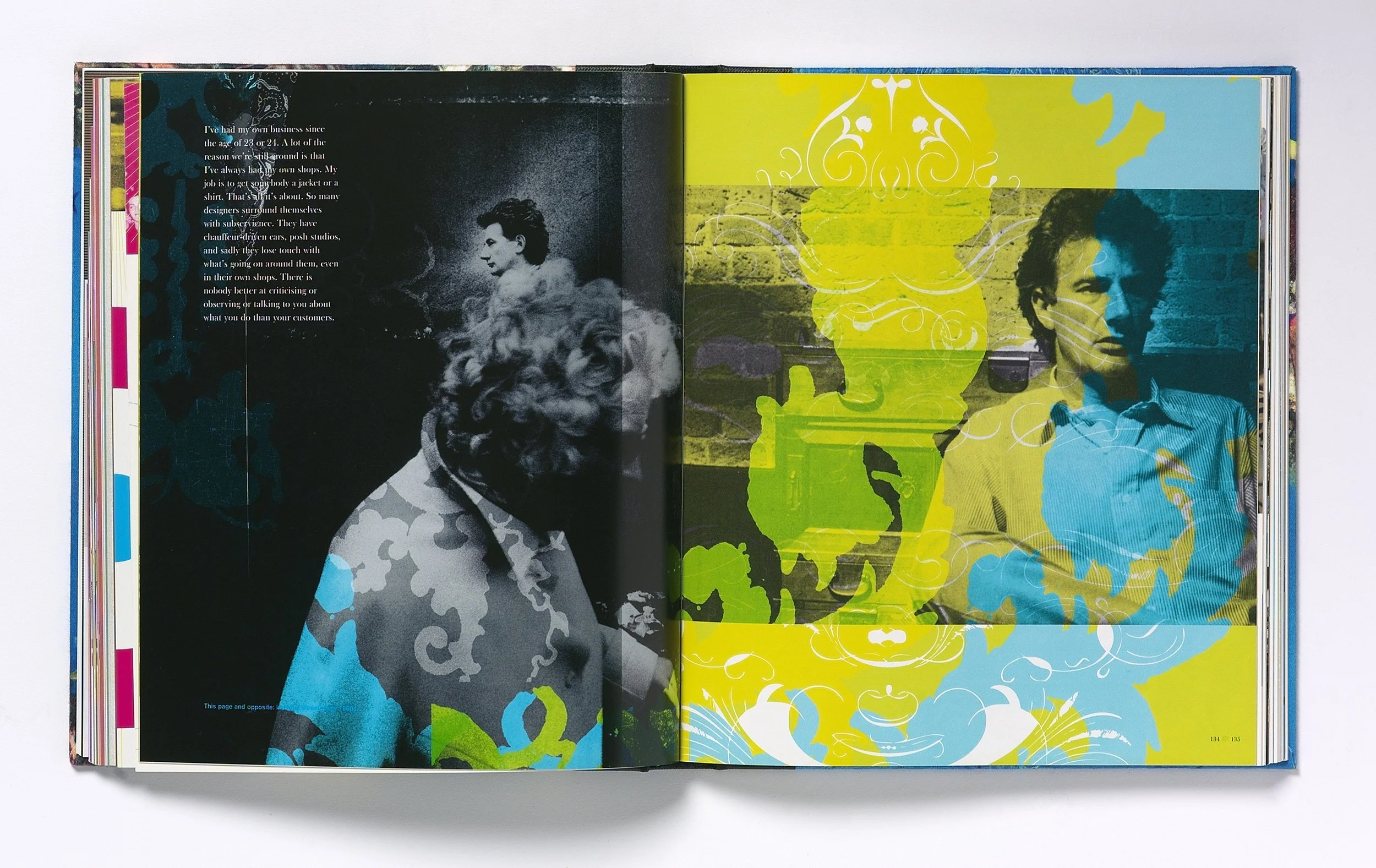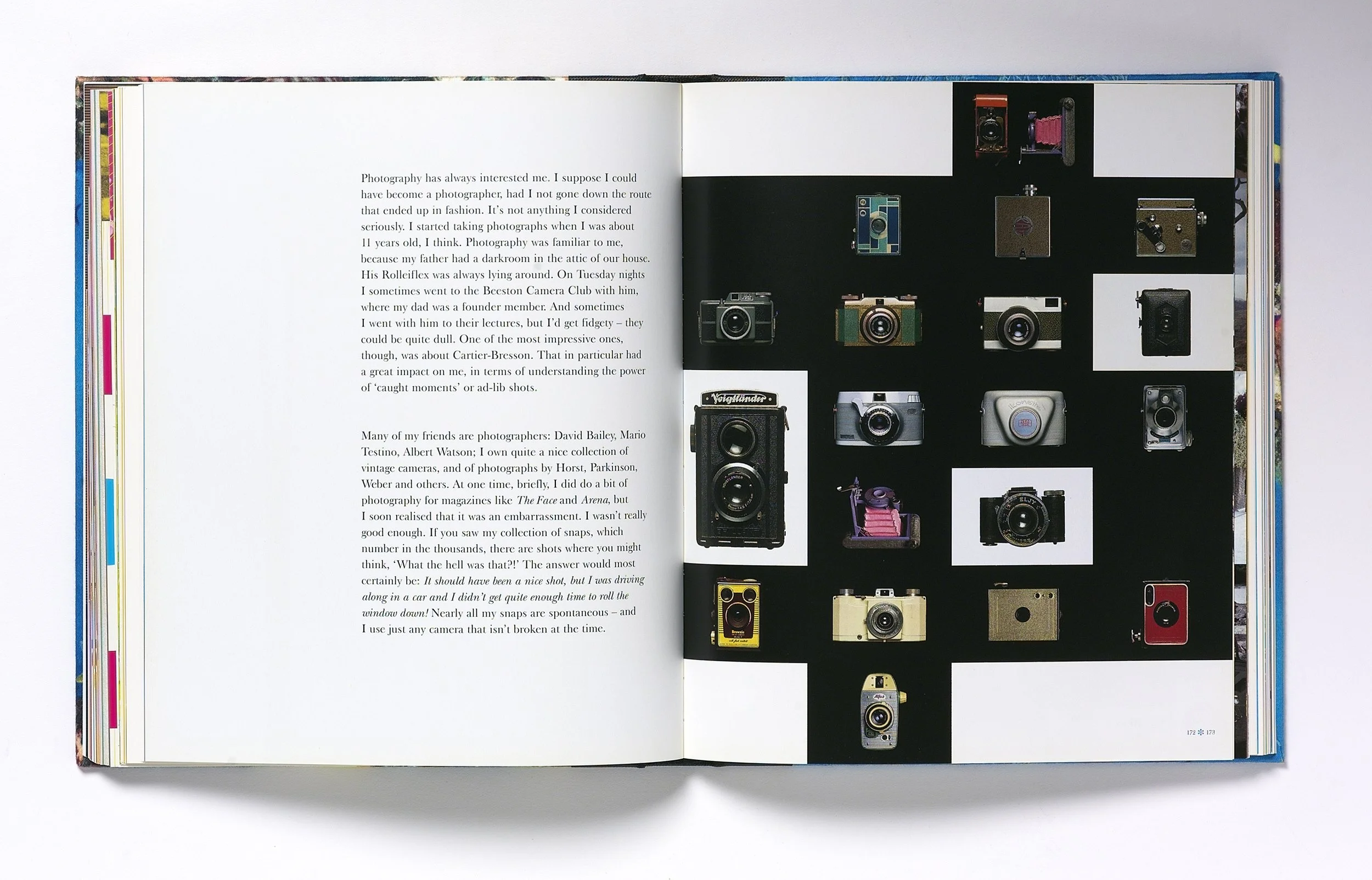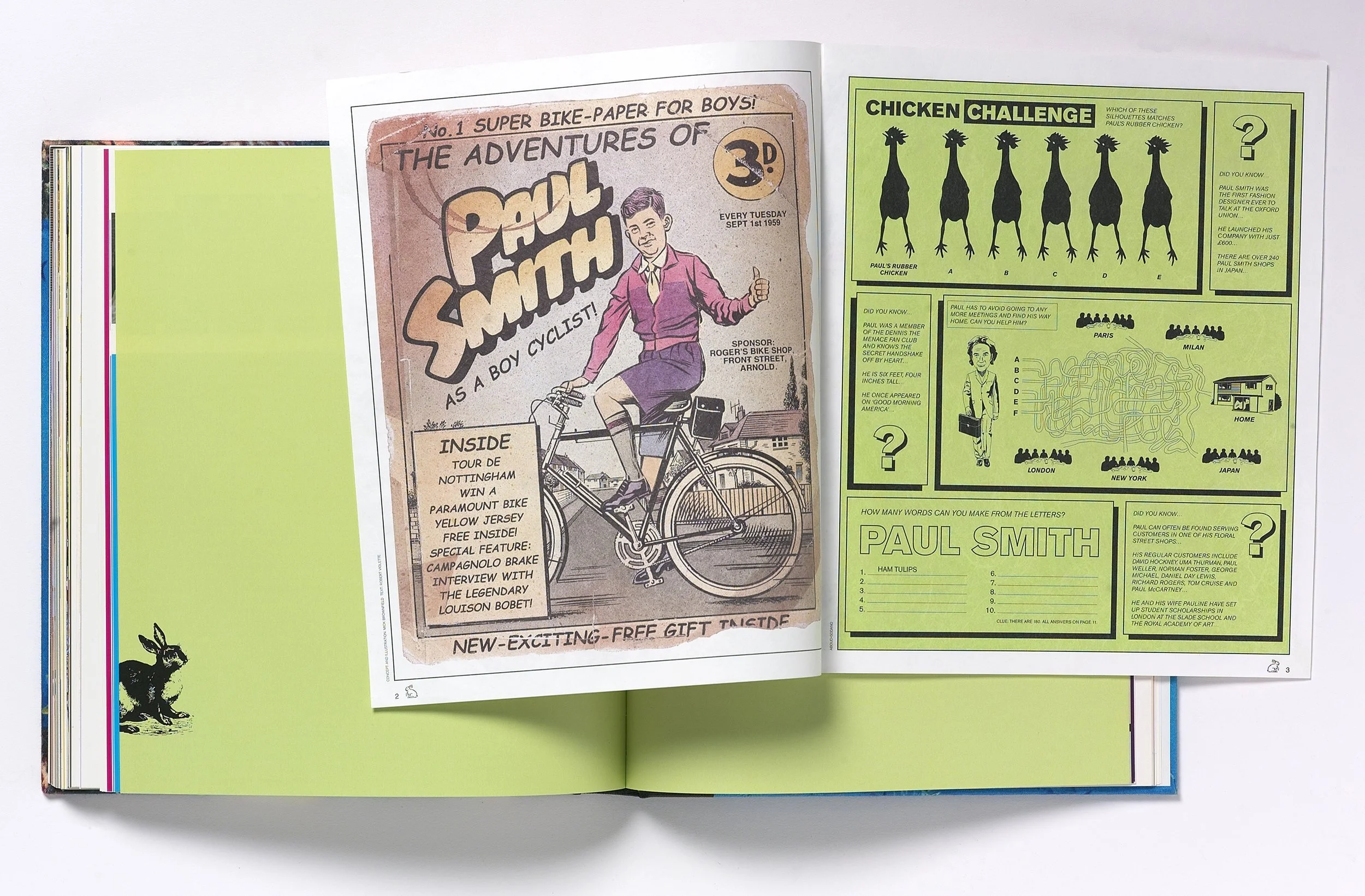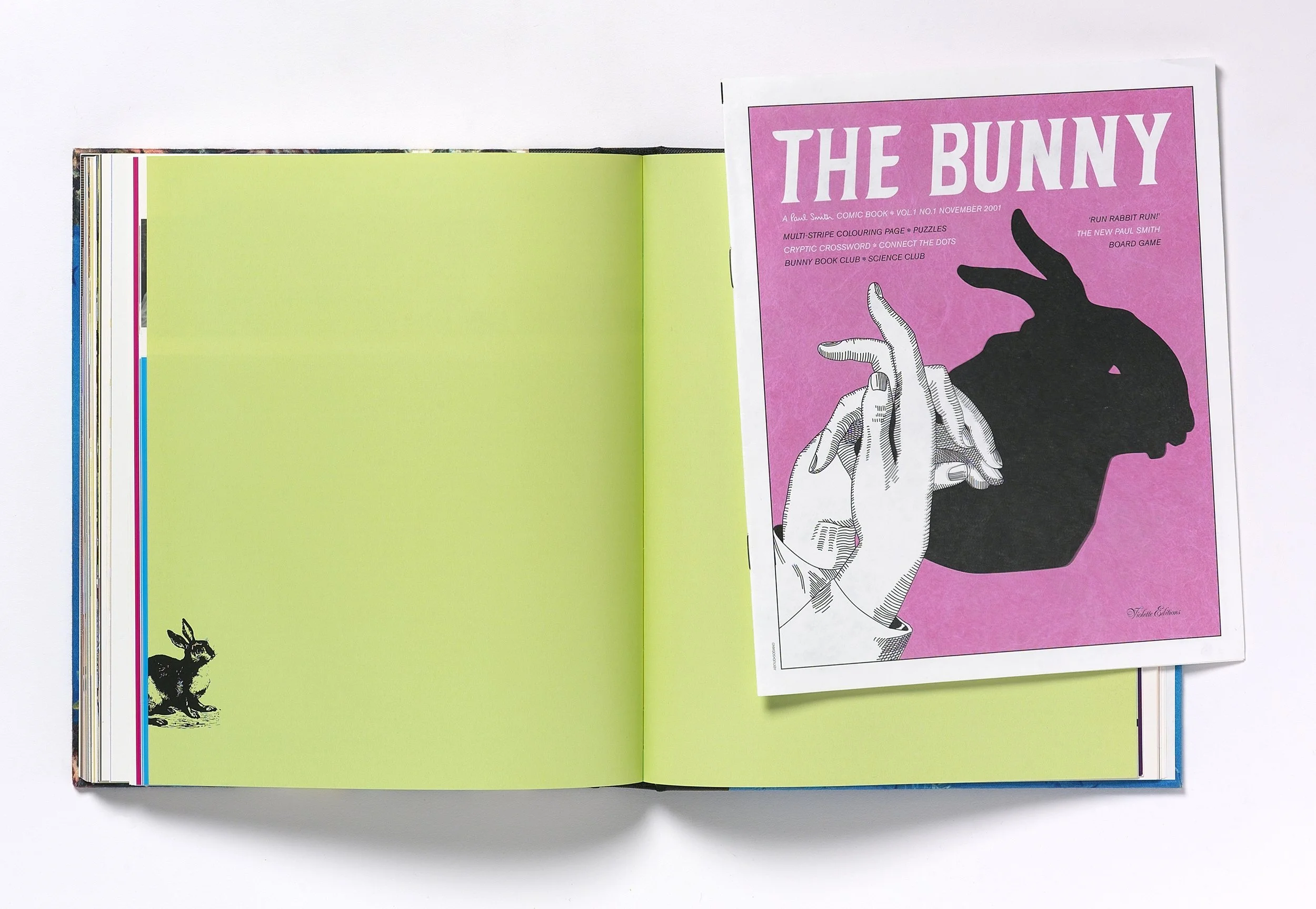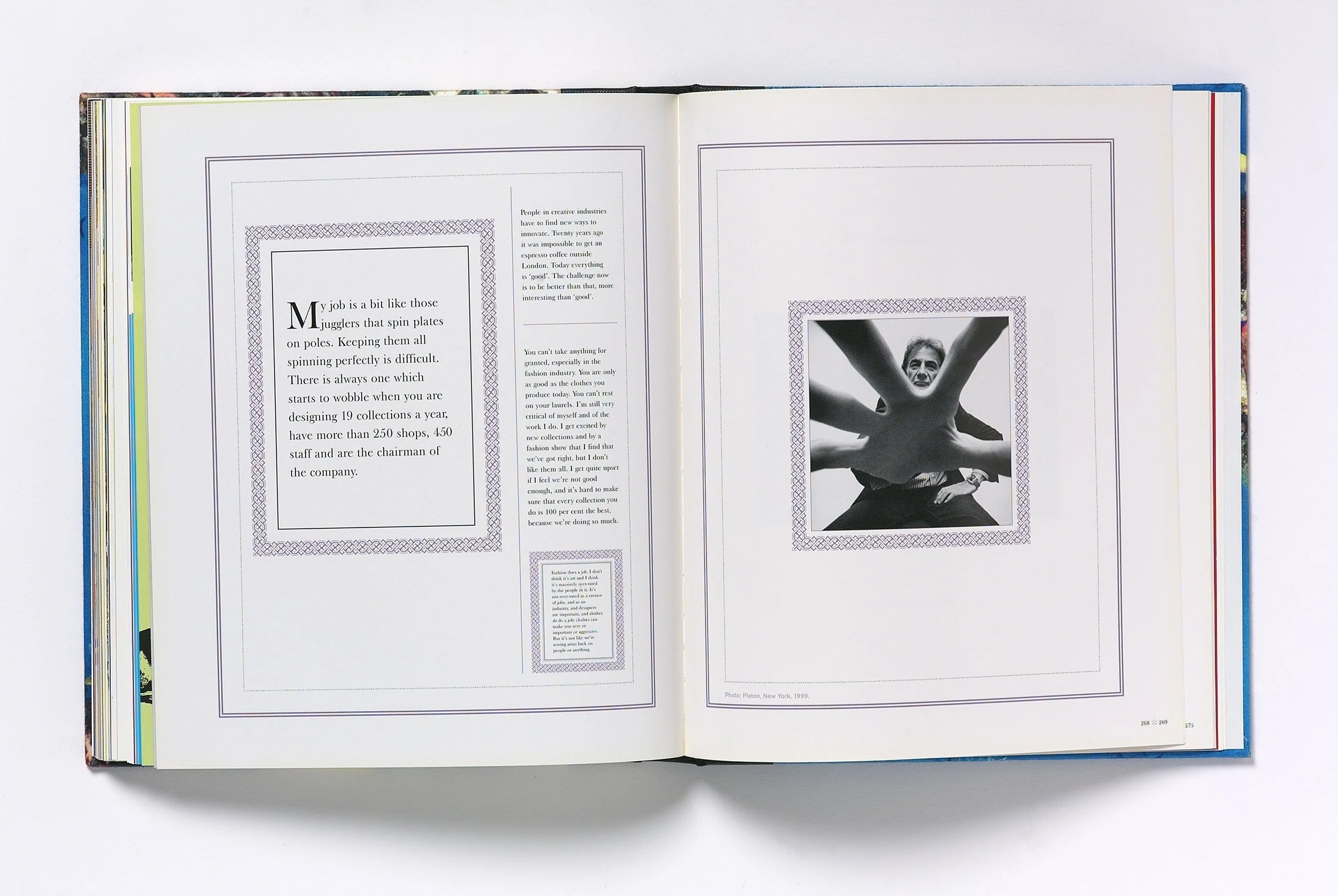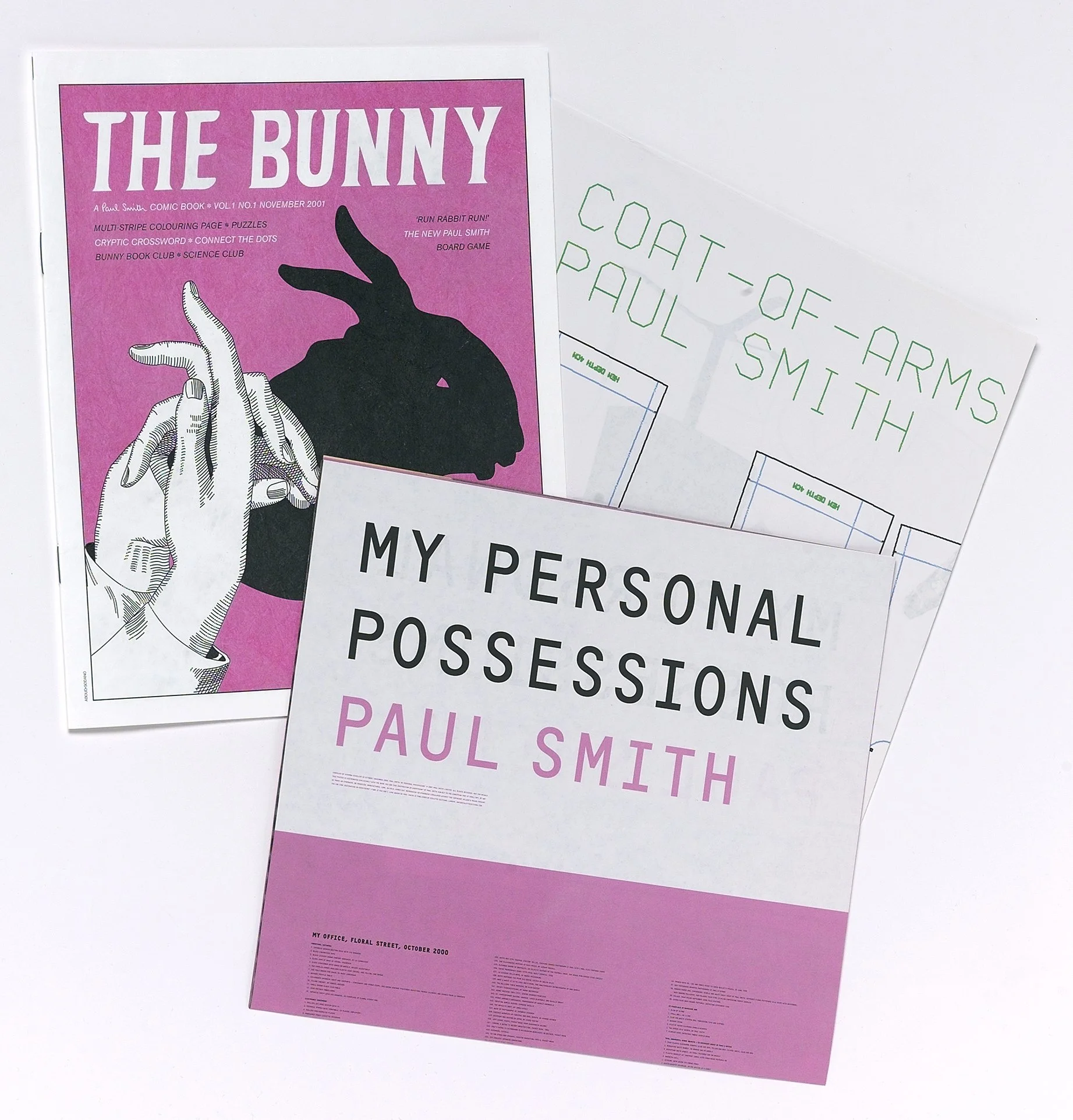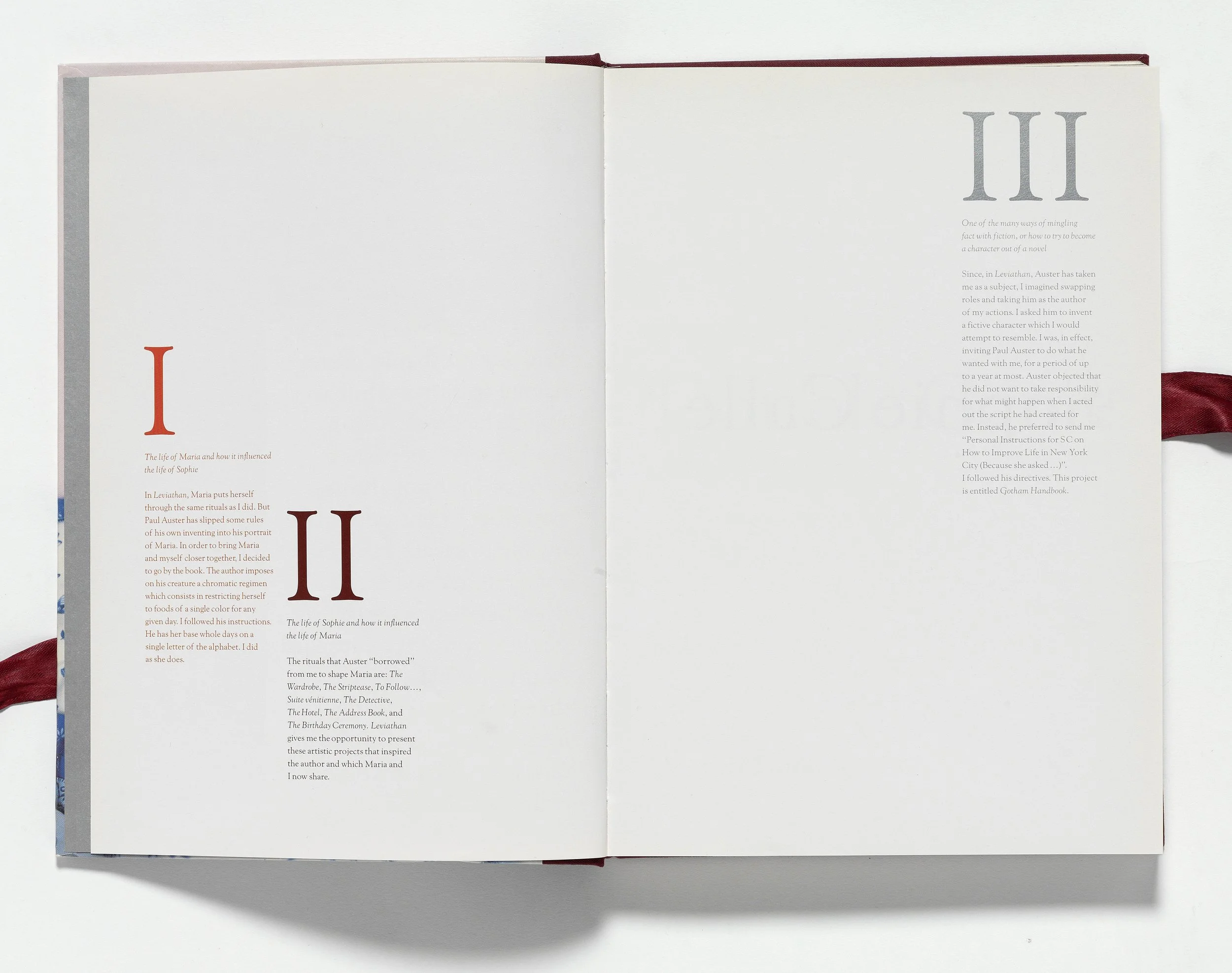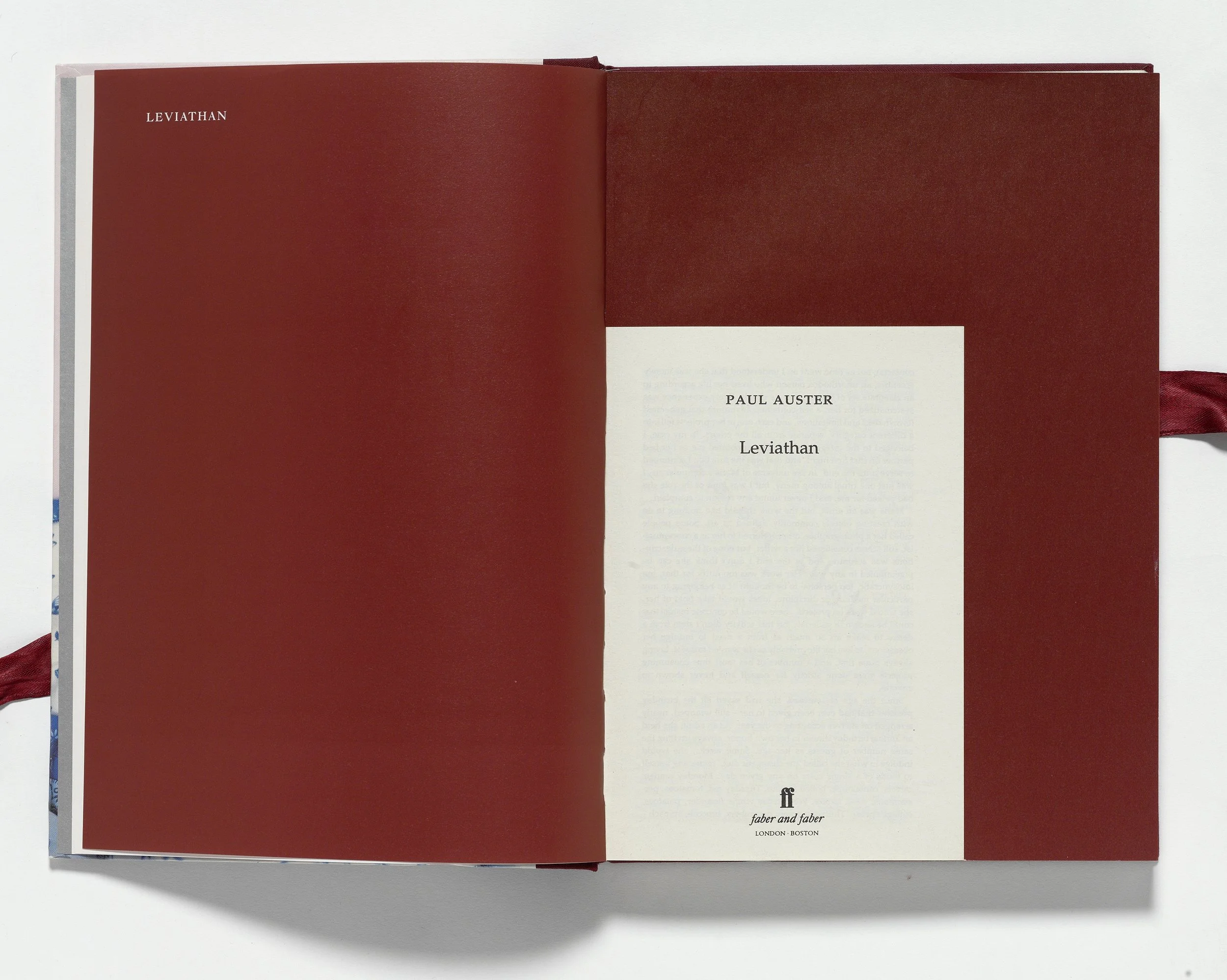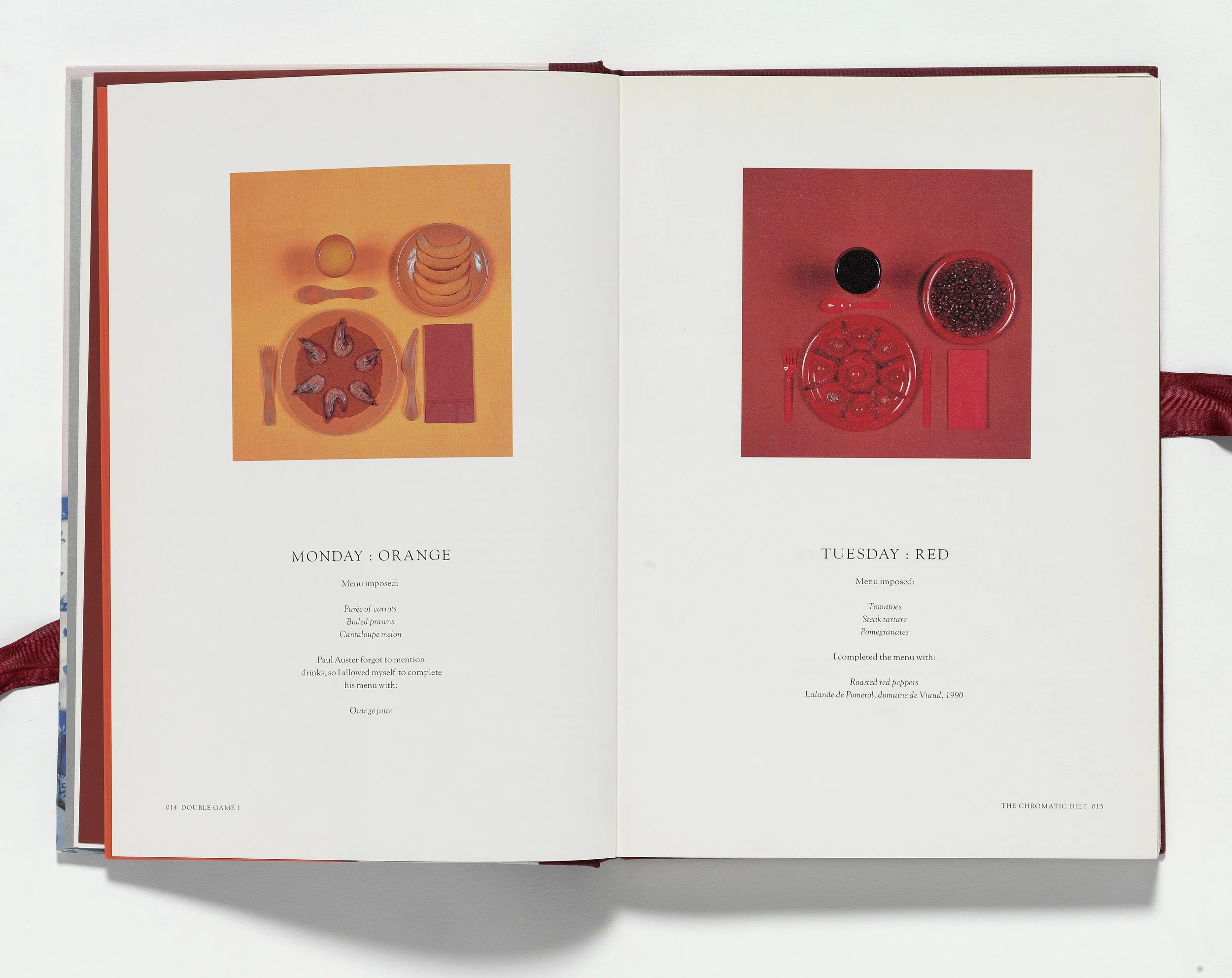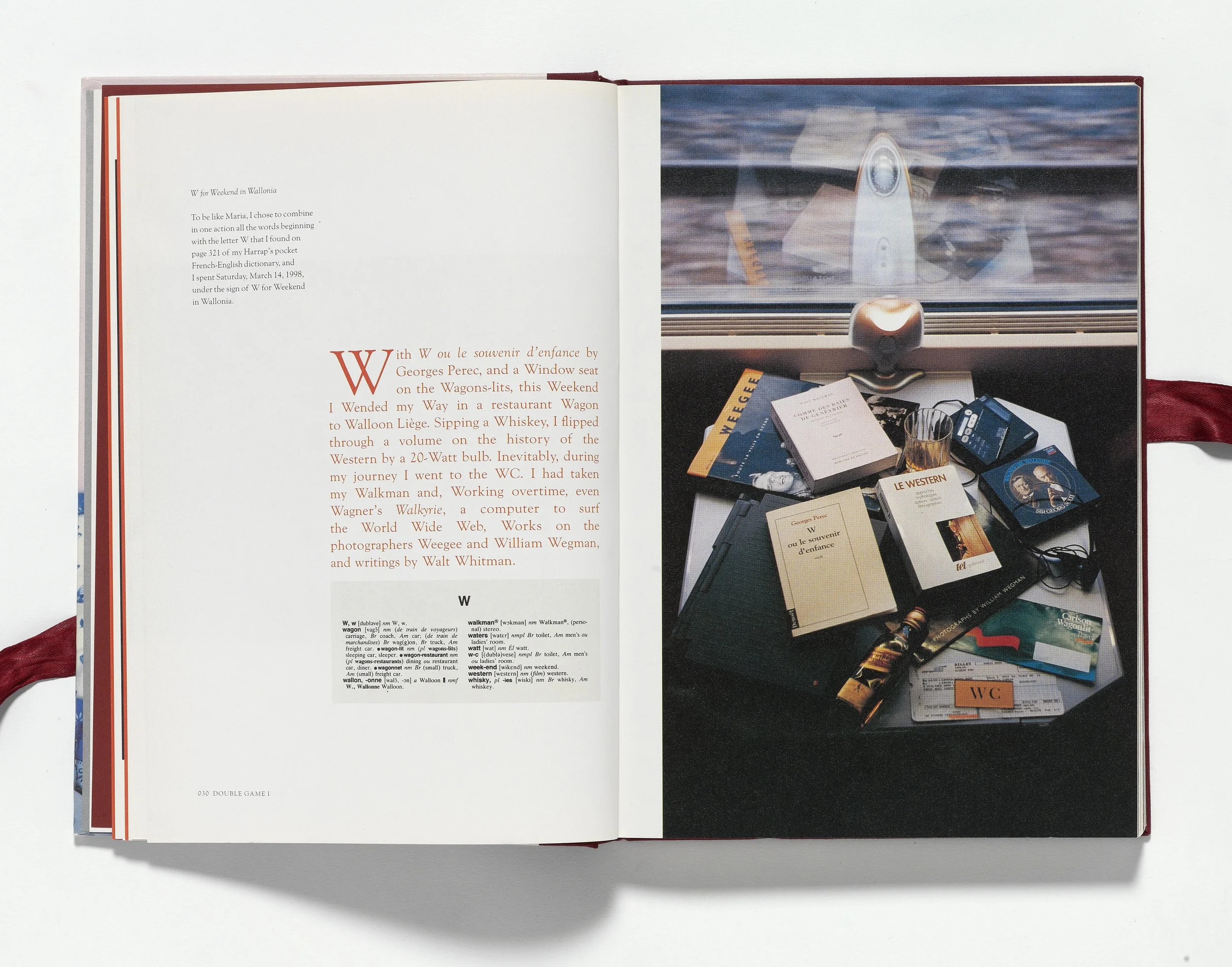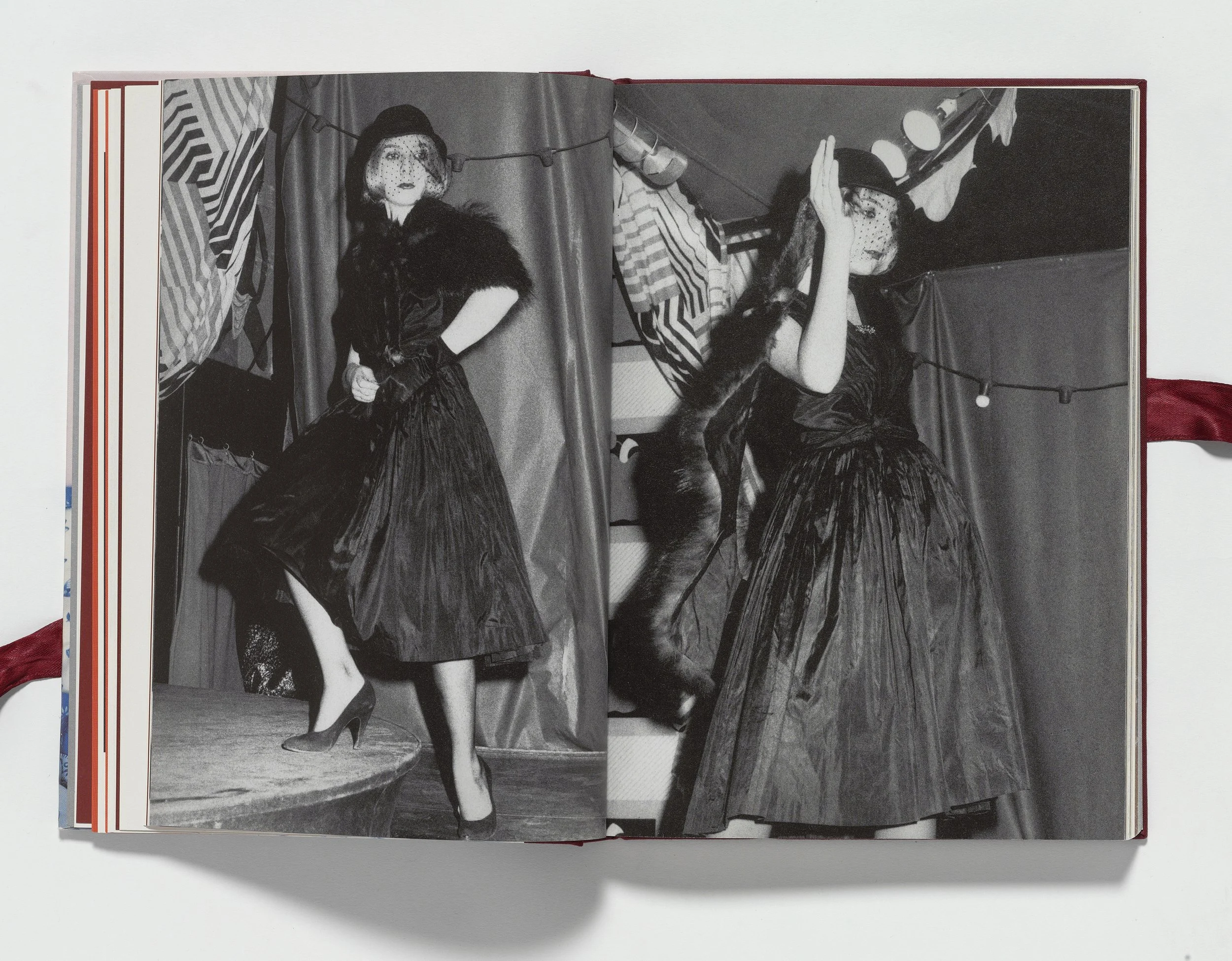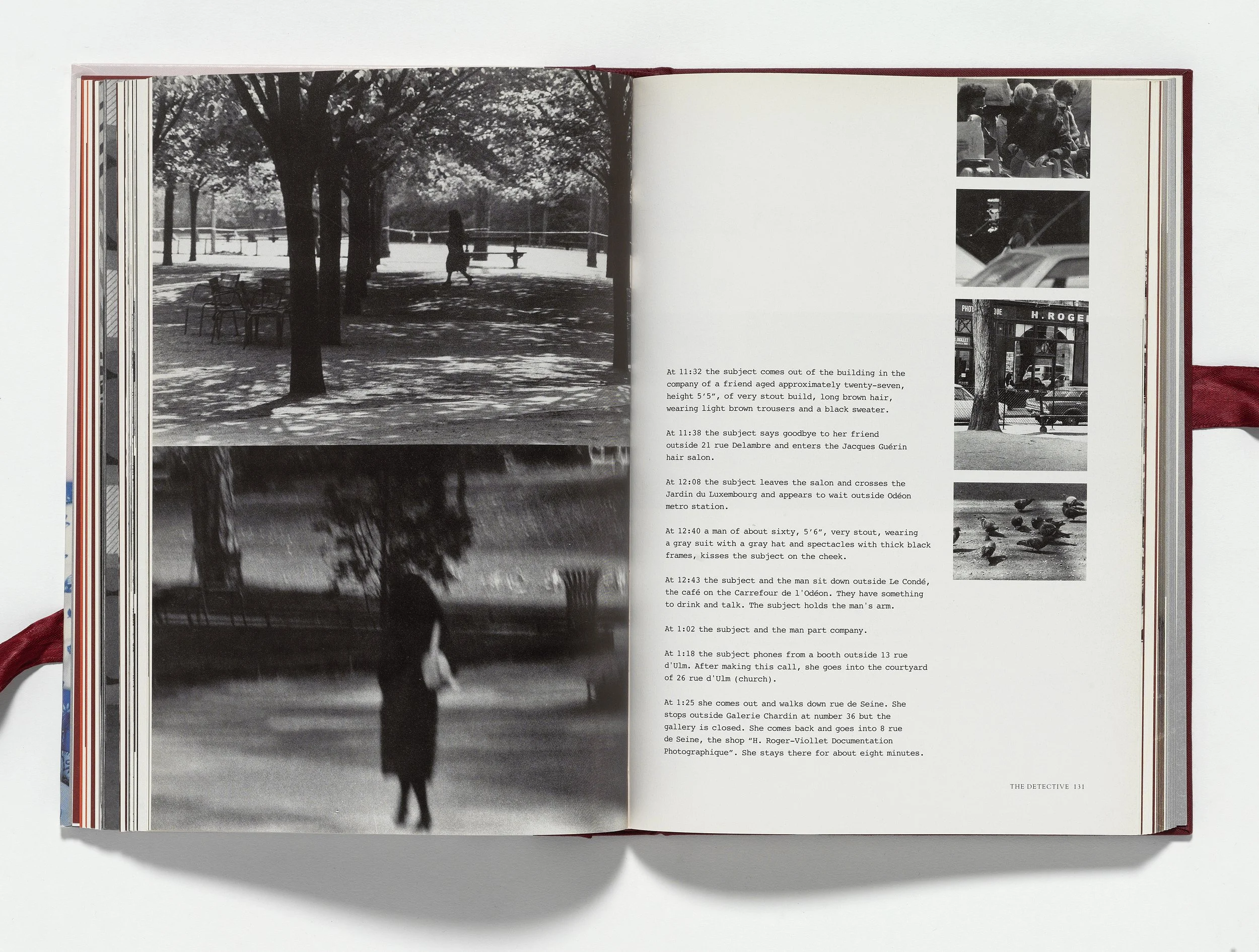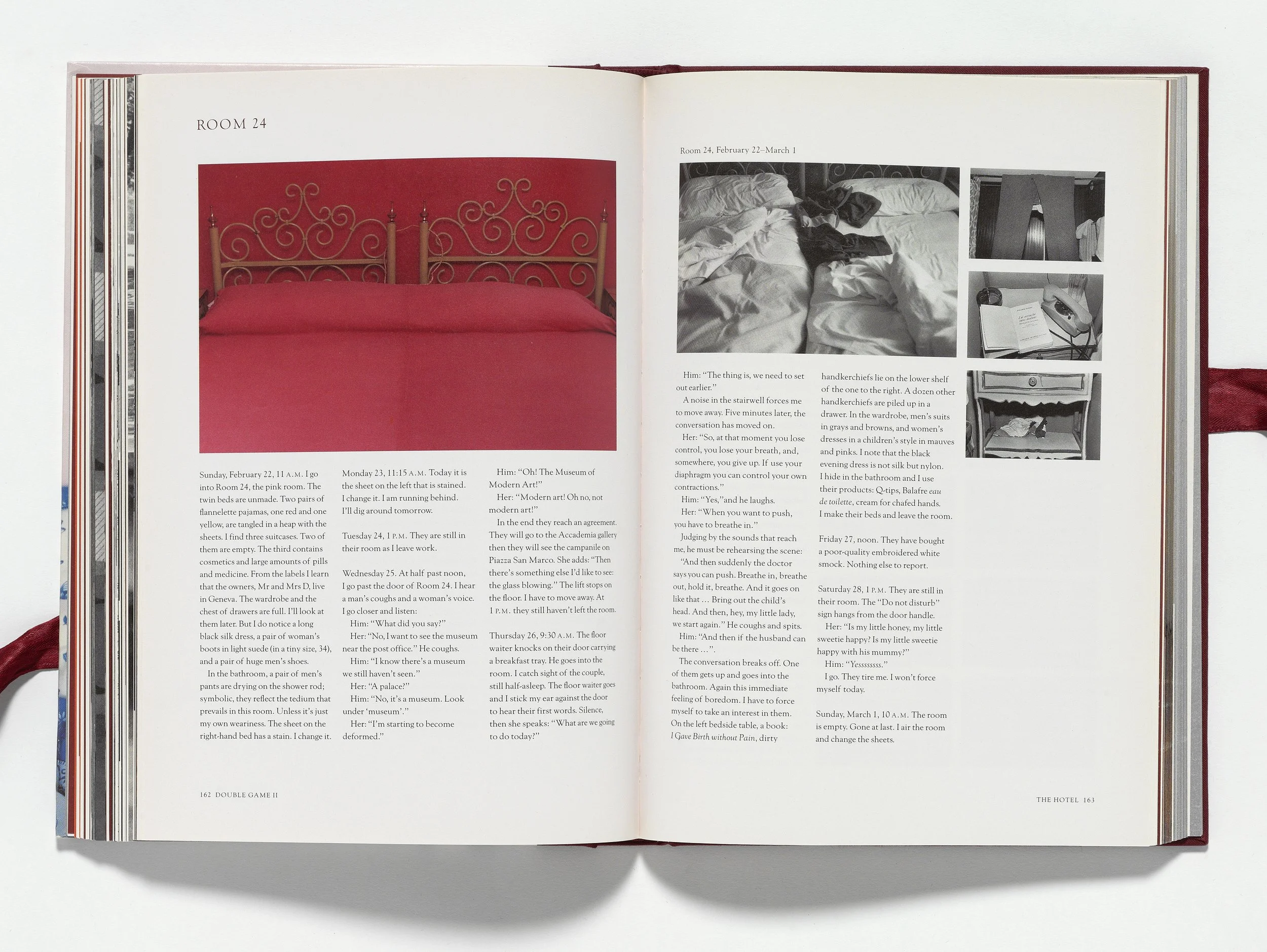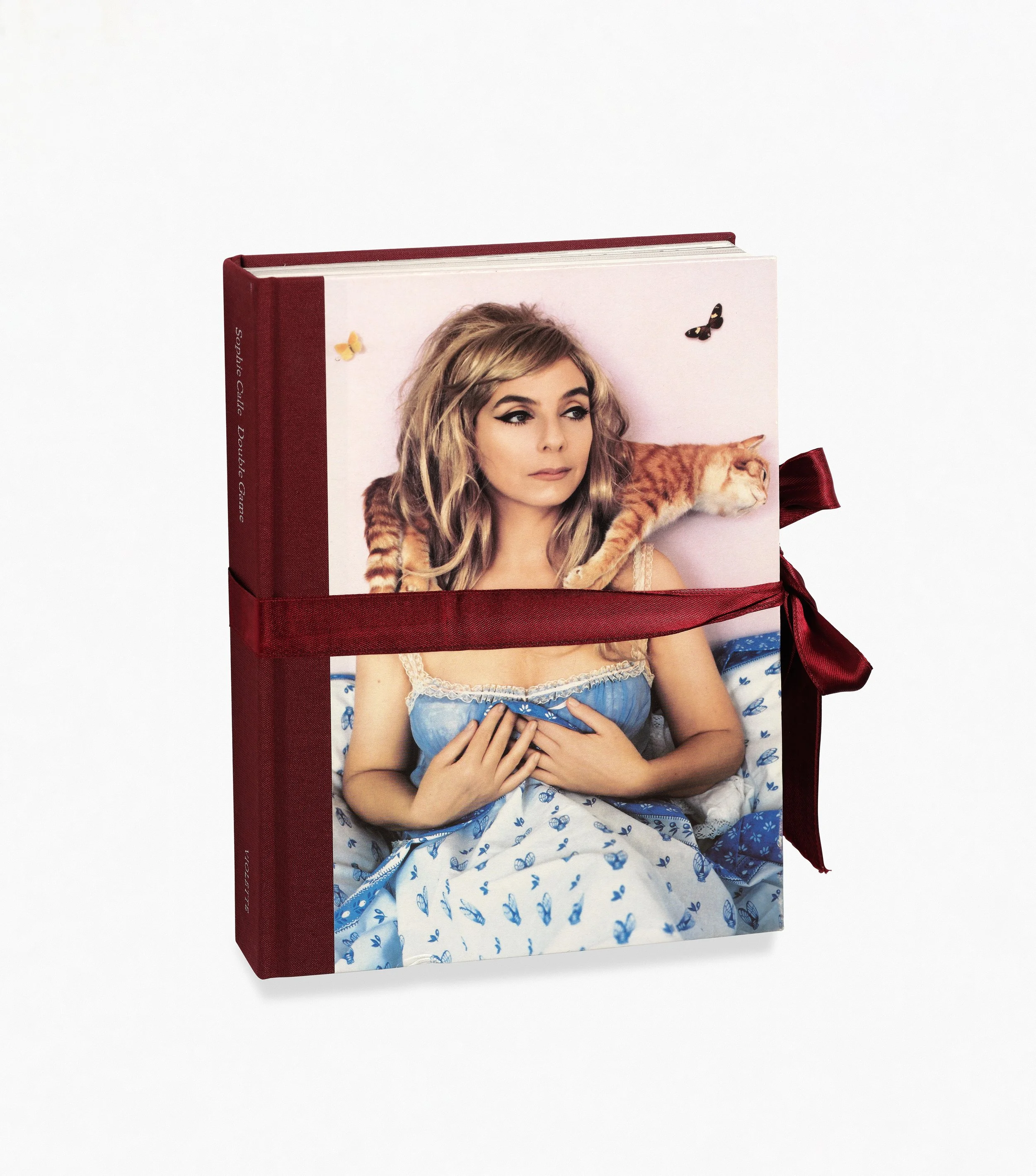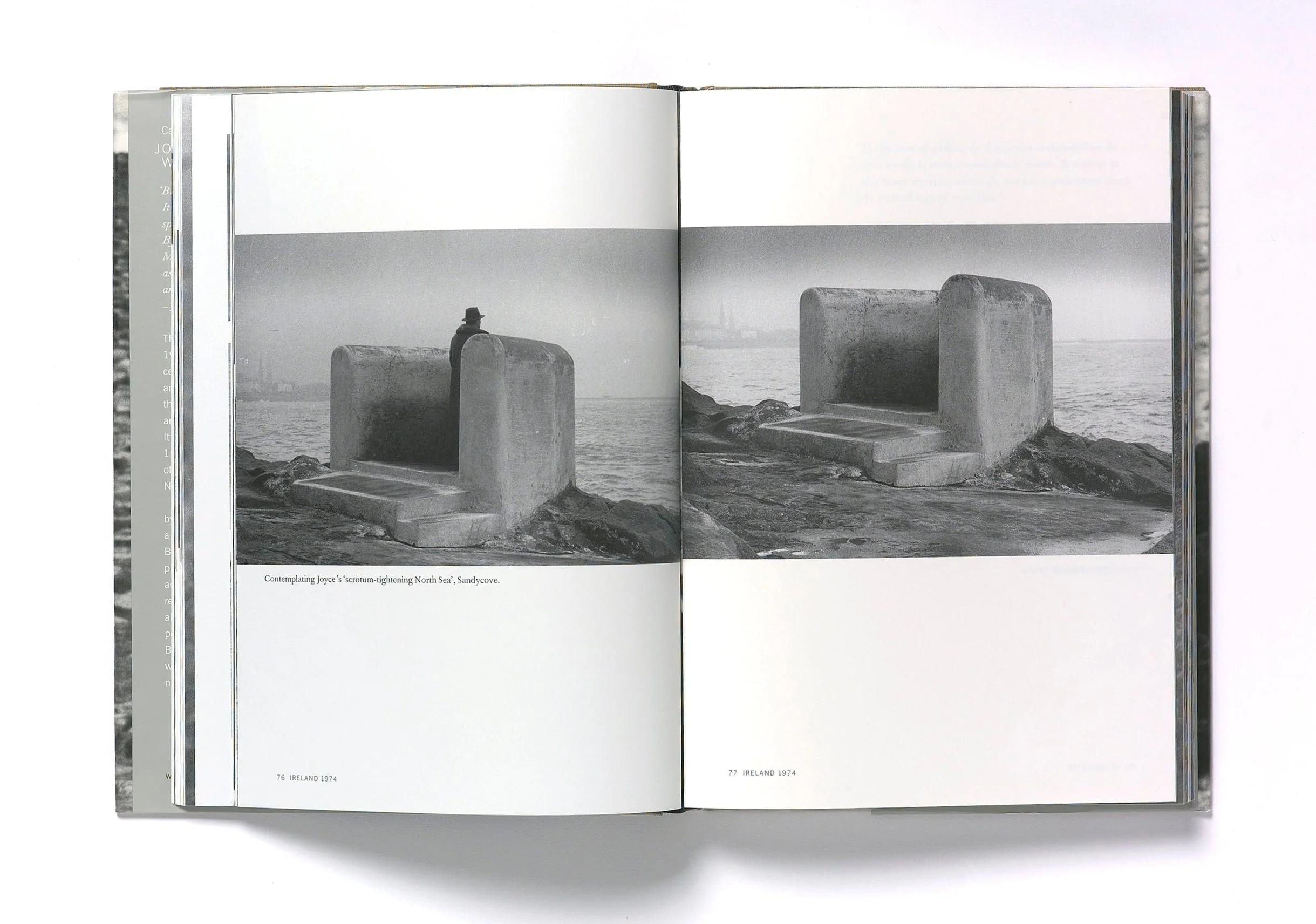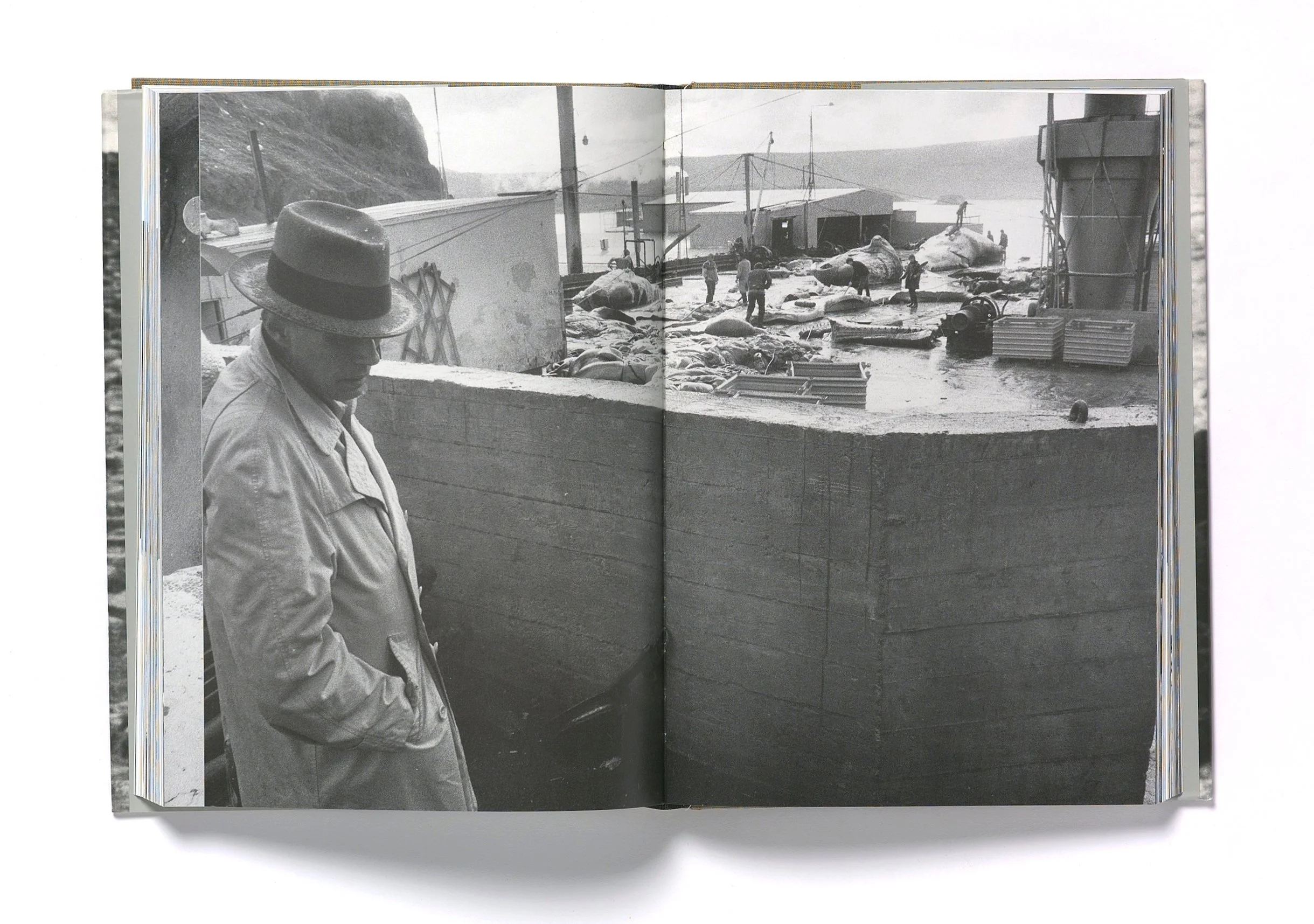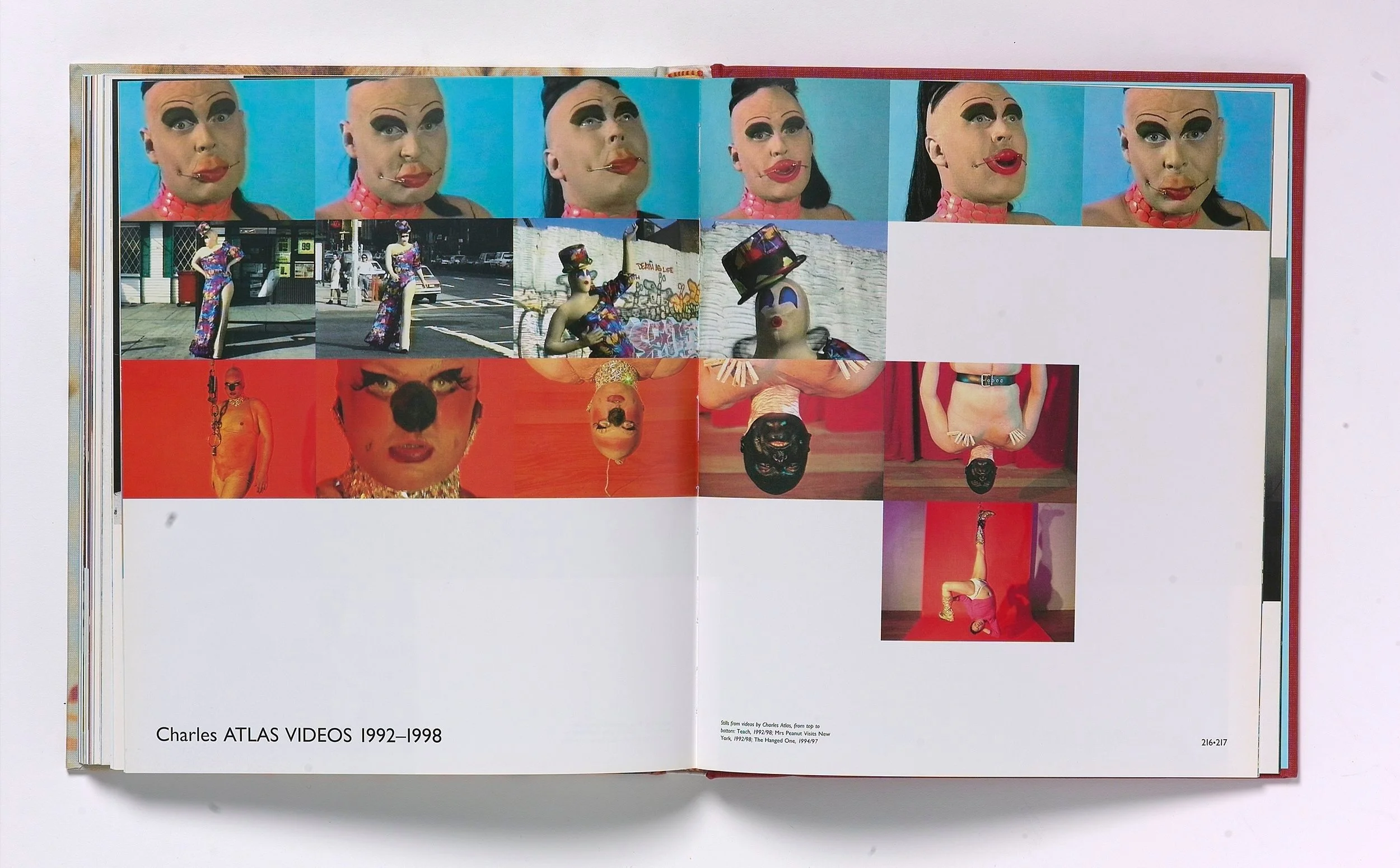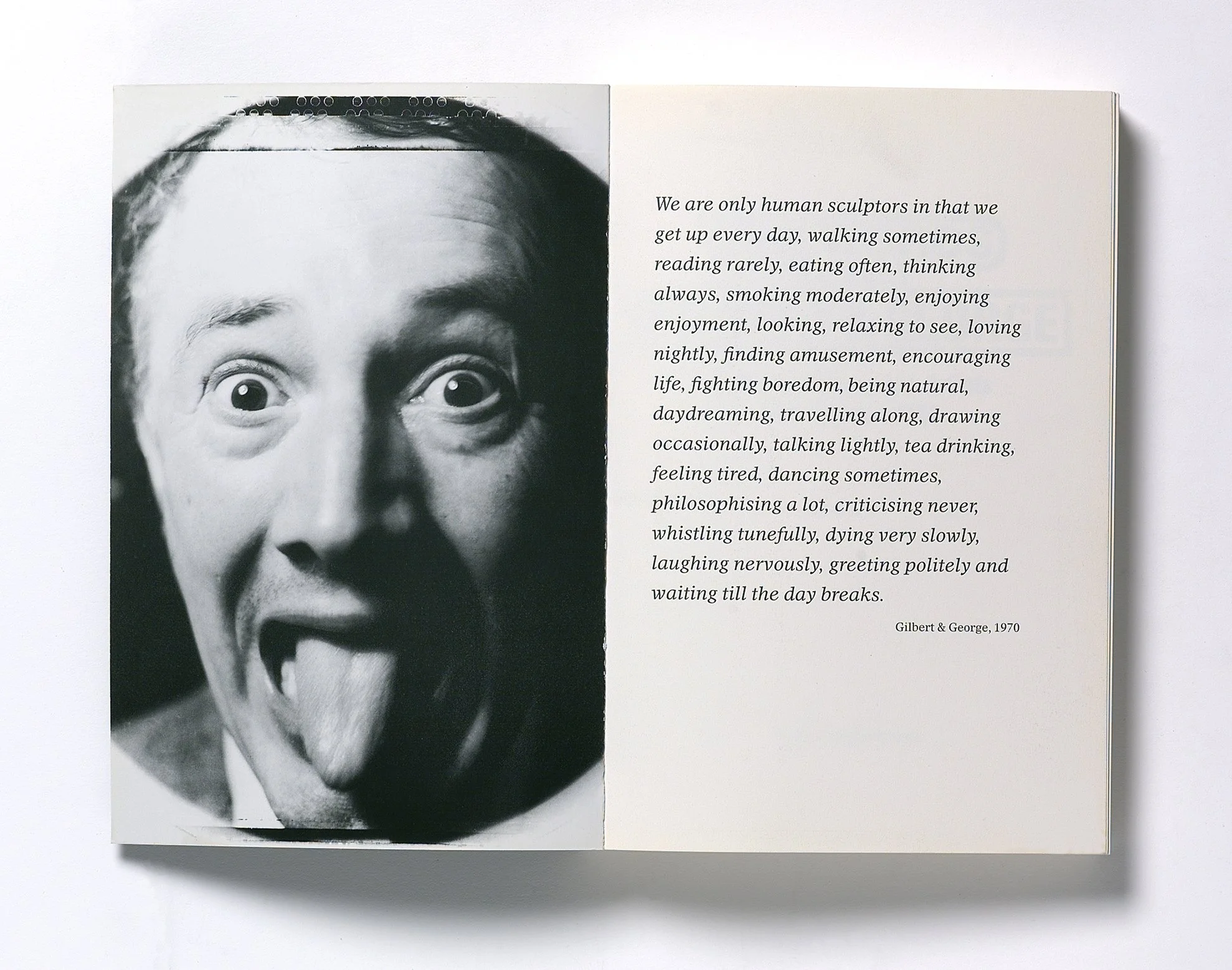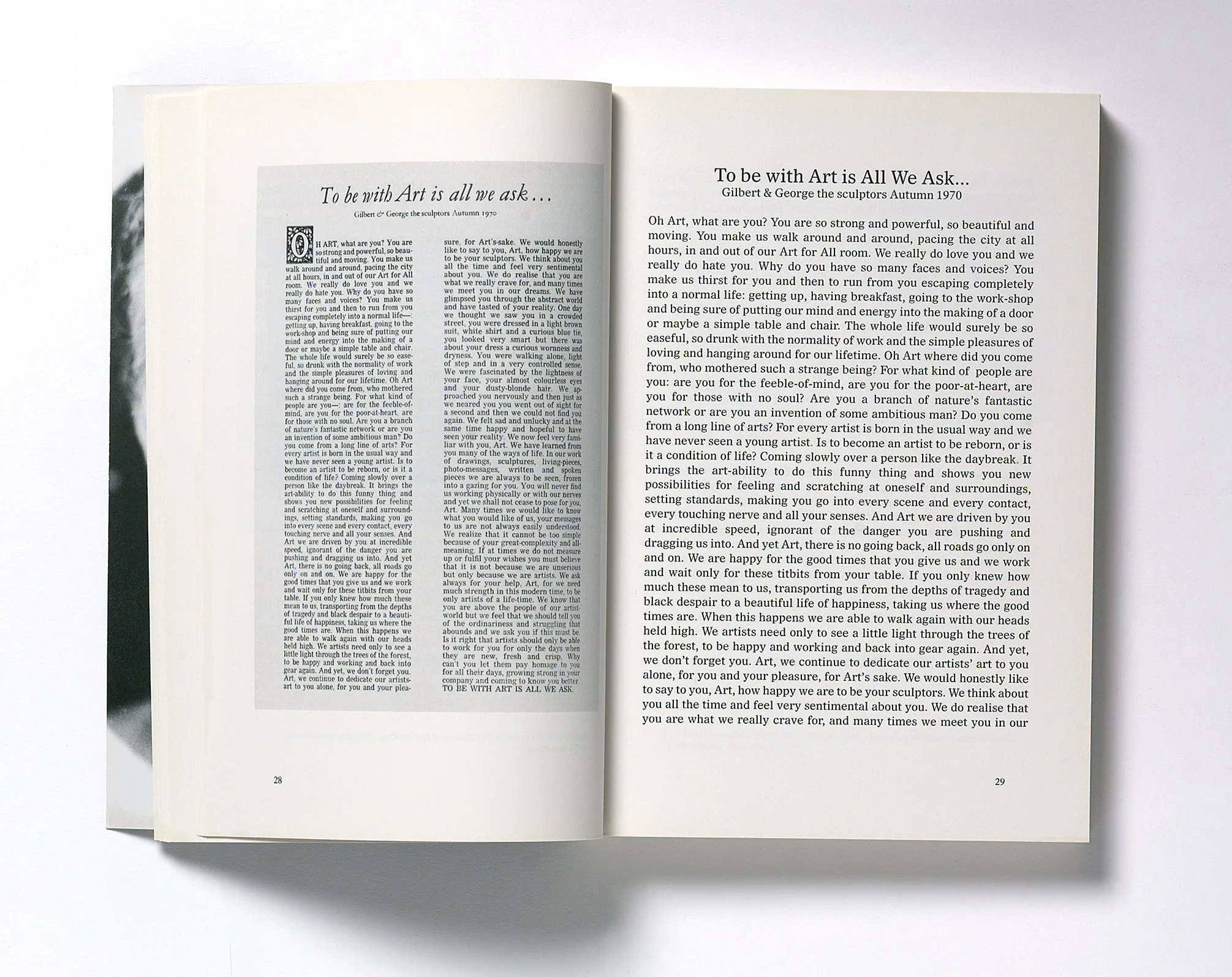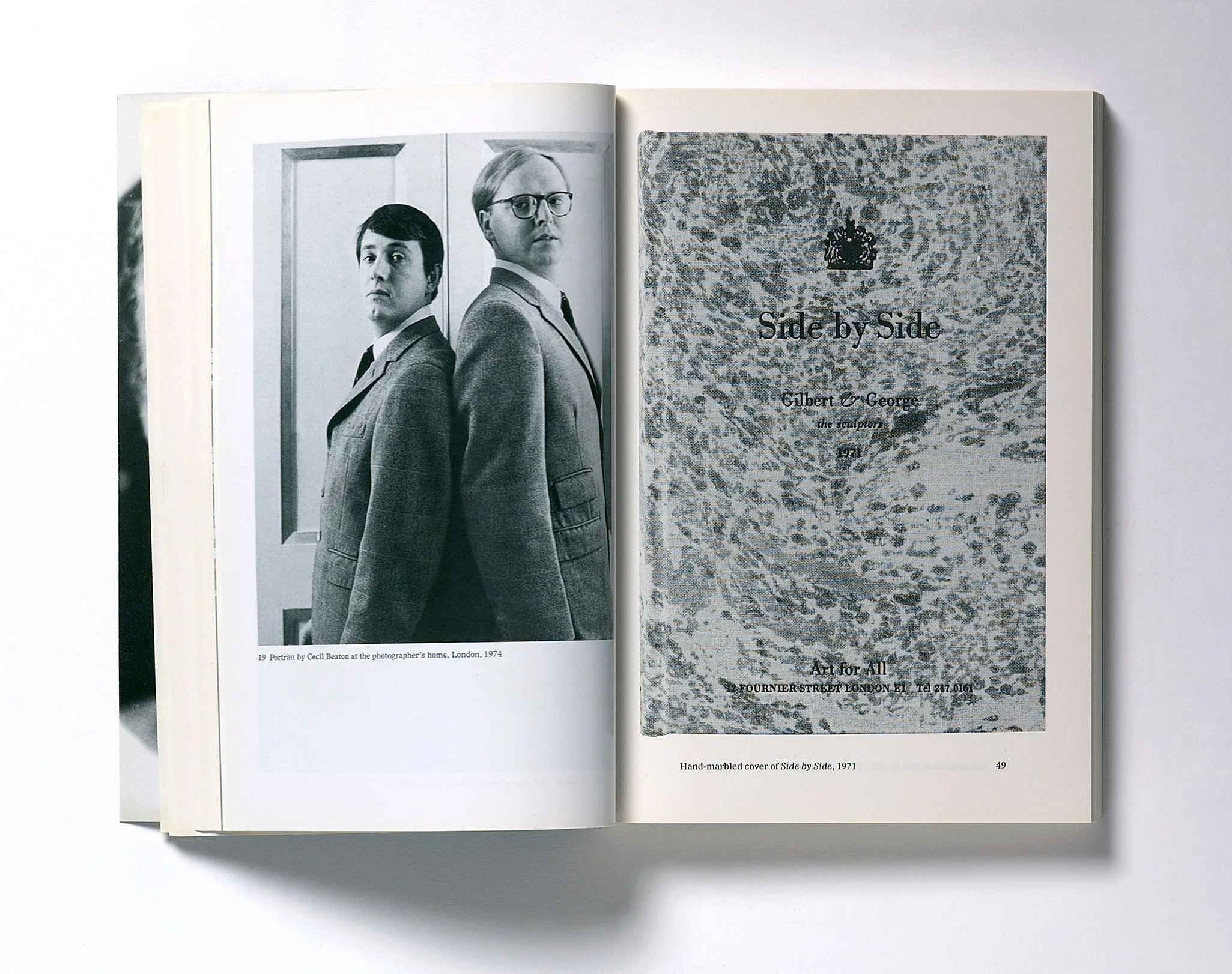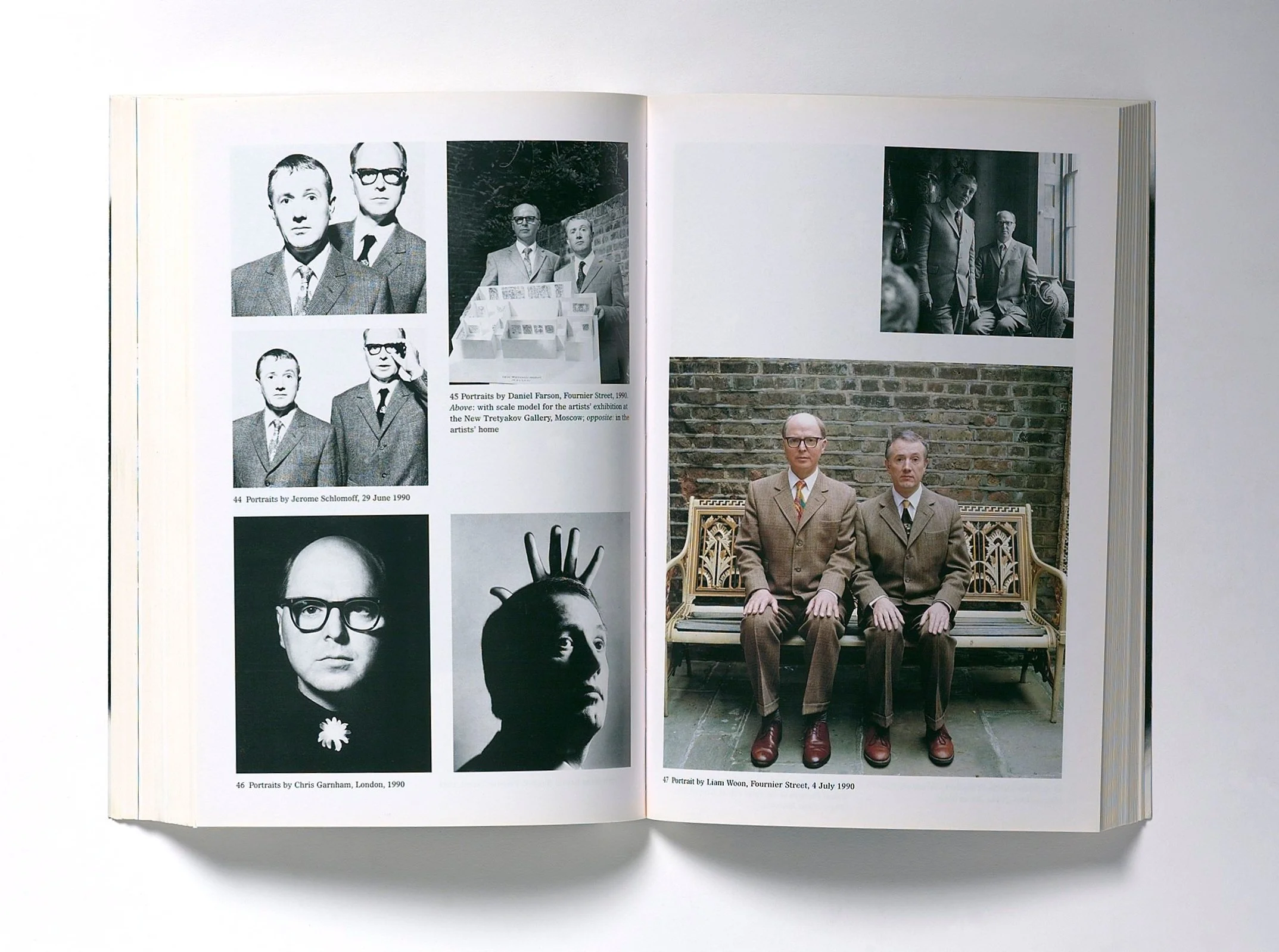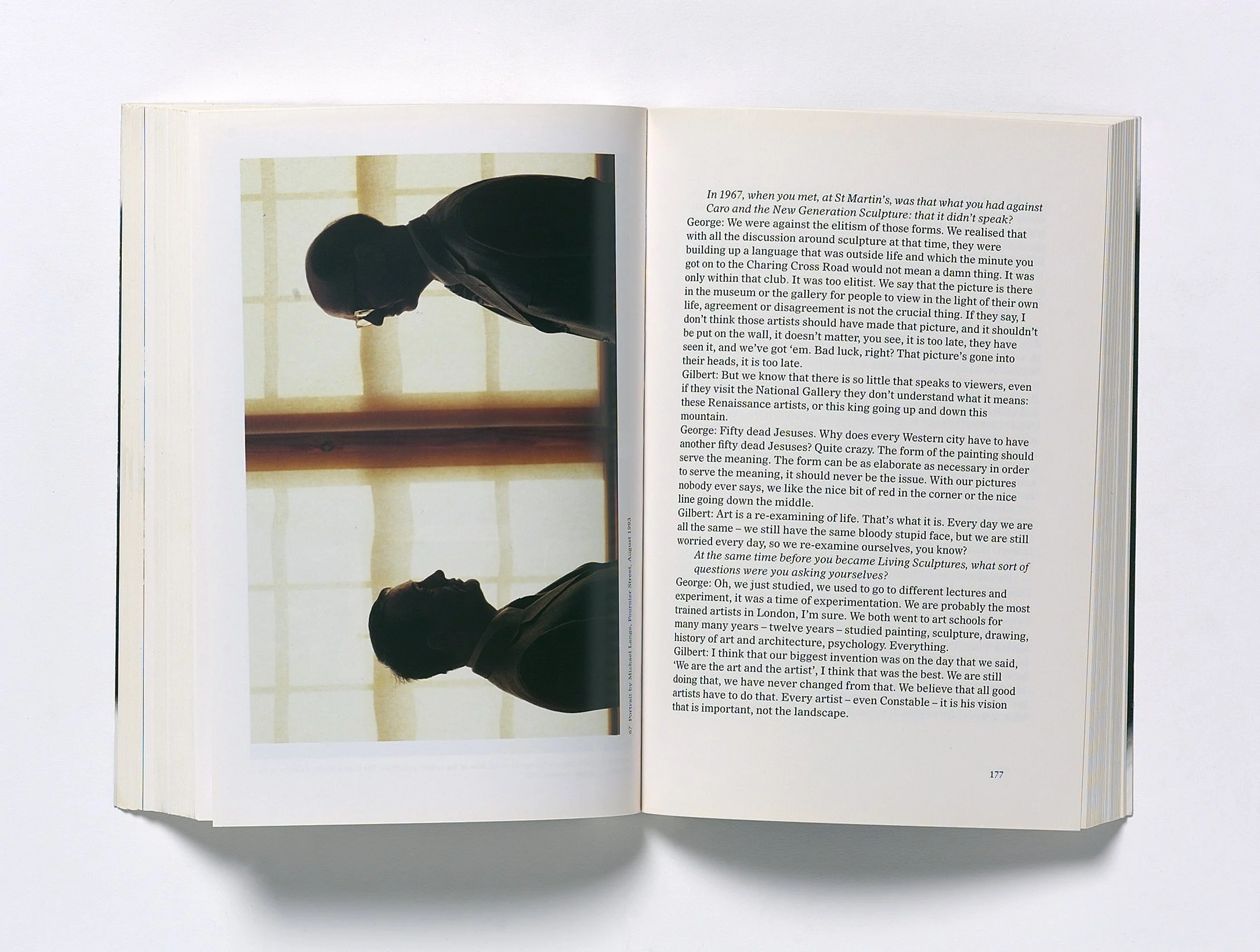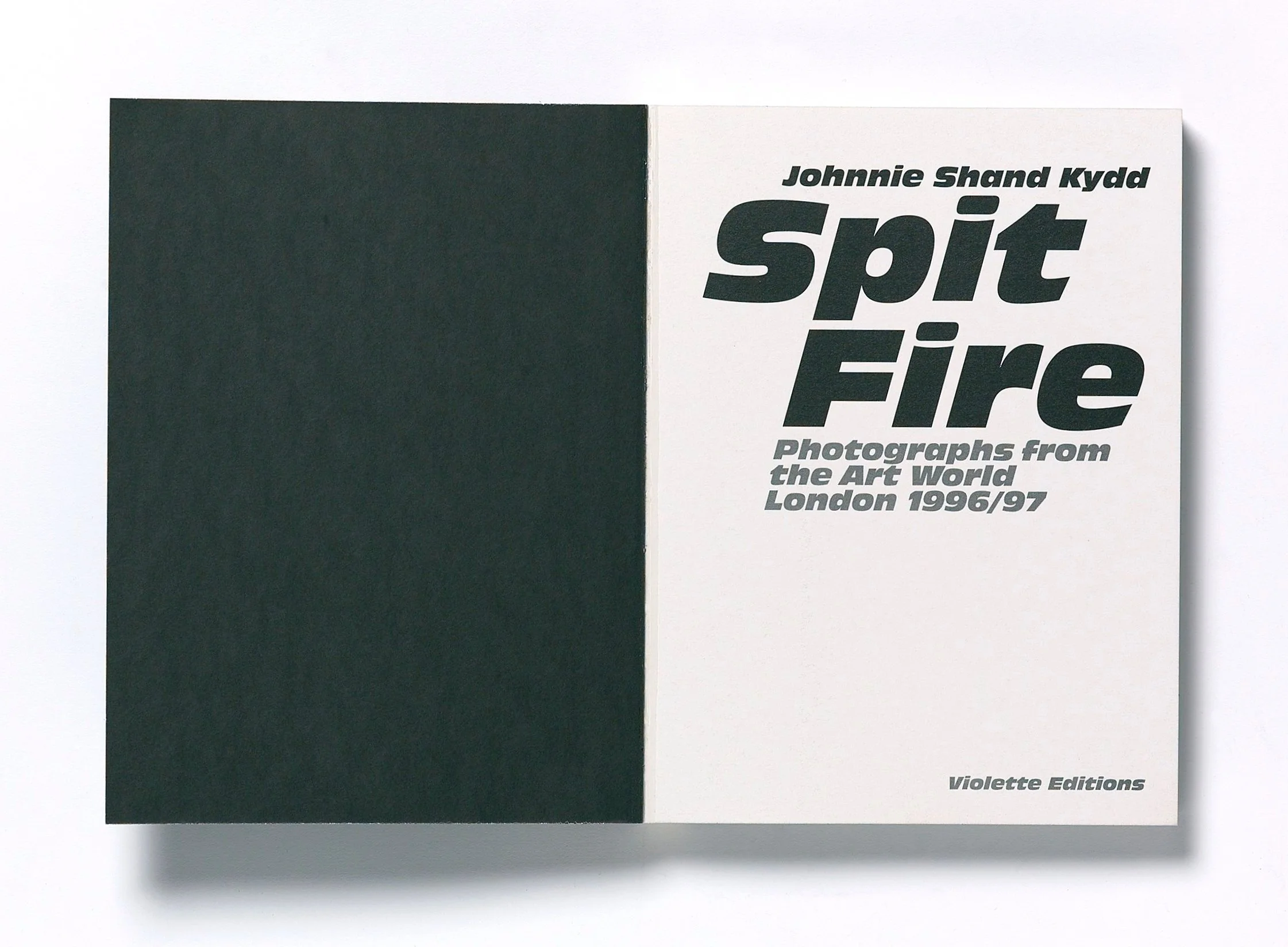The first monograph on this major artist, published in September 2011 by Violette Editions
'An extraordinary book for an extraordinary artist ... A really stunning piece of work.' – Creative Review
'There is no dancer-choreographer alive who so naturally treads the line between the rigour of classical dance and the reckless glamour of rock and fashion.' – The Independent on Sunday
'Clark is now beyond doubt one of Britain's most important living creators of dance.' – The Daily Telegraph
Other text contributions from Richard Alston, Karole Armitage, Charles Atlas, Mikhail Baryshnikov, Christine Binnie, Val Bourne, Lesley Bryant, Michael Clark, Kate Coyne, Peter Doig, Sophie Fiennes, Bruce Gilbert, Richard Glasstone, David Gothard, Matthew Hawkins, Melissa Hetherington, Jeffrey Hinton, David Holah, Sarah Lucas, Judith Mackrell, Jann Parry, Lorcan O'Neill, Grayson Perry, Jane Quinn, Steven Scott, Susan Stenger, Stevie Stewart, Ellen van Schuylenburch, Arabella Stanger, Simon Williams and Cerith Wyn Evans.
Photography by Julian Broad, Henrietta Butler, Dee Conway, Gaultier Deblonde, Ravi Deepres, Malcolm Garrett, Hugo Glendinning, David Gwinnutt, Chris Harris, Richard Haughton, Nick Knight, Thomas Krygier, David Lachapelle, Laurie Lewis, Tony McCann, Chris Nash, Nigel Norrington, Pierre Rutchi, Michael Stannard, Andrea Stappert, Wolfgang Tillmans, Allan Titmuss, Jake Walters, Fred Whisker and Darryl Williams.
Michael Clark is a dancer and choregrapher who collaborates with designers, artists and musicians at the heart of the British post-punk scene. Born in Scotland in 1962, Clark began traditional Scottish dancing at the age of four. In 1975 he left home to study at the Royal Ballet School in London, and on his final day at the school he was presented with the Ursula Moreton Choreographic Award. In 1979, he joined Ballet Rambert, working primarily with Richard Alston. Attending a summer school with Merce Cunningham and John Cage led Clark to work in New York with Karole Armitage. He subsequently formed his own dance company in 1984, appearing in or creating more than 40 works over the last 25 years. In 2005 Michael Clark became an Artistic Associate of the Barbican Centre, London, and embarked on his Stravinsky Project, a three-year collaboration to produce a trilogy of works to seminal dance scores by Igor Stravinsky. Michael Clark Company's later work evolves from the choreographer's admiration for the music of David Bowie, Iggy Pop and Lou Reed. In June 2011, Michael Clark Company presented a site-specific work with movement, film, light and sound, in a special commission for the Turbine Hall at Tate Modern, London.
Suzanne Cotter is an Australian with over thirty years’ international experience and currently Director of the Museum of Contemporary Art in Melbourne. Formerly the Director of the Musée d'Art Moderne Grand-Duc Jean (MUDAM), Luxembourg, her distinguished career includes roles as Director of the Museum of Contemporary Art of the Serralves Foundation in Porto (Portugal), Curator for the Solomon R Guggenheim Foundation, New York, and Deputy Director and Curator at Large of Modern Art Oxford (UK). She also has occupied curatorial positions in London at the Whitechapel Gallery and the Serpentine Gallery. Curator with Rasha Salti of the 10th Sharjah Biennial, 2011, in Sharjah, United Arab Emirates, Cotter has edited and contributed to numerous books and publications on contemporary art.
Edited by Suzanne Cotter and Robert Violette
Designed by Studio Frith
Hardback, cloth, 348 pages, more than 580 illustrations
29.7 x 22 cm
ISBN 978-1-900828-33-8



